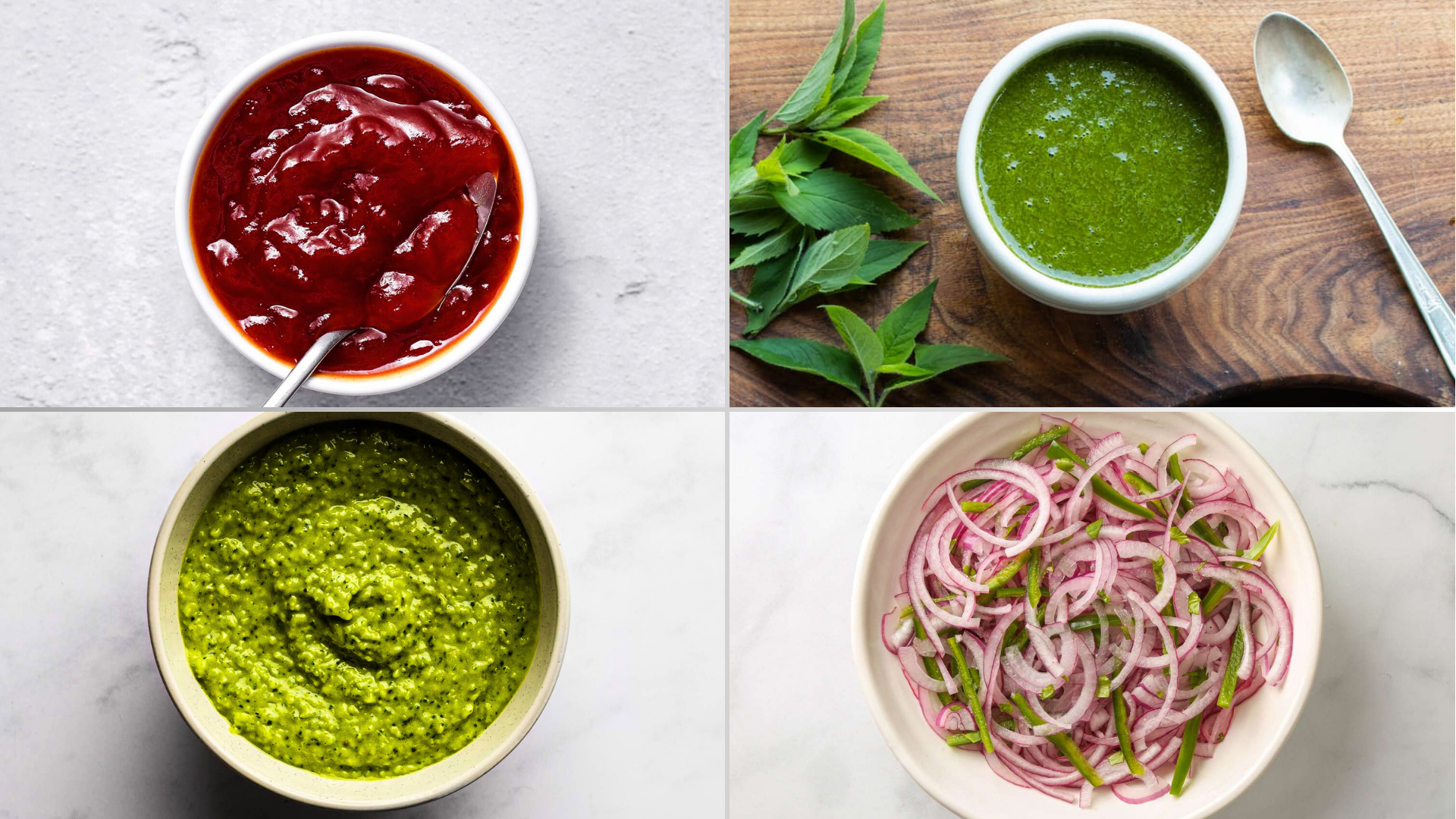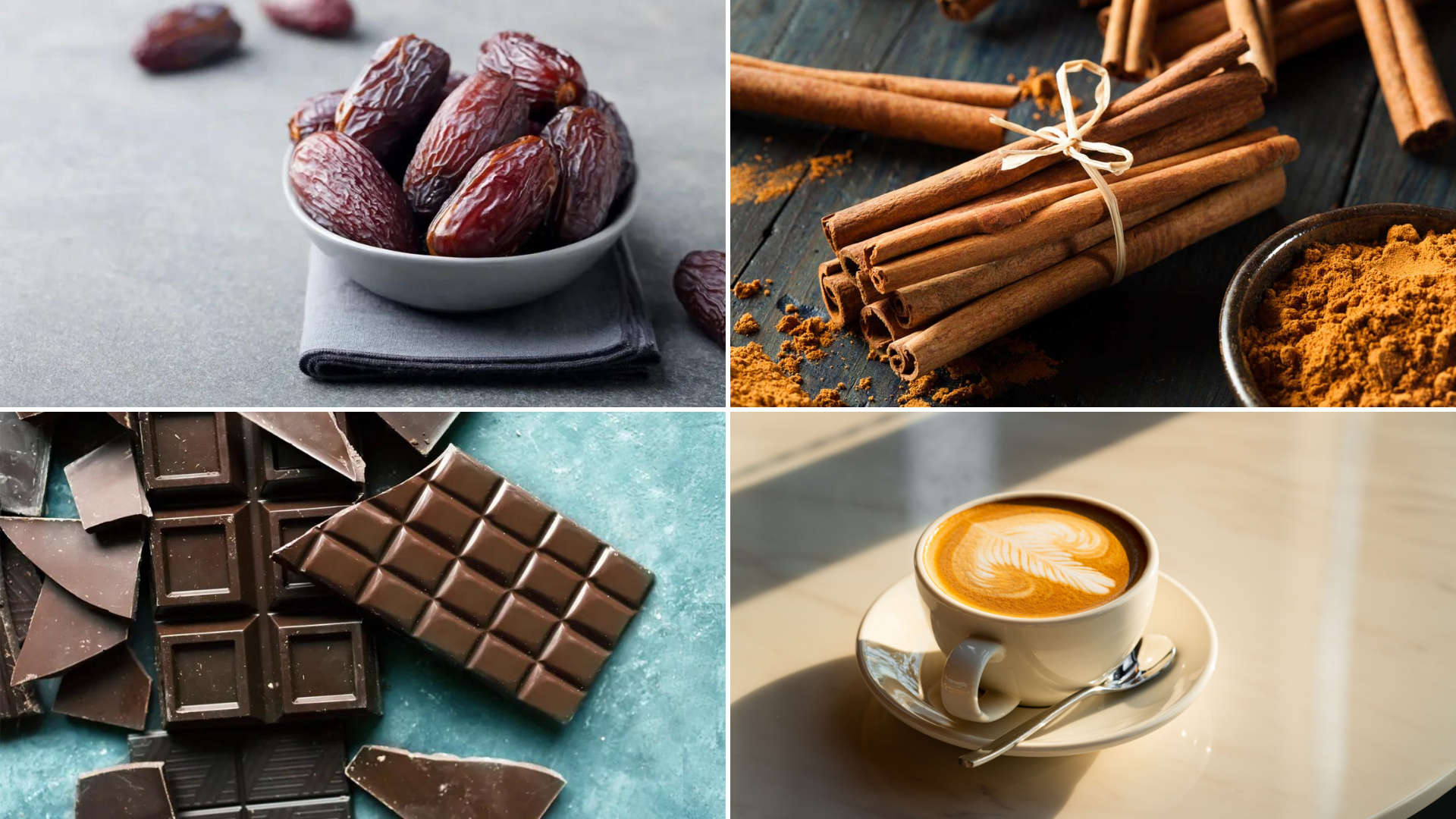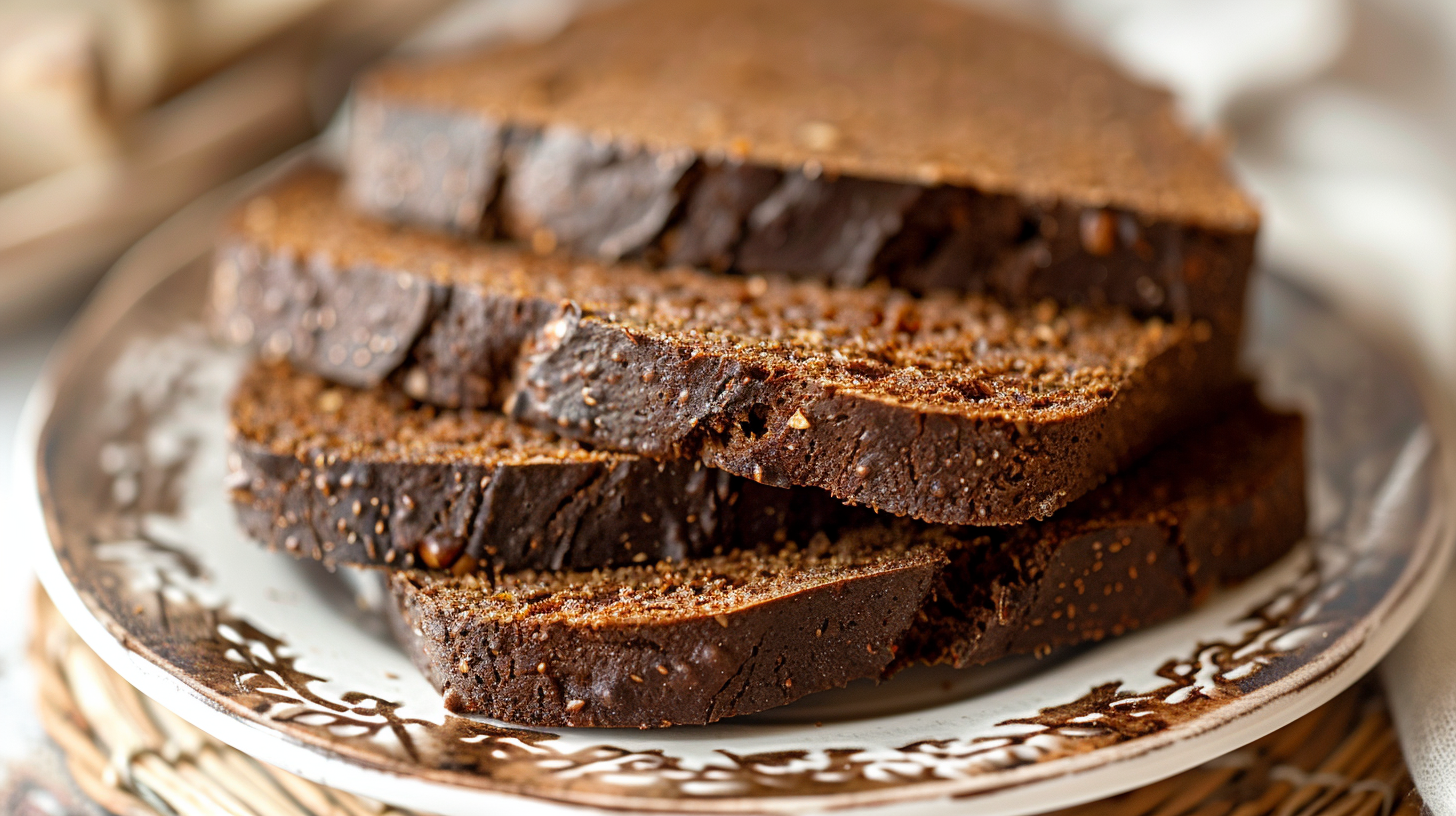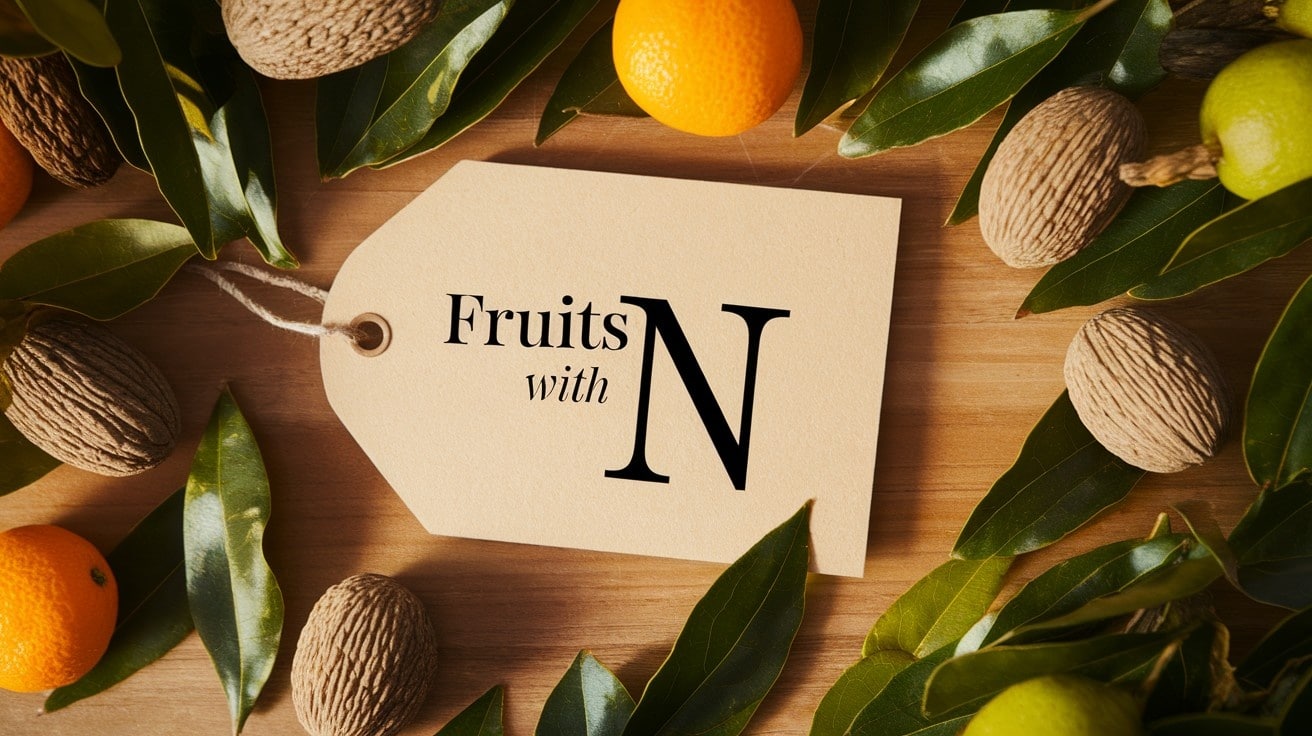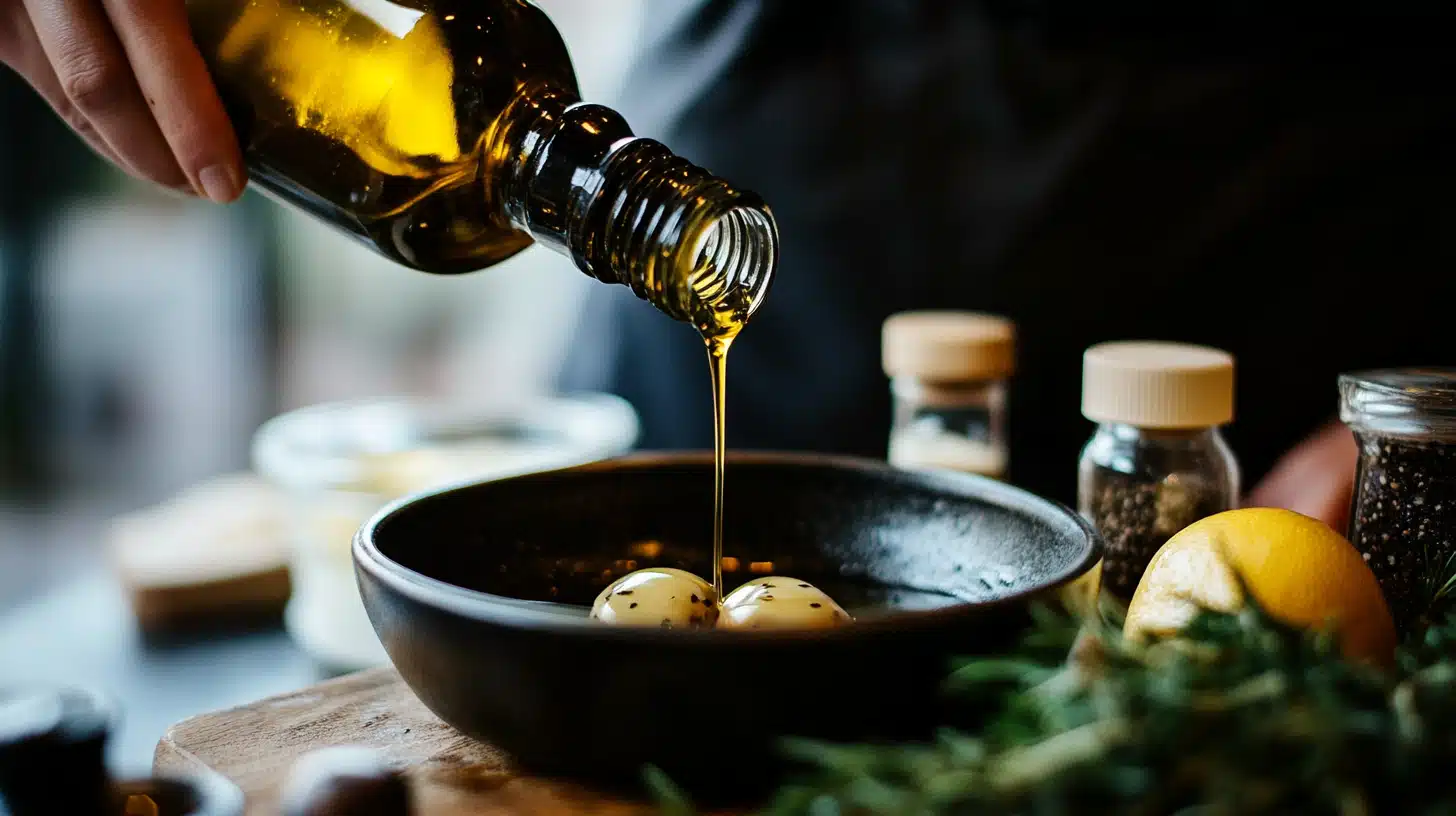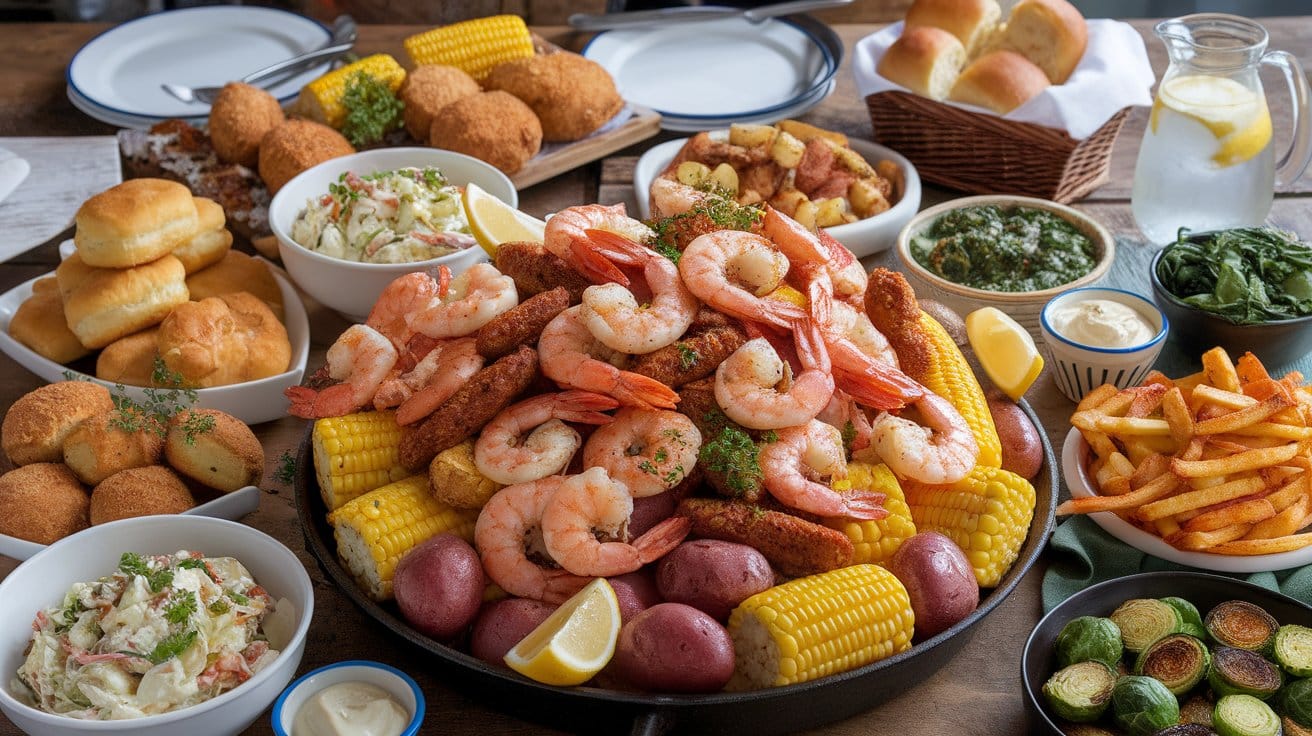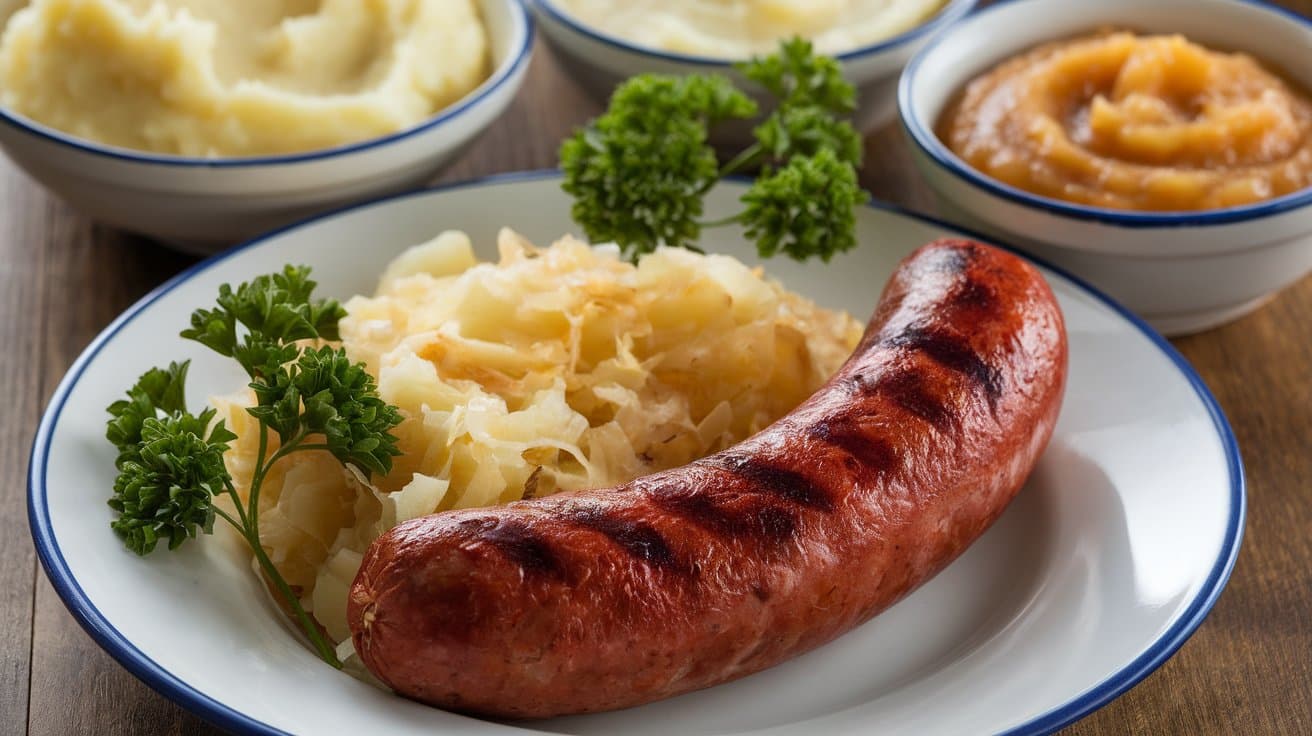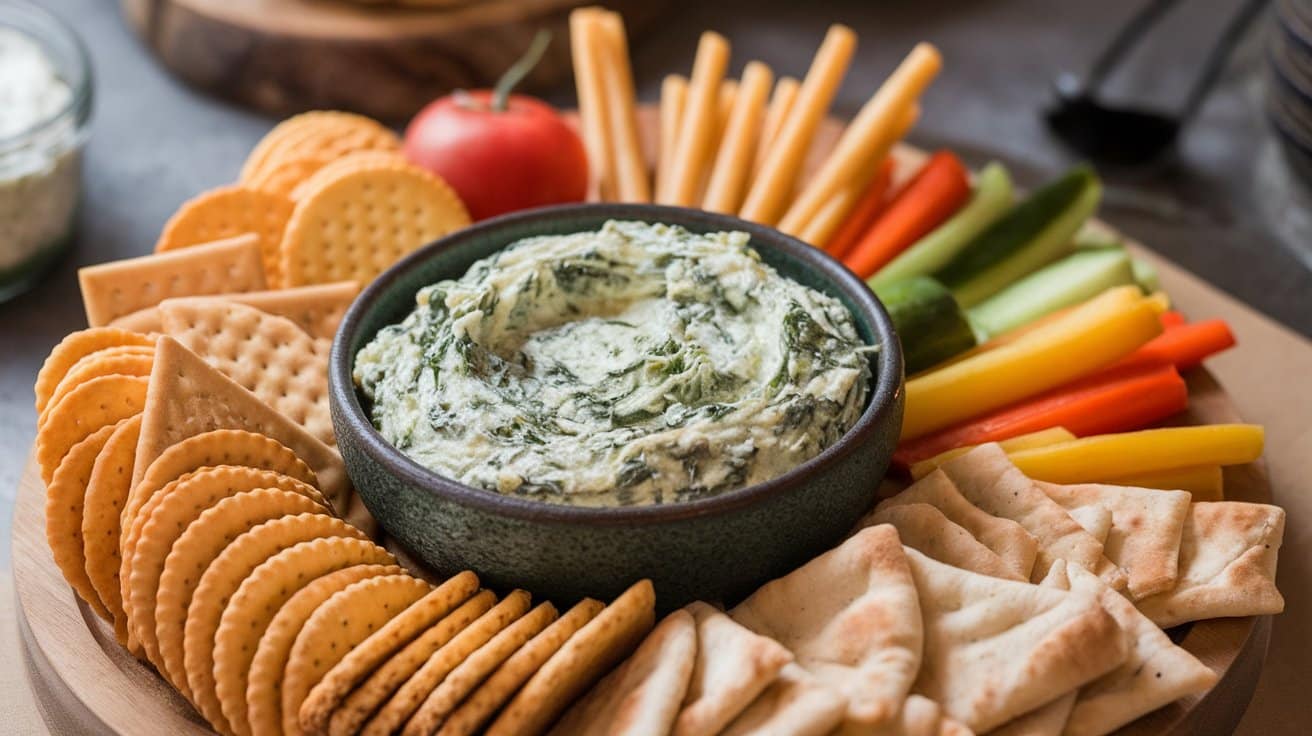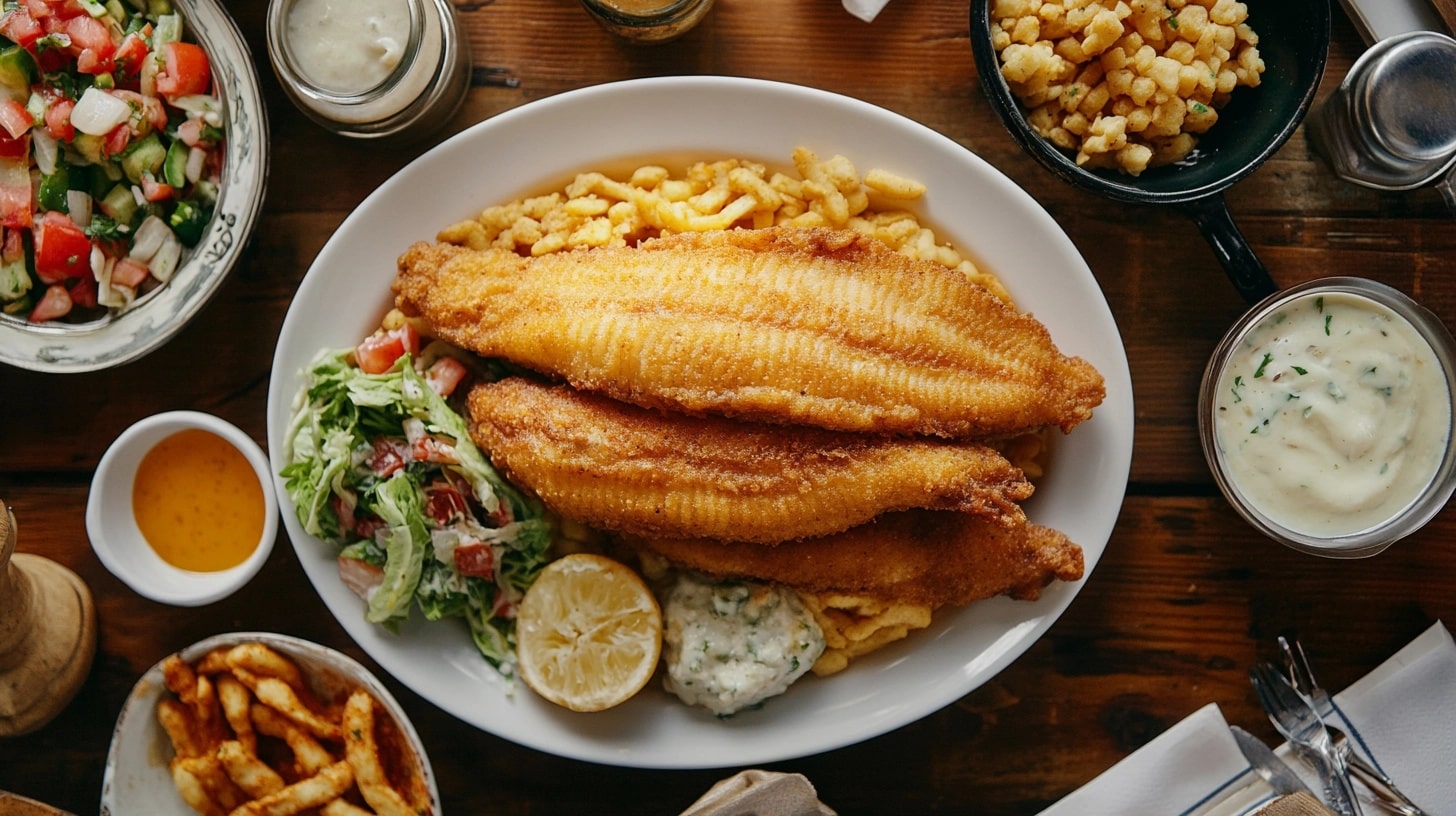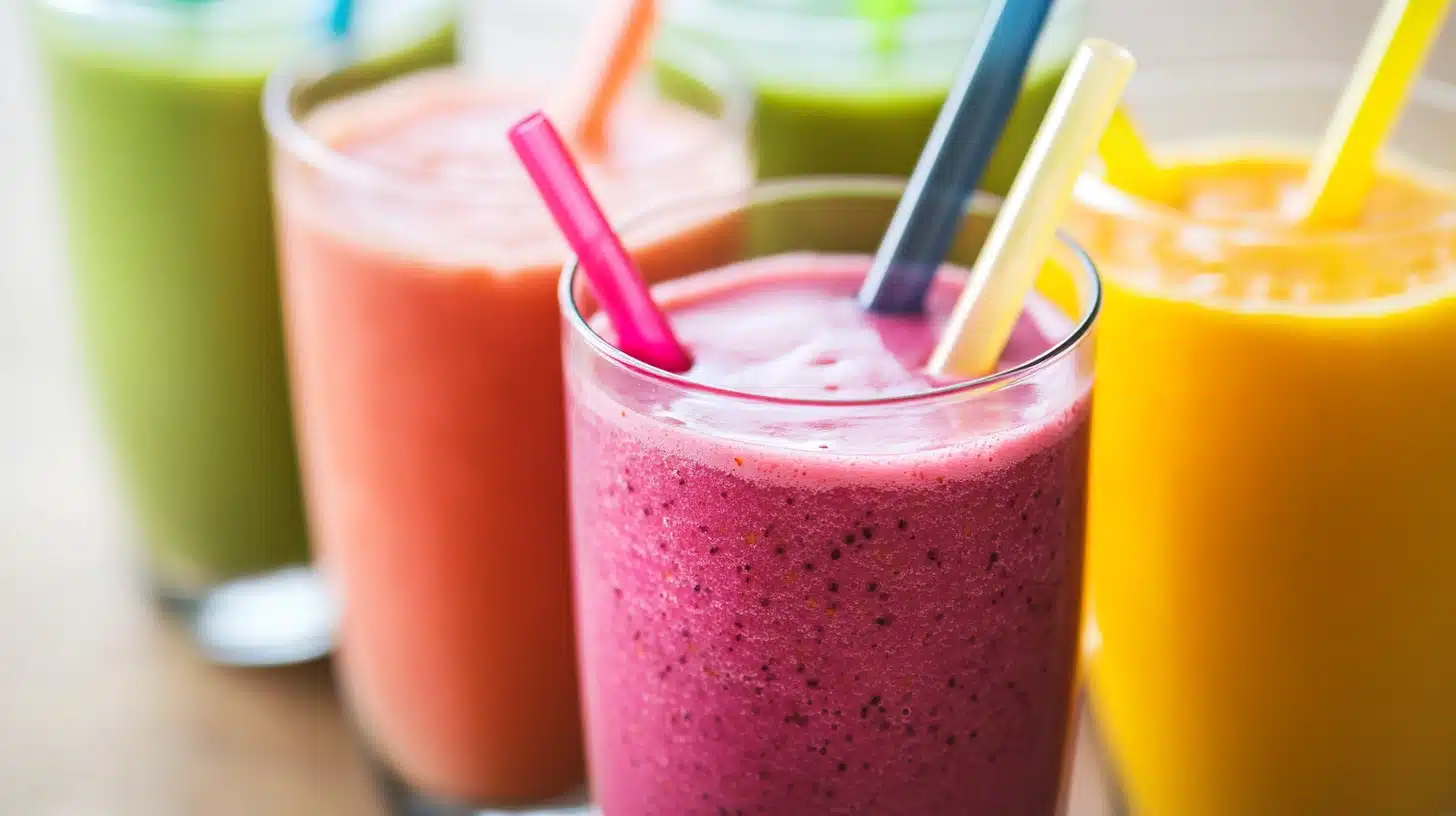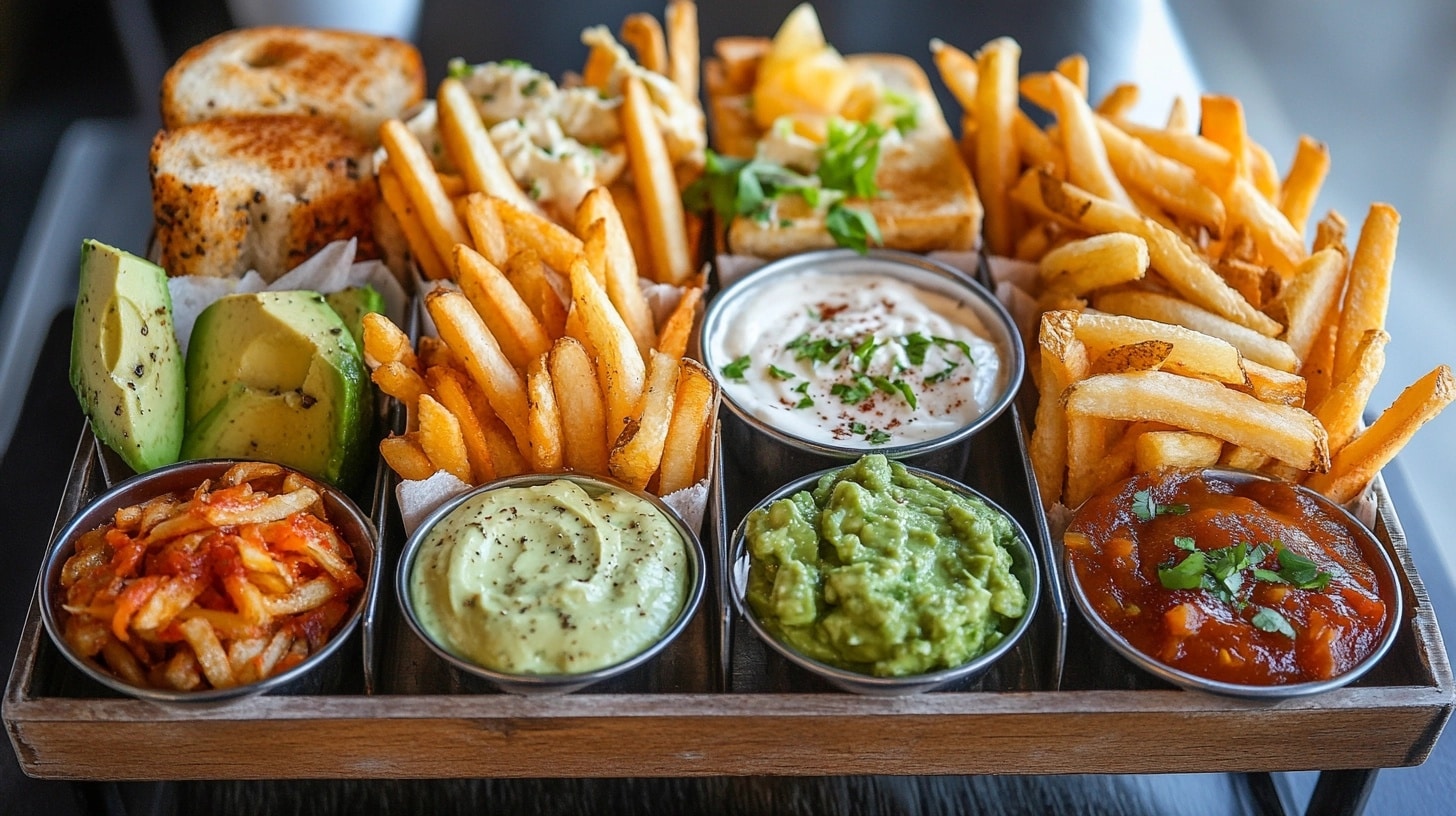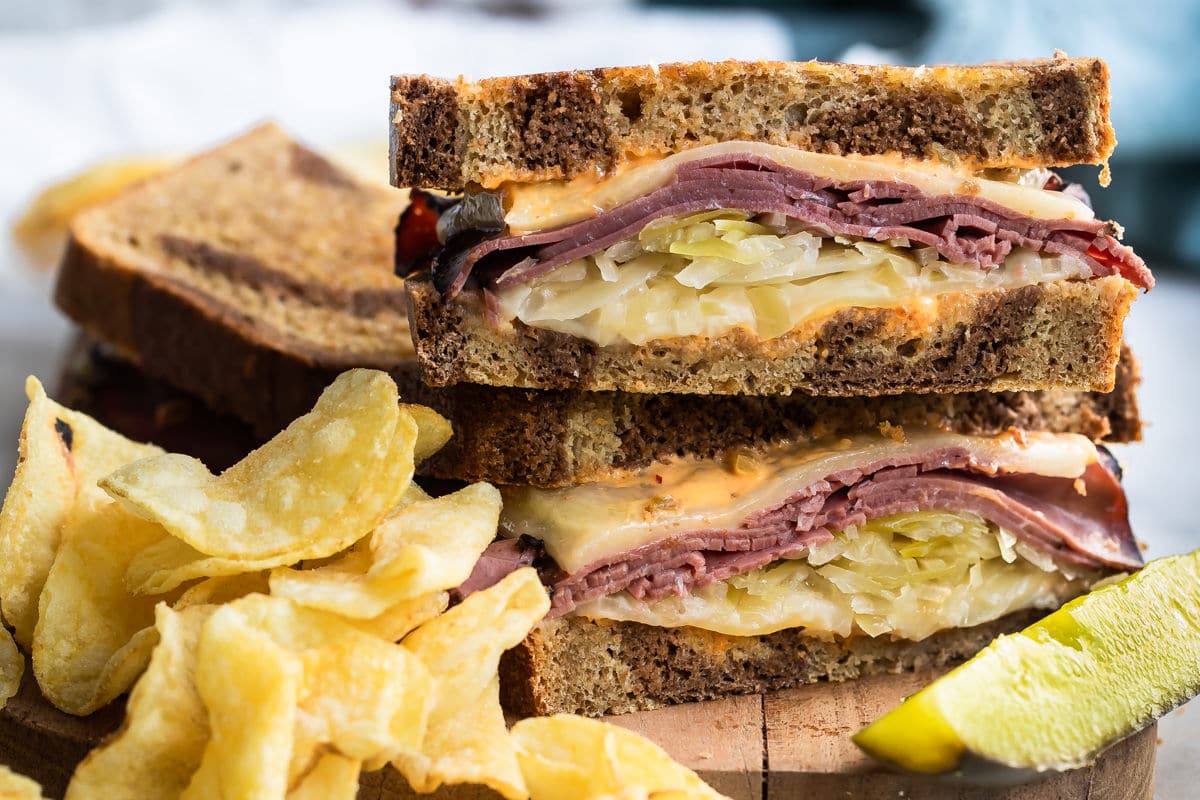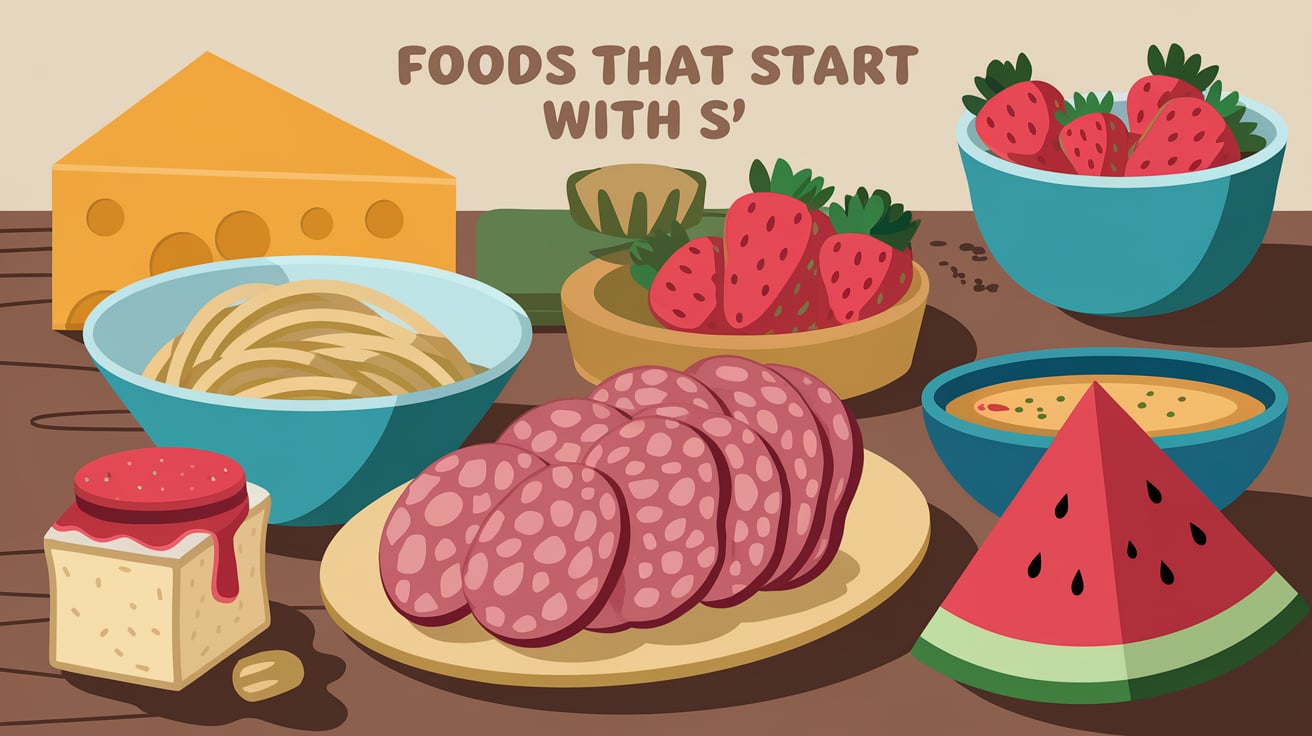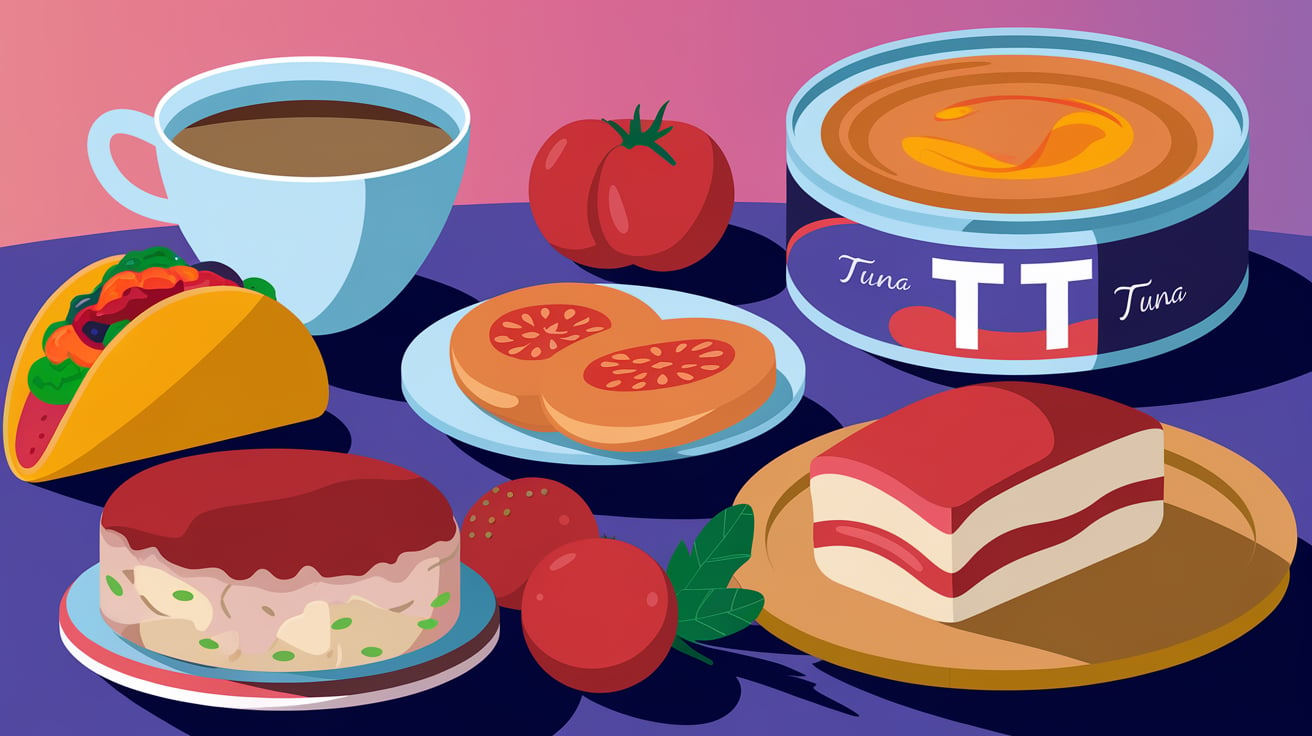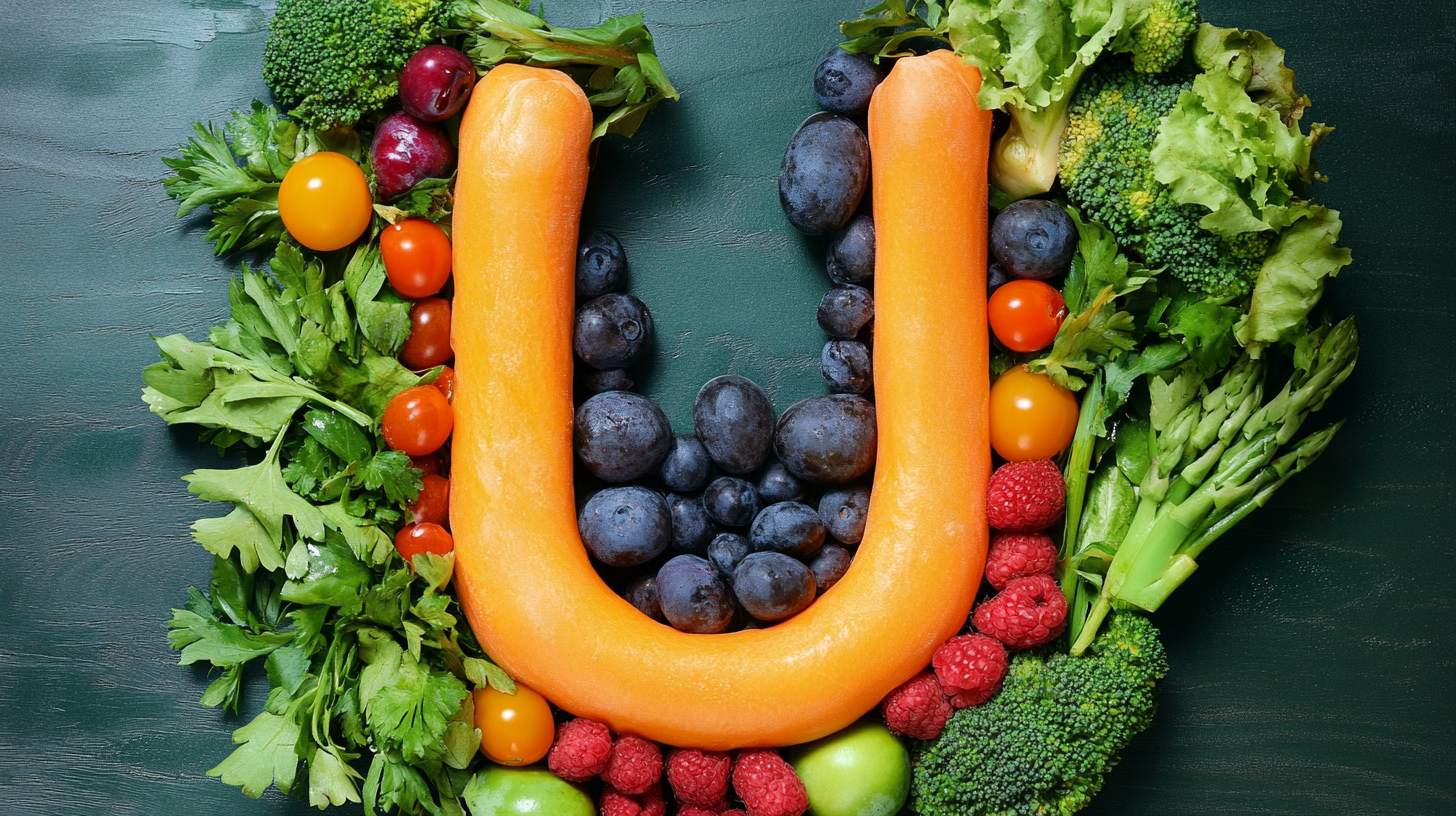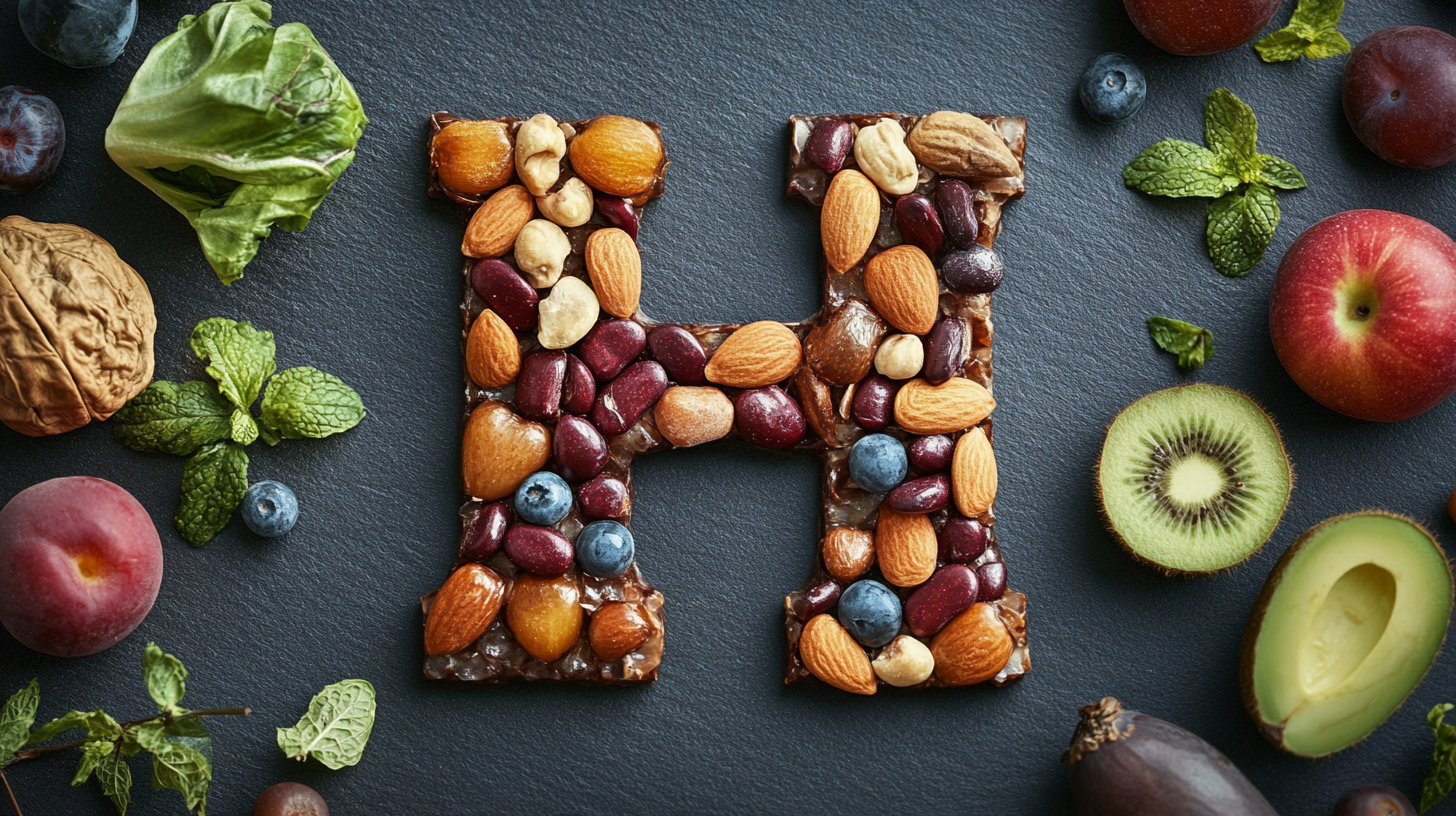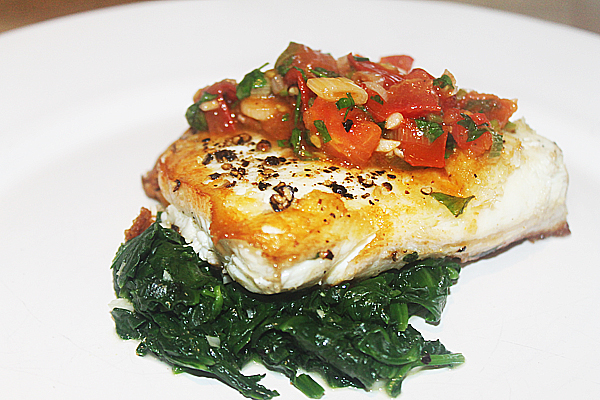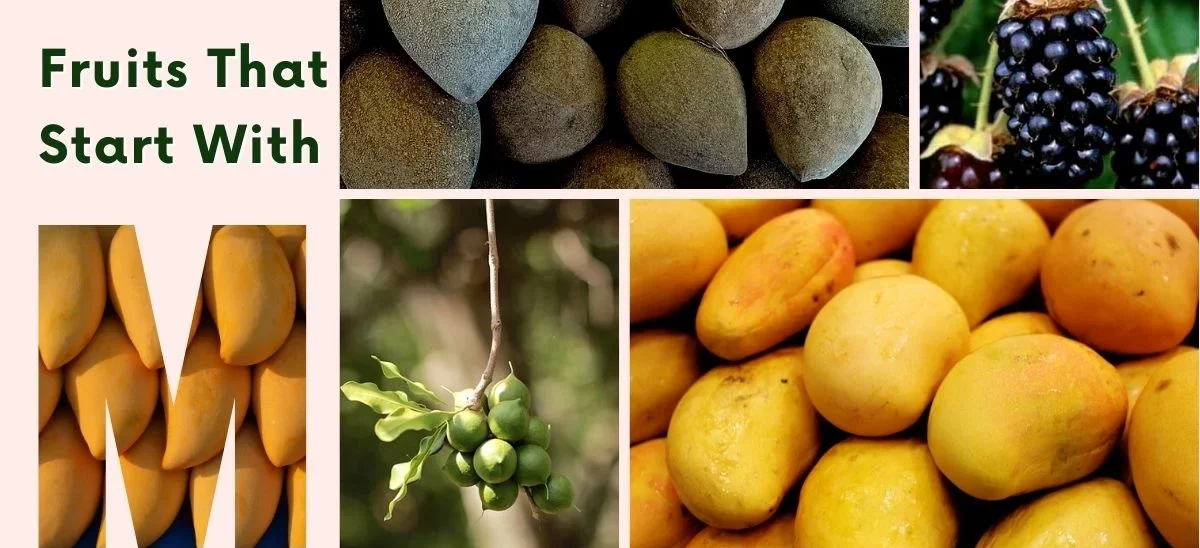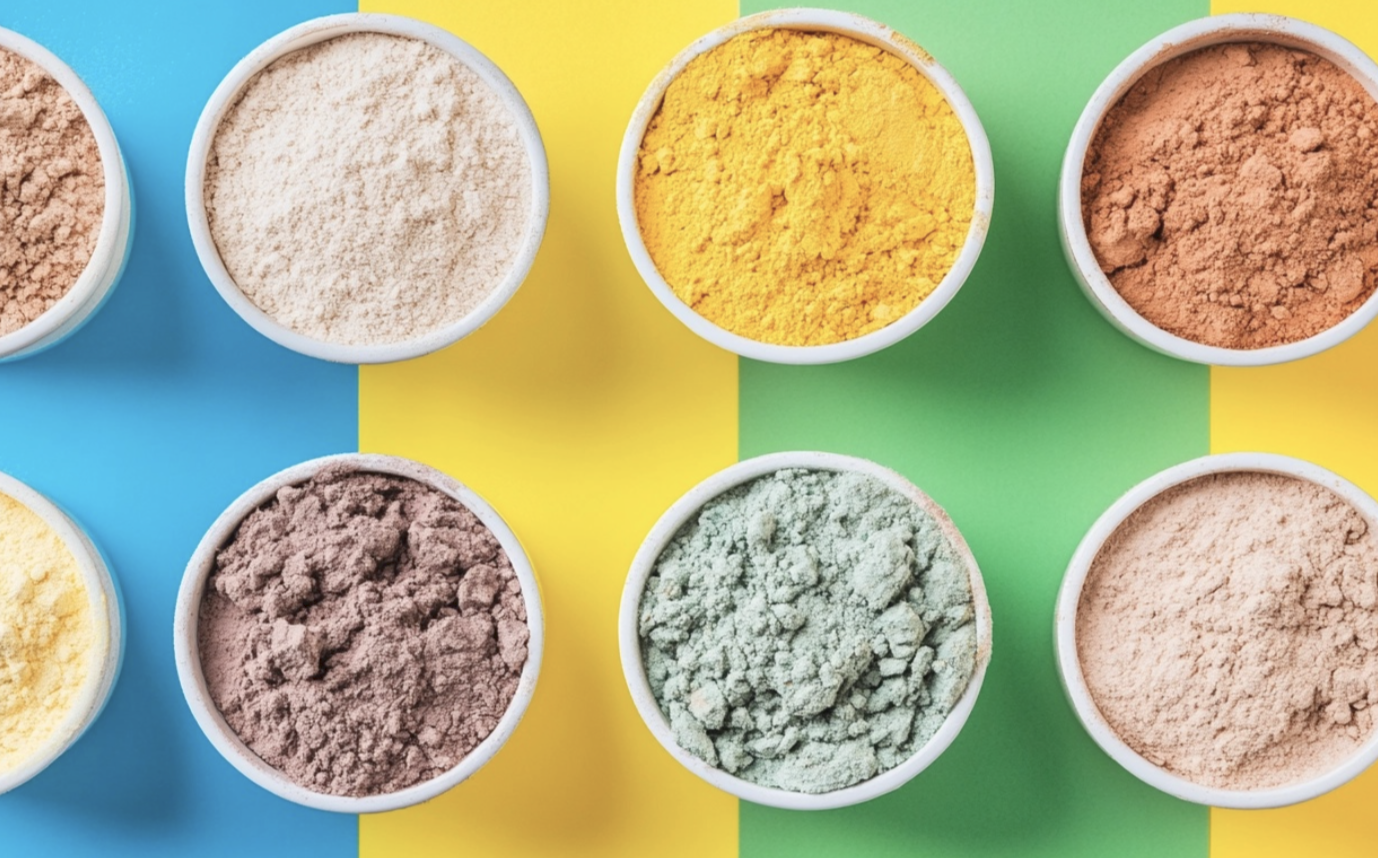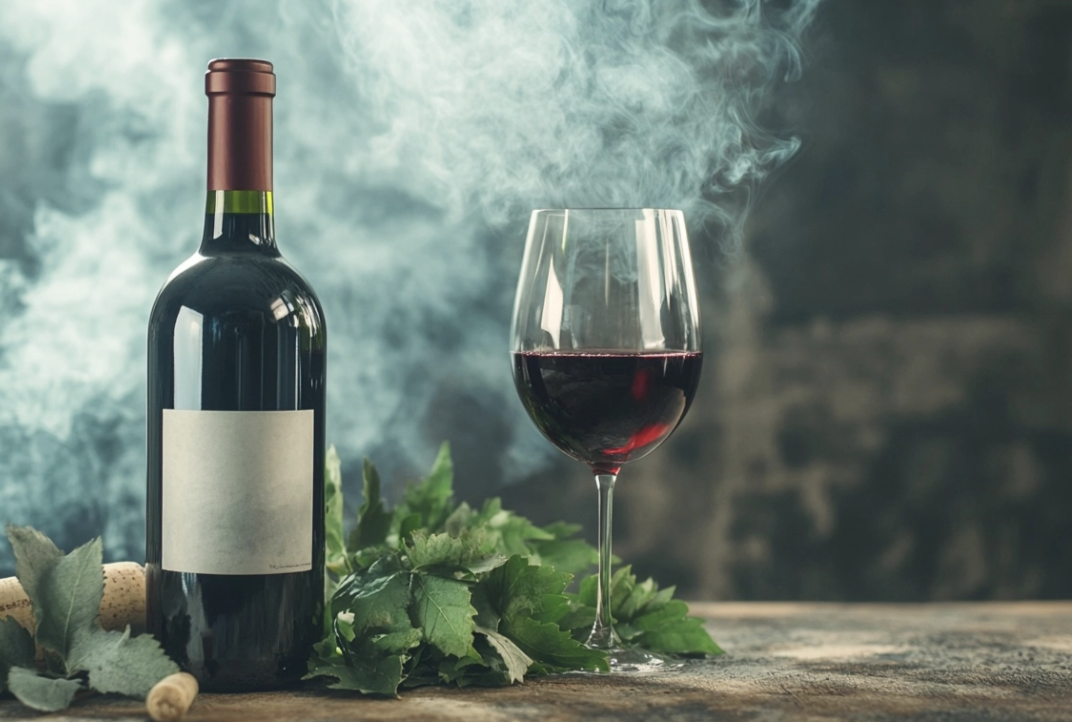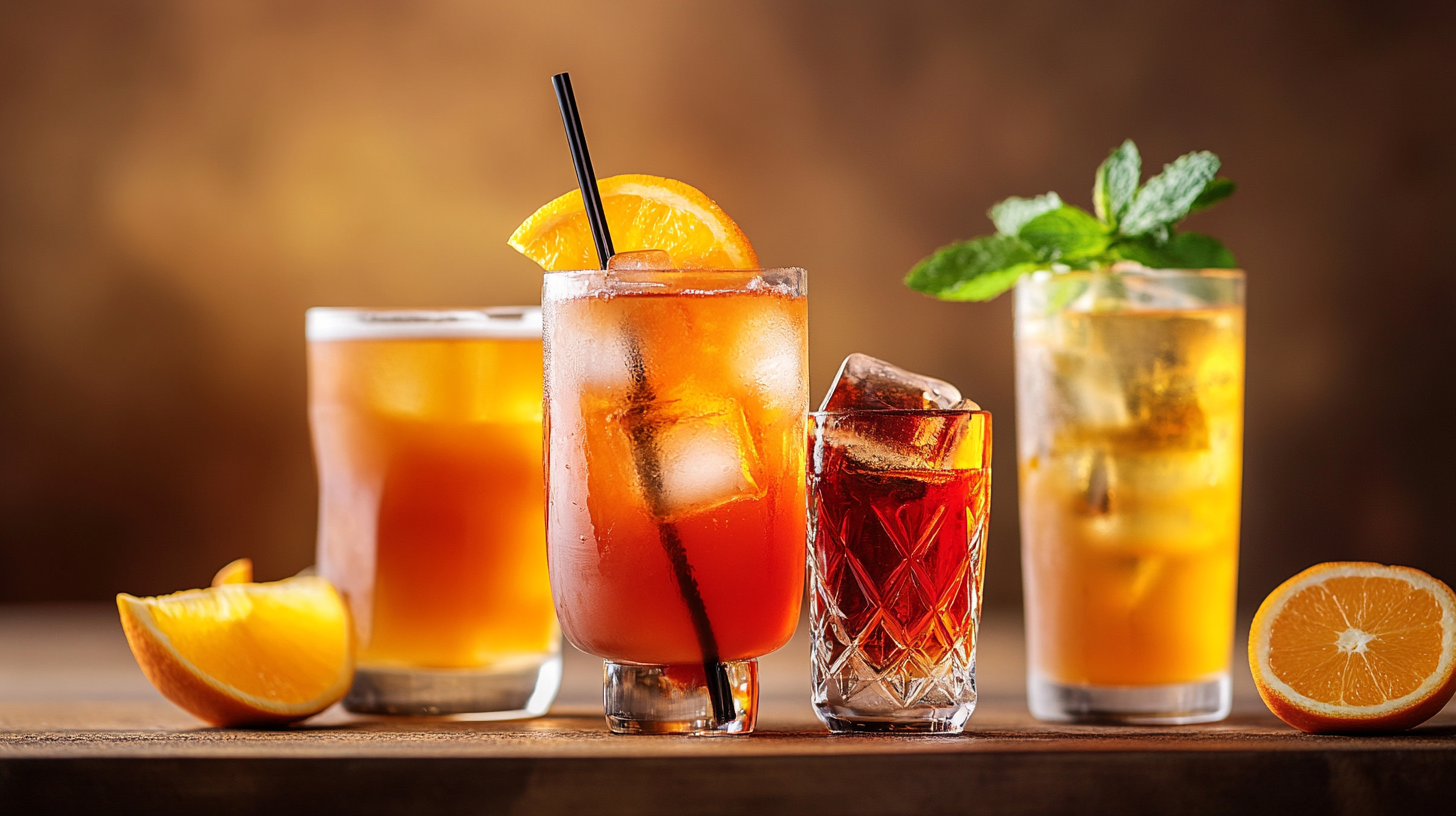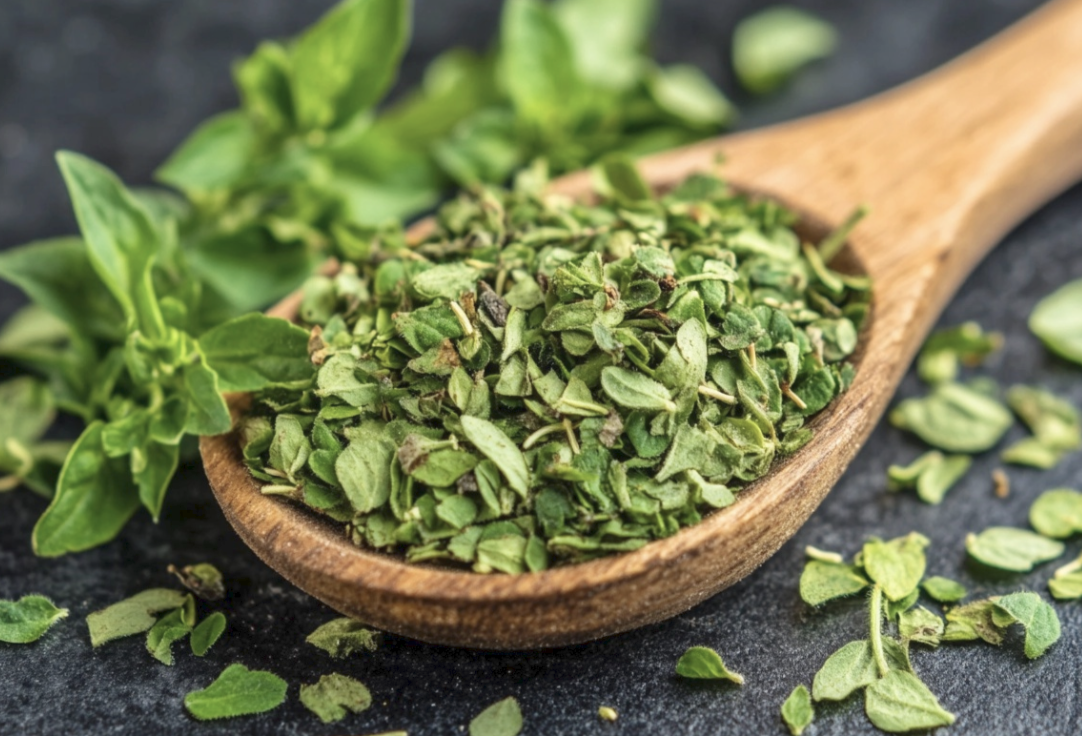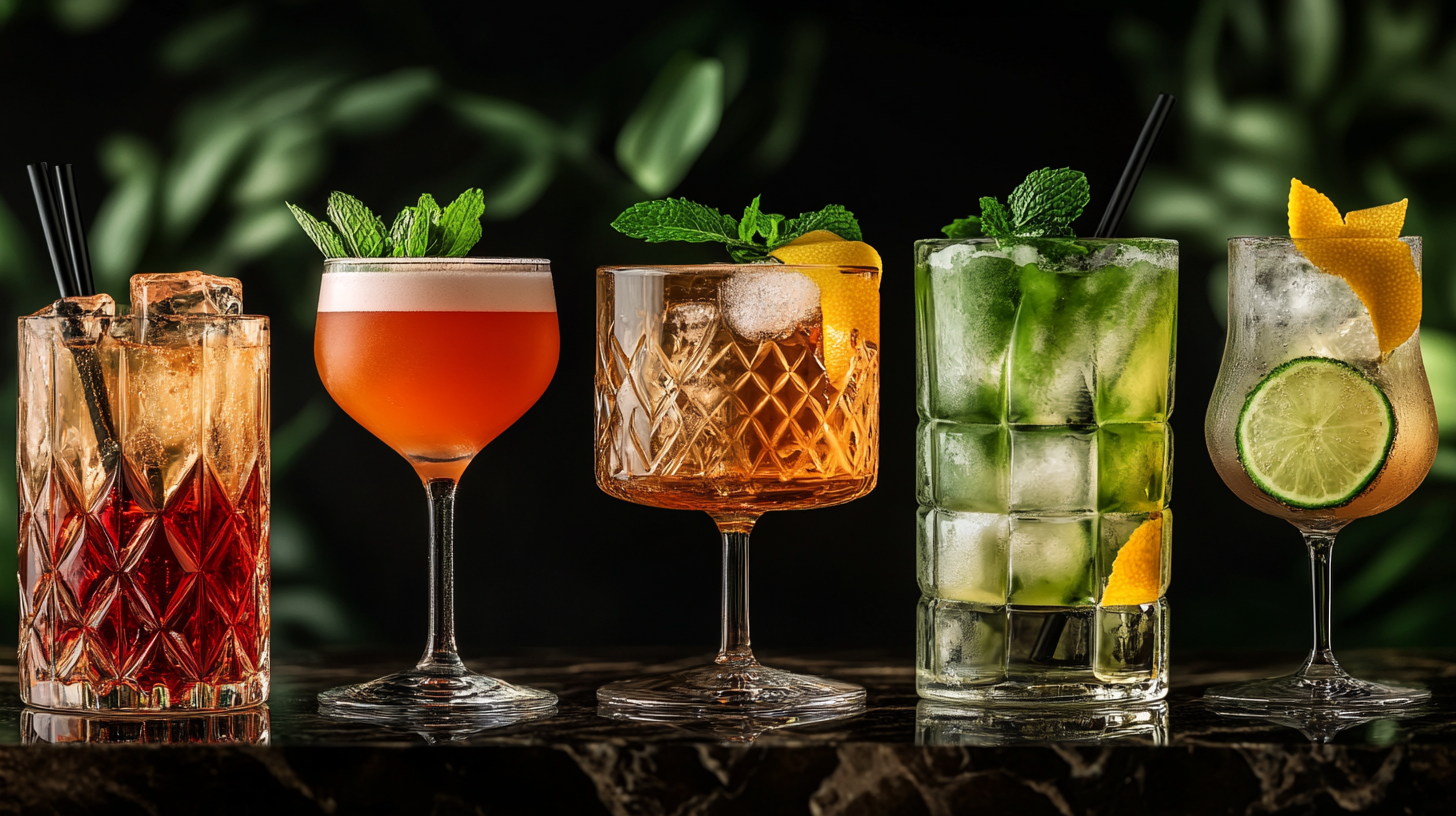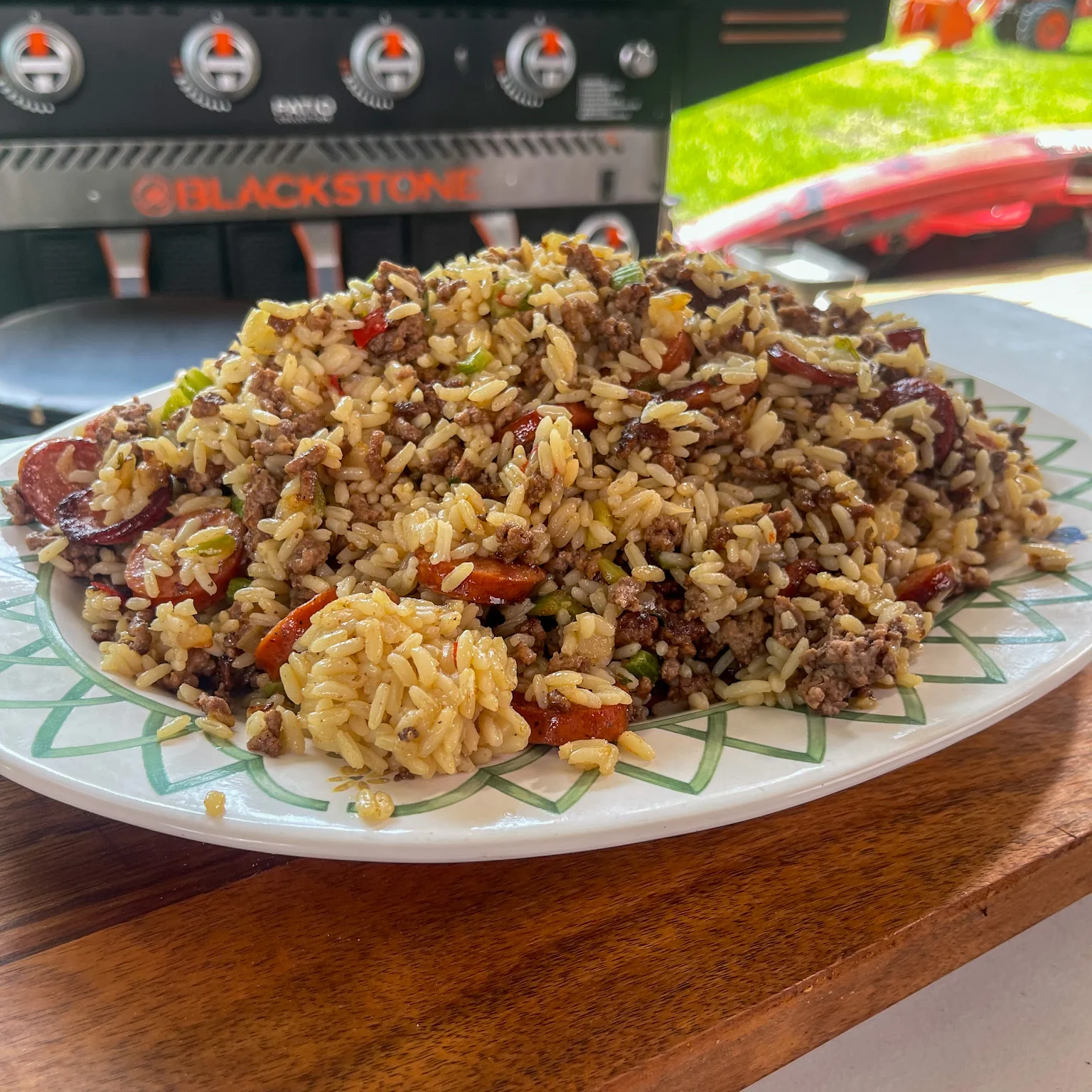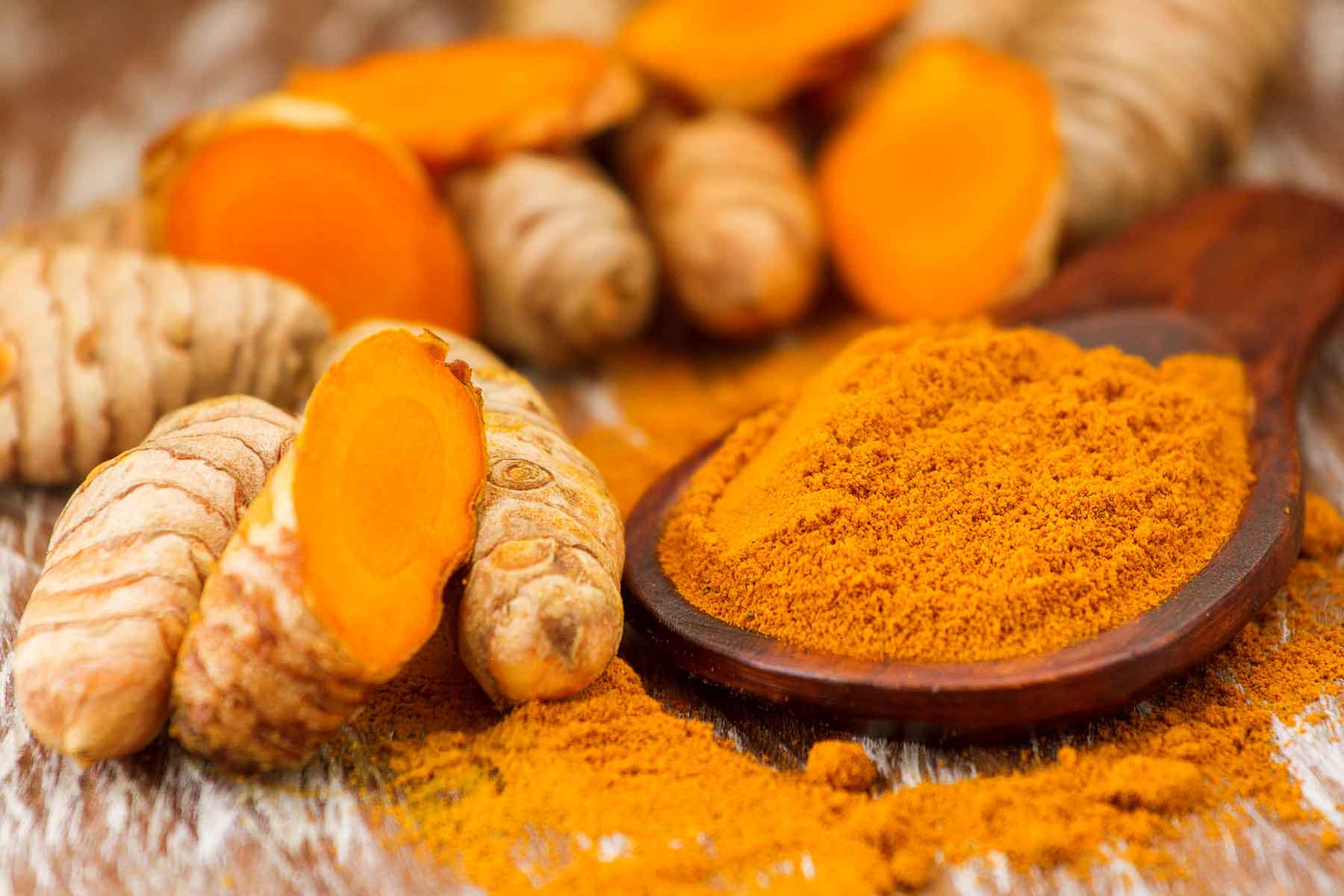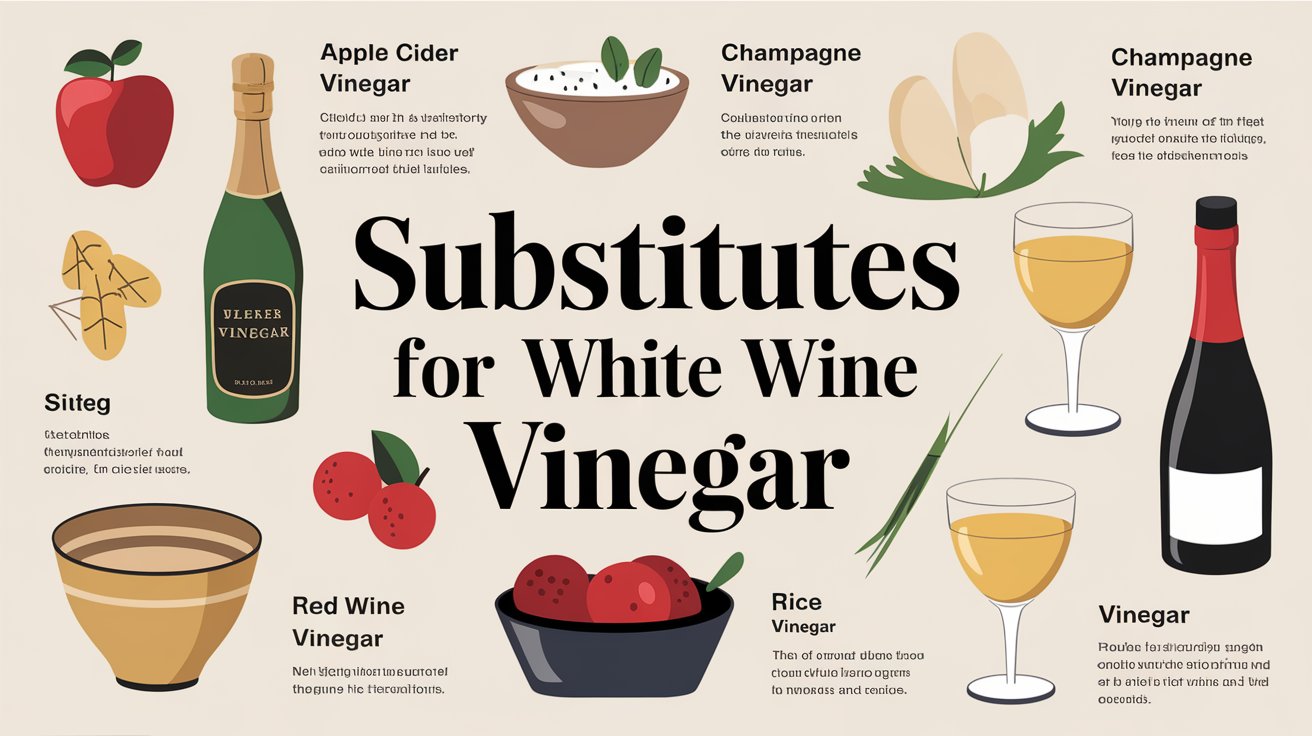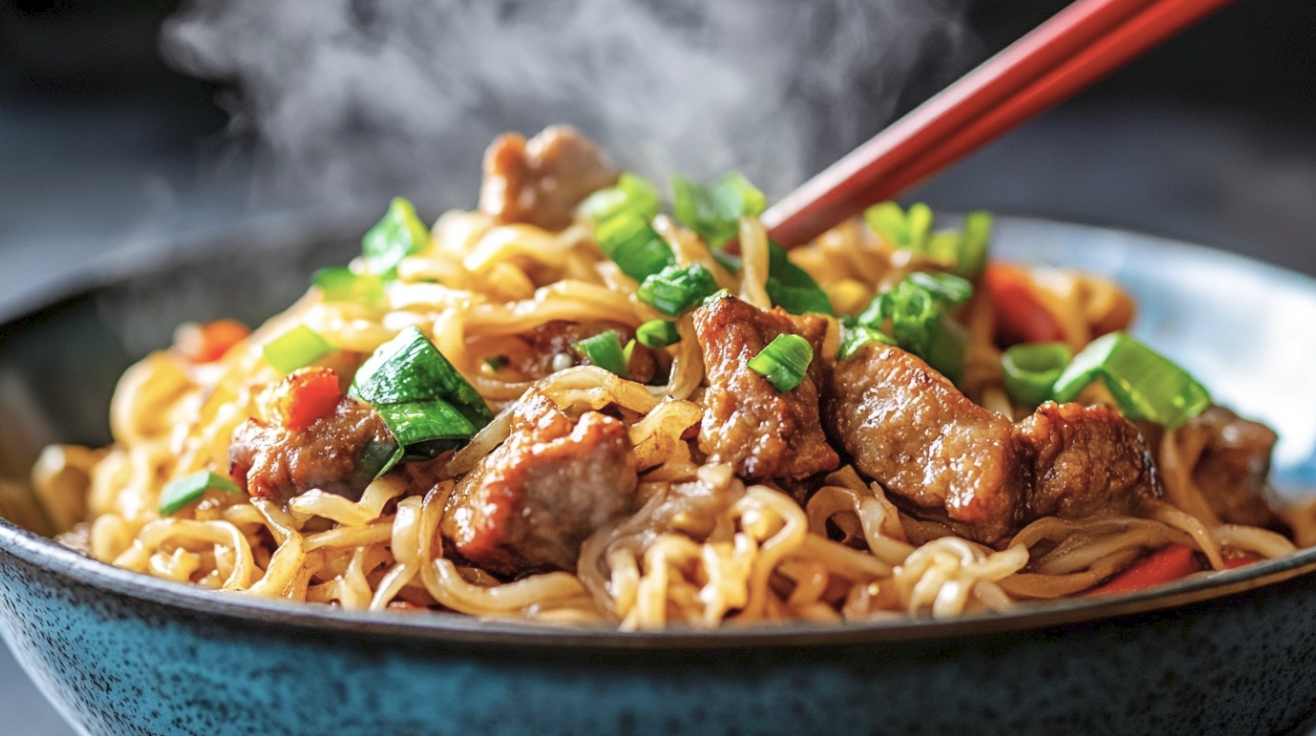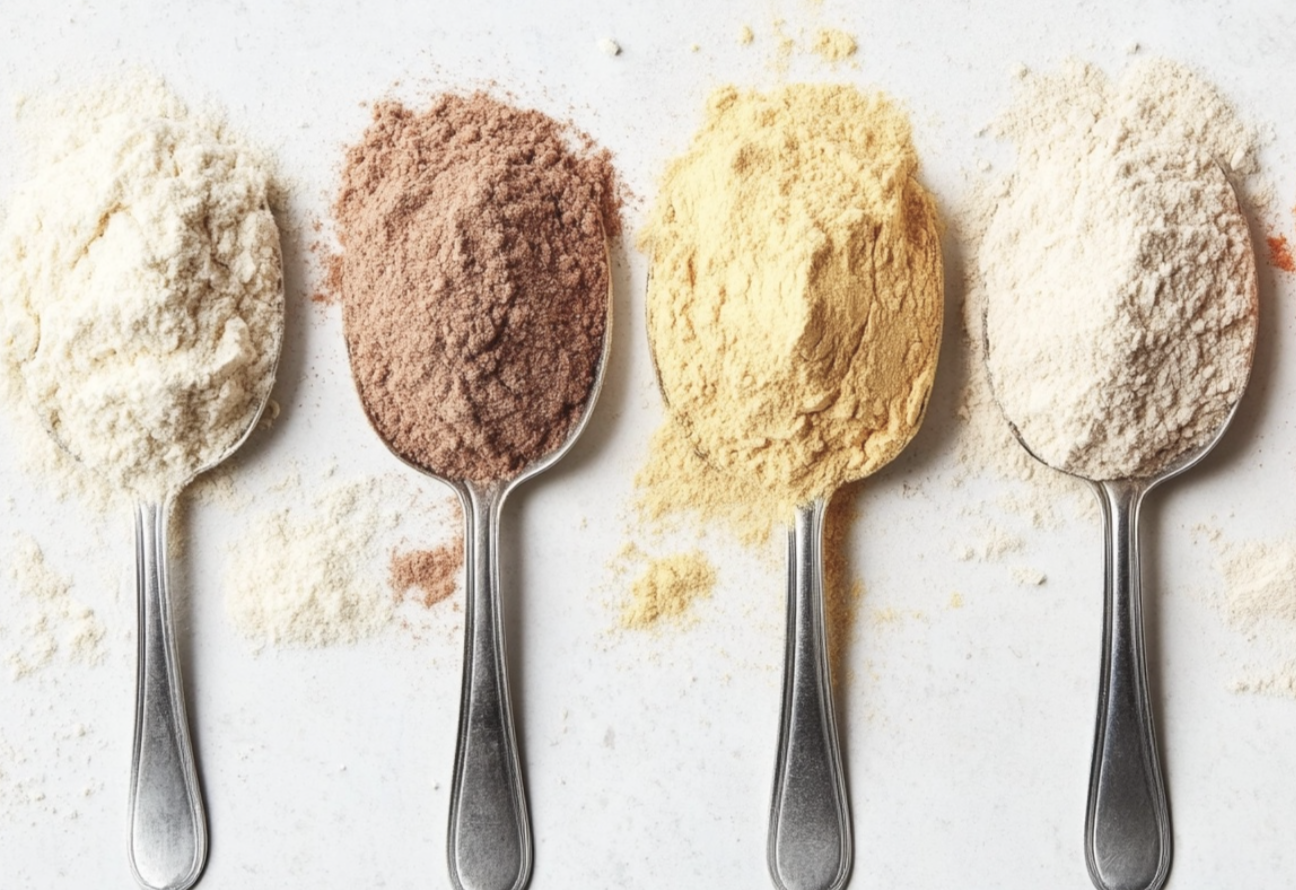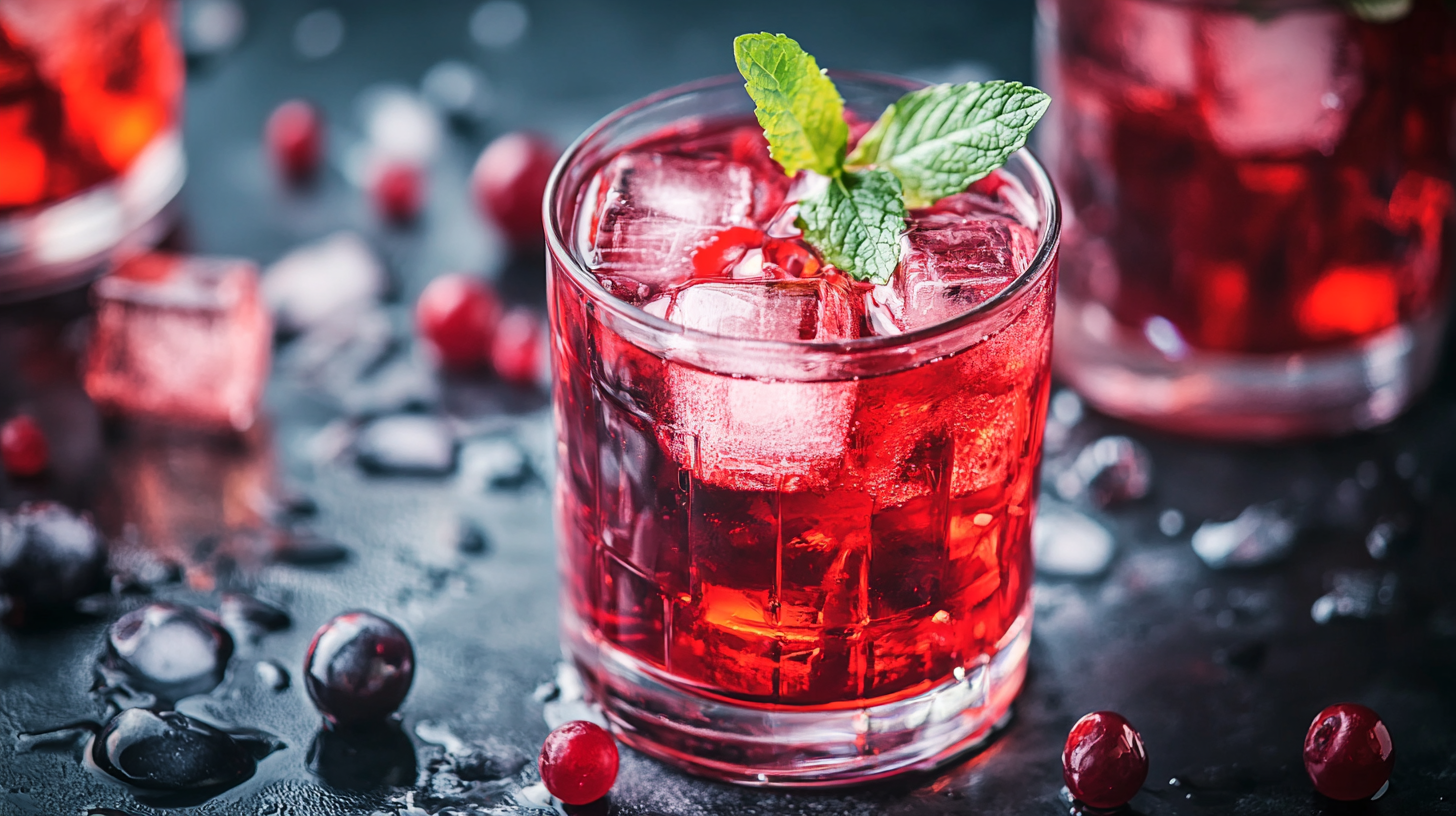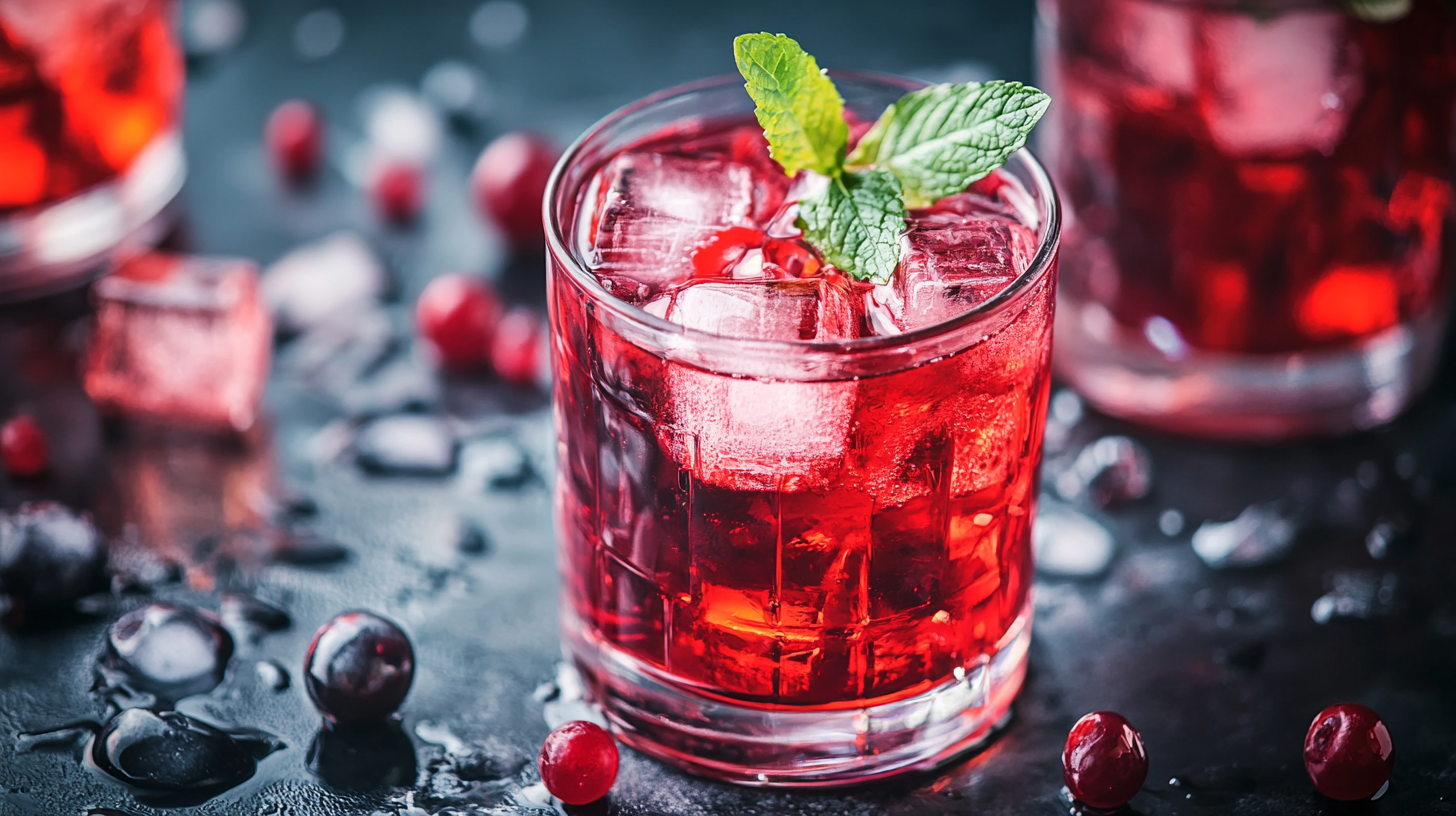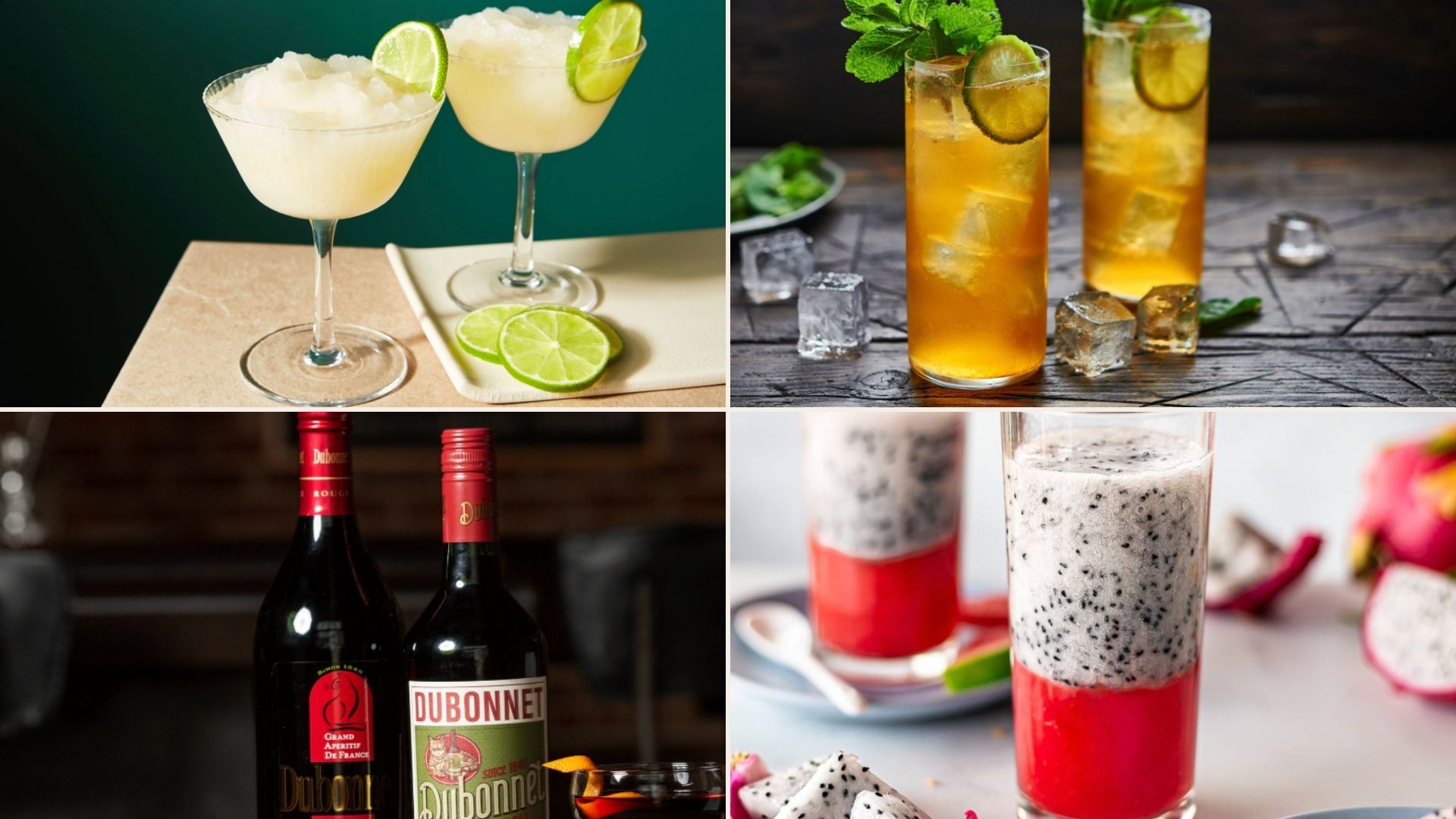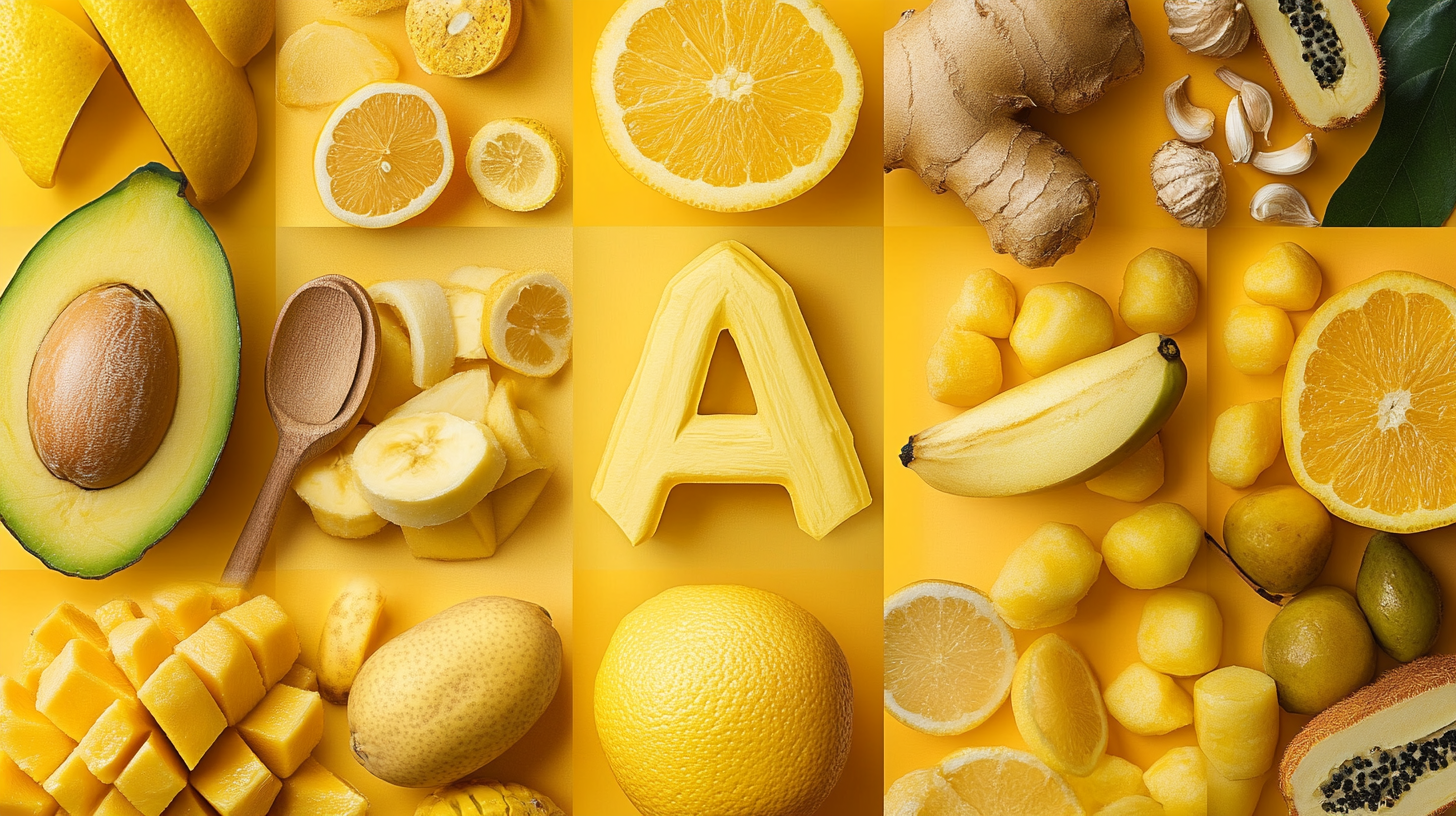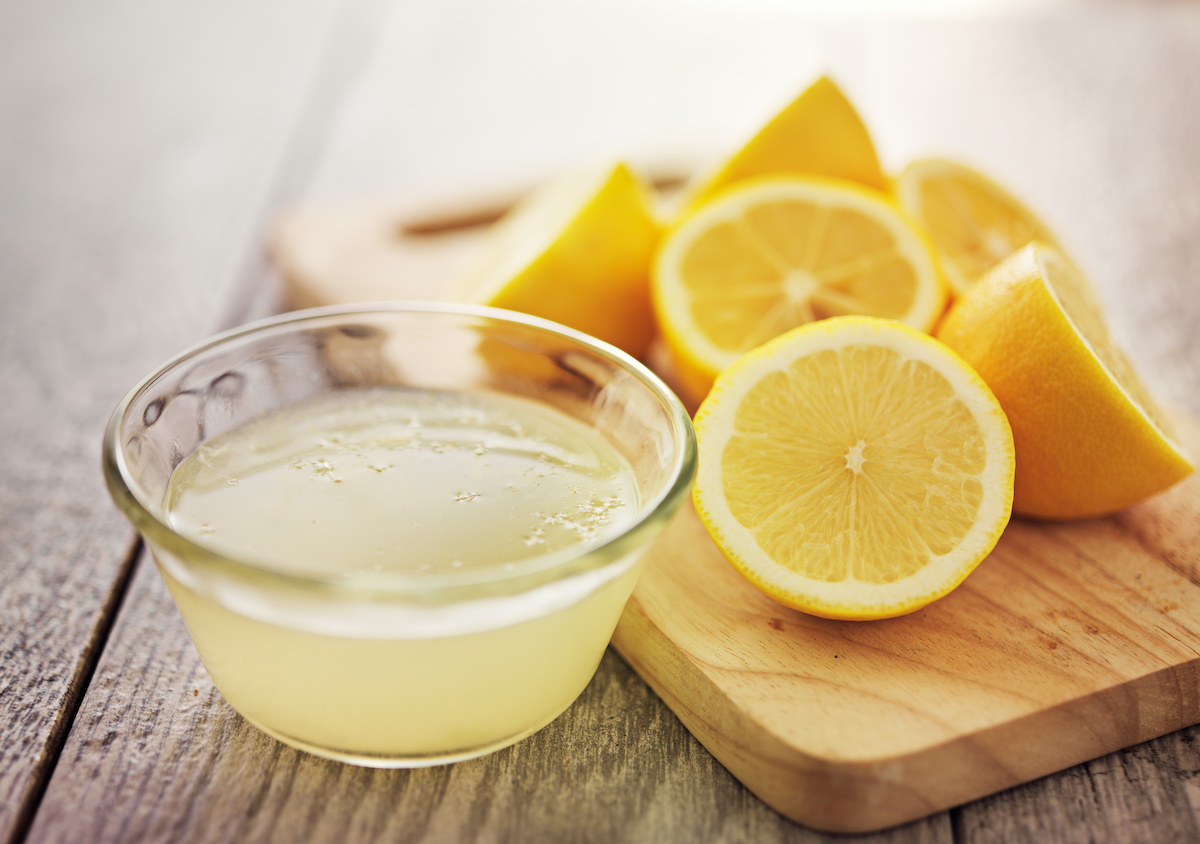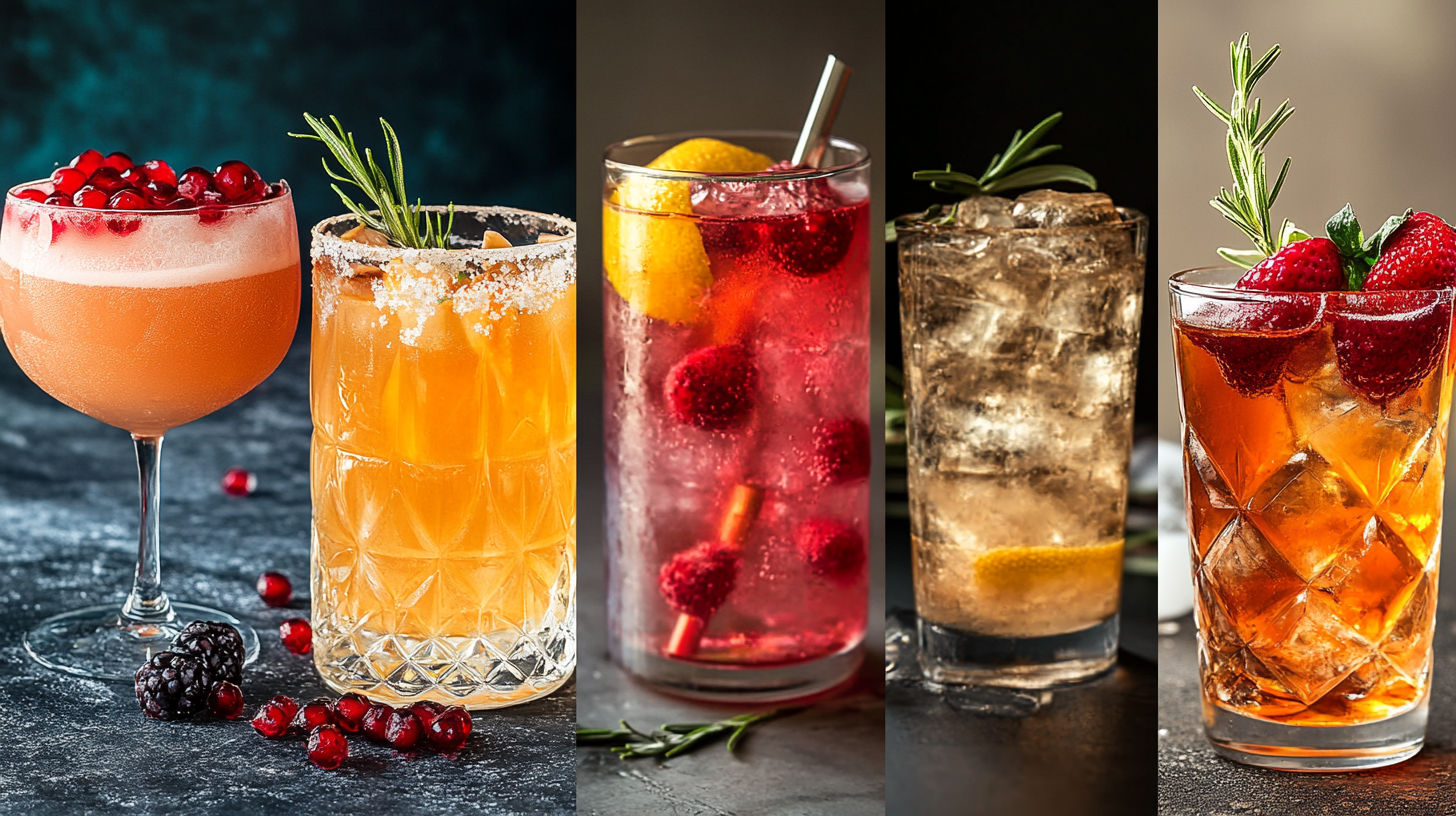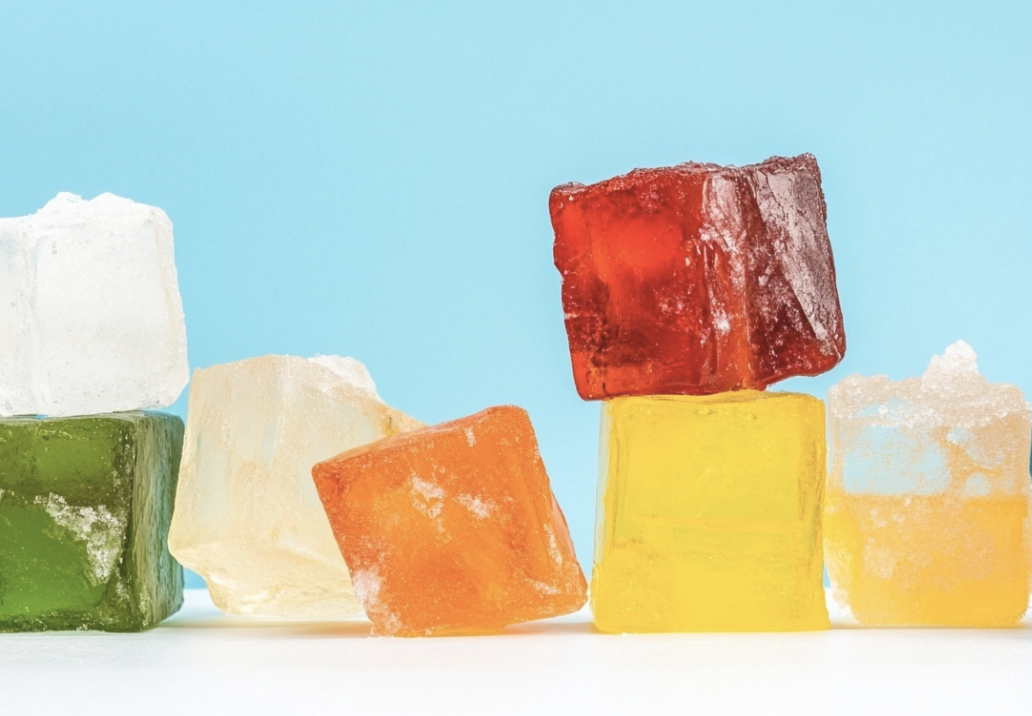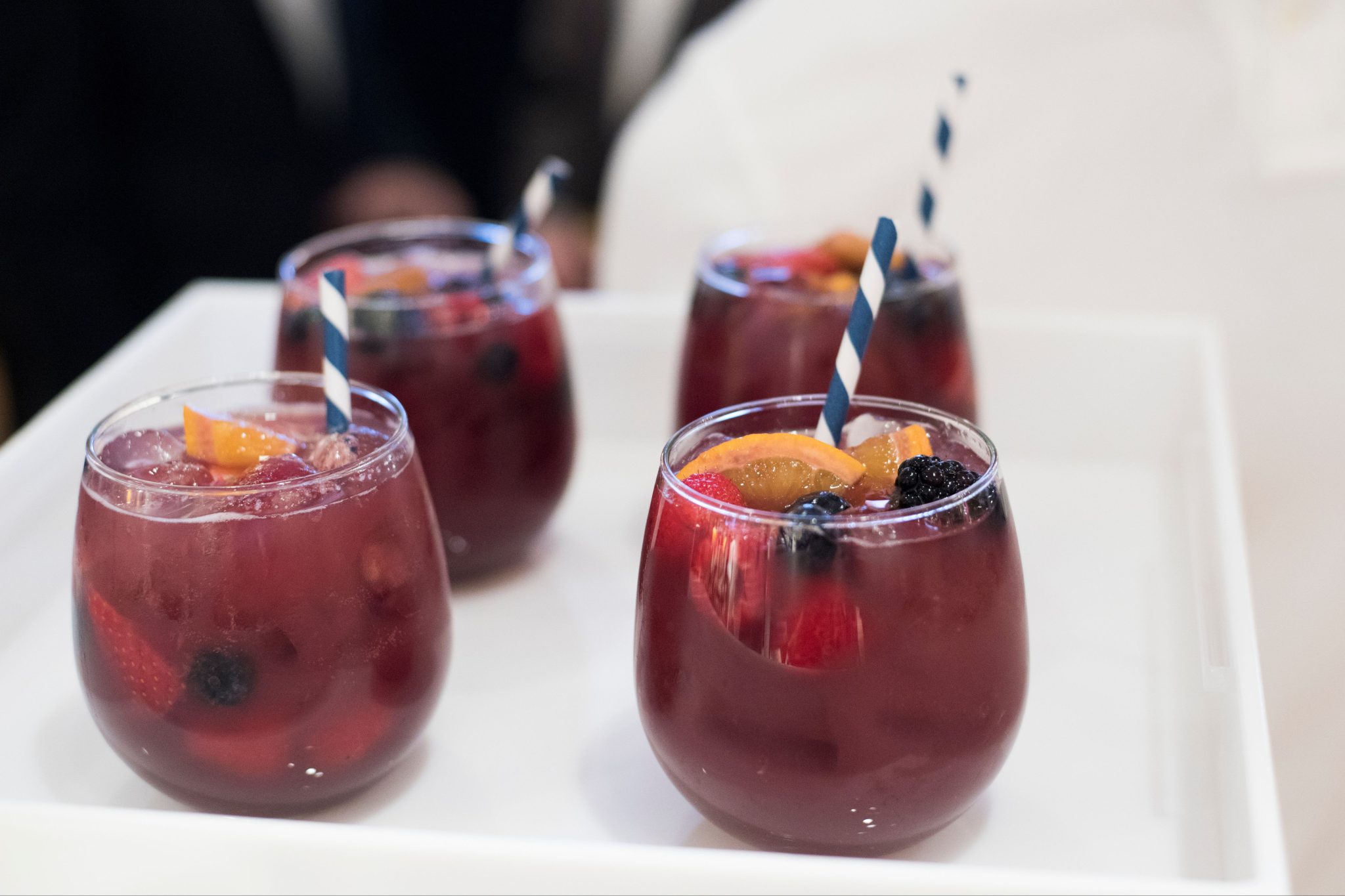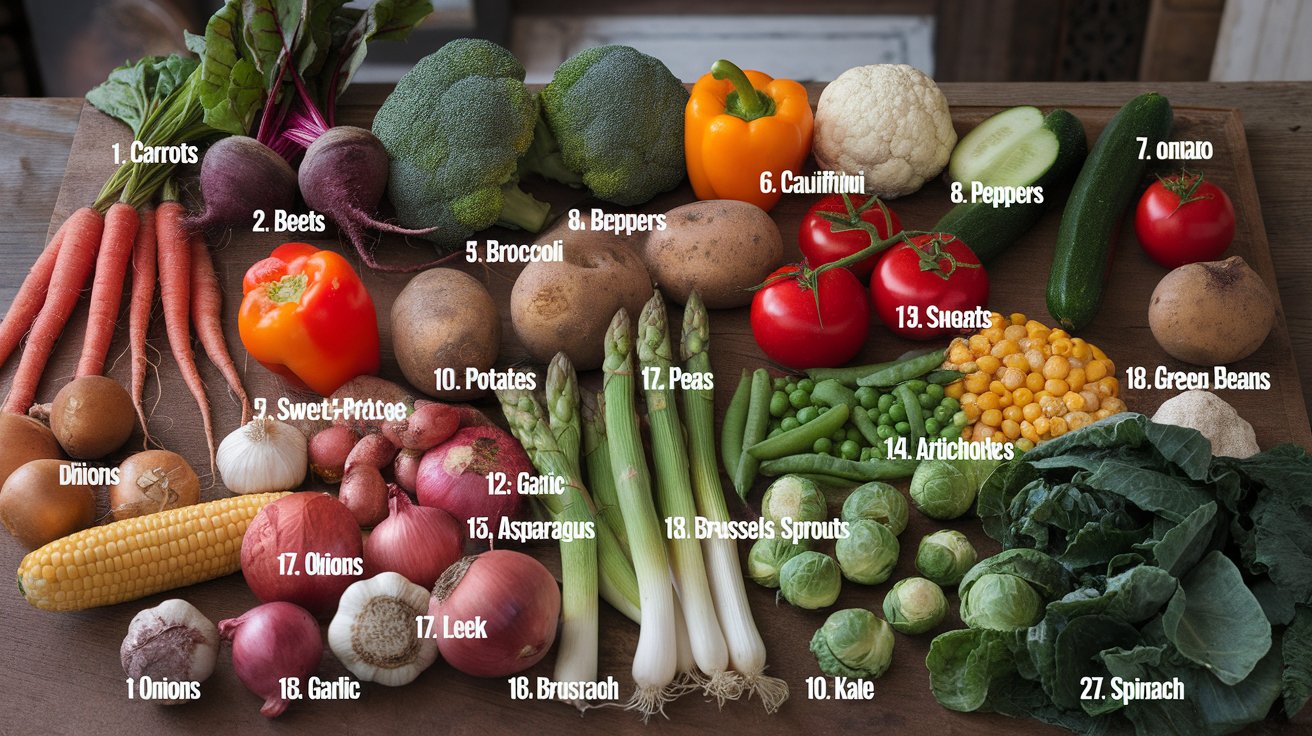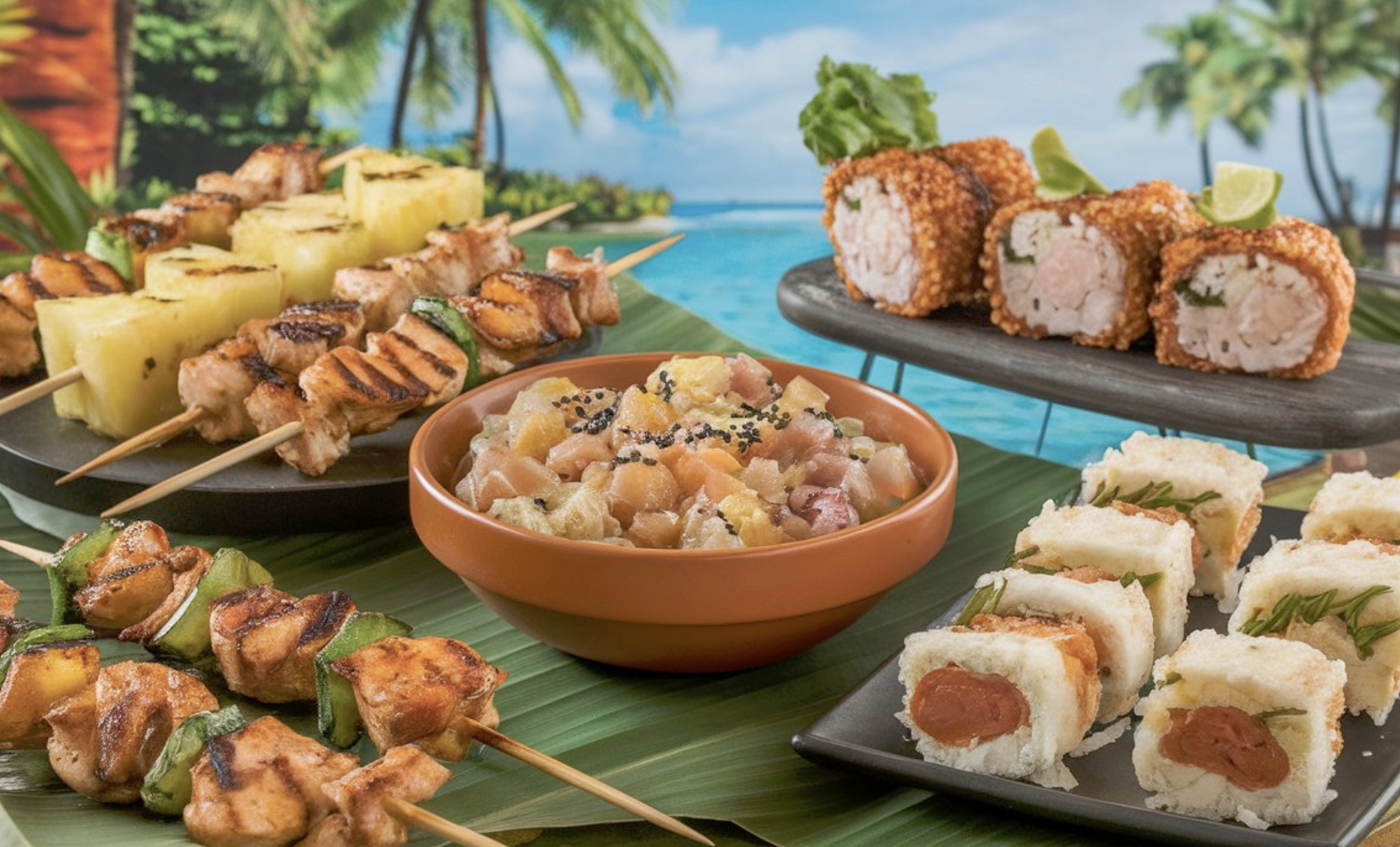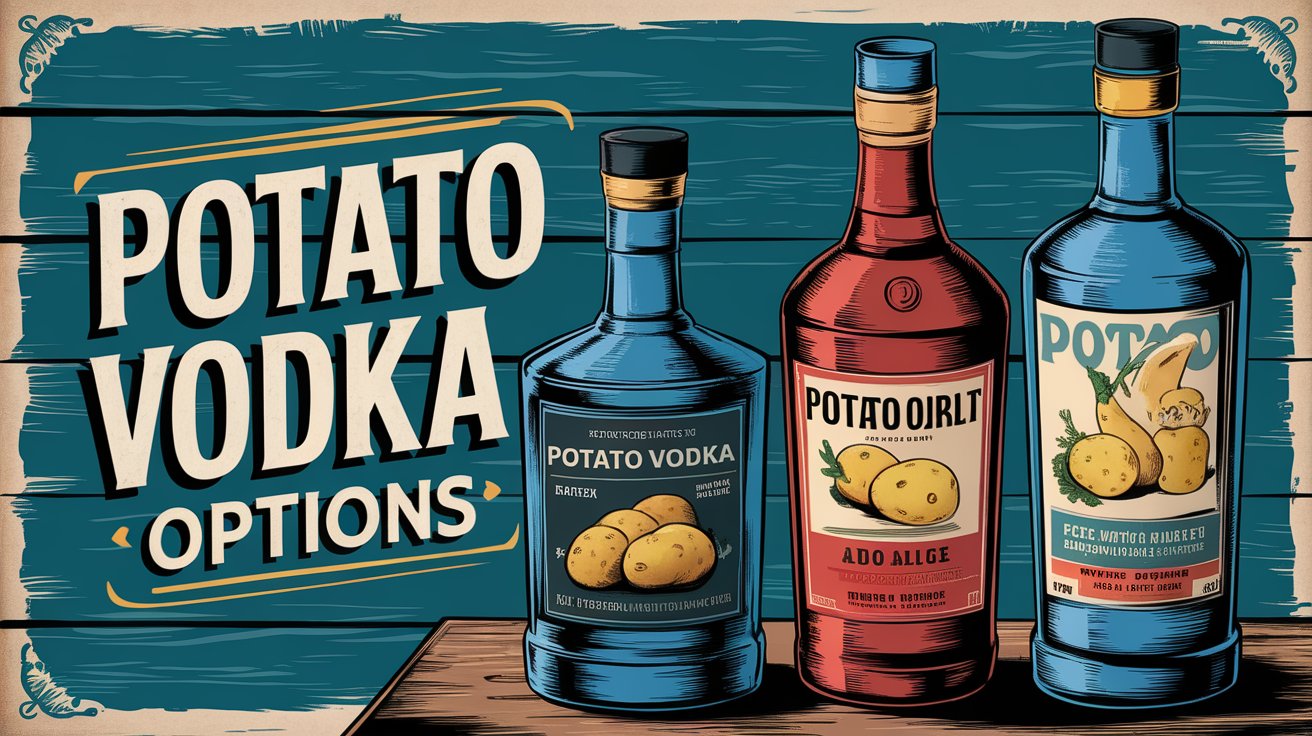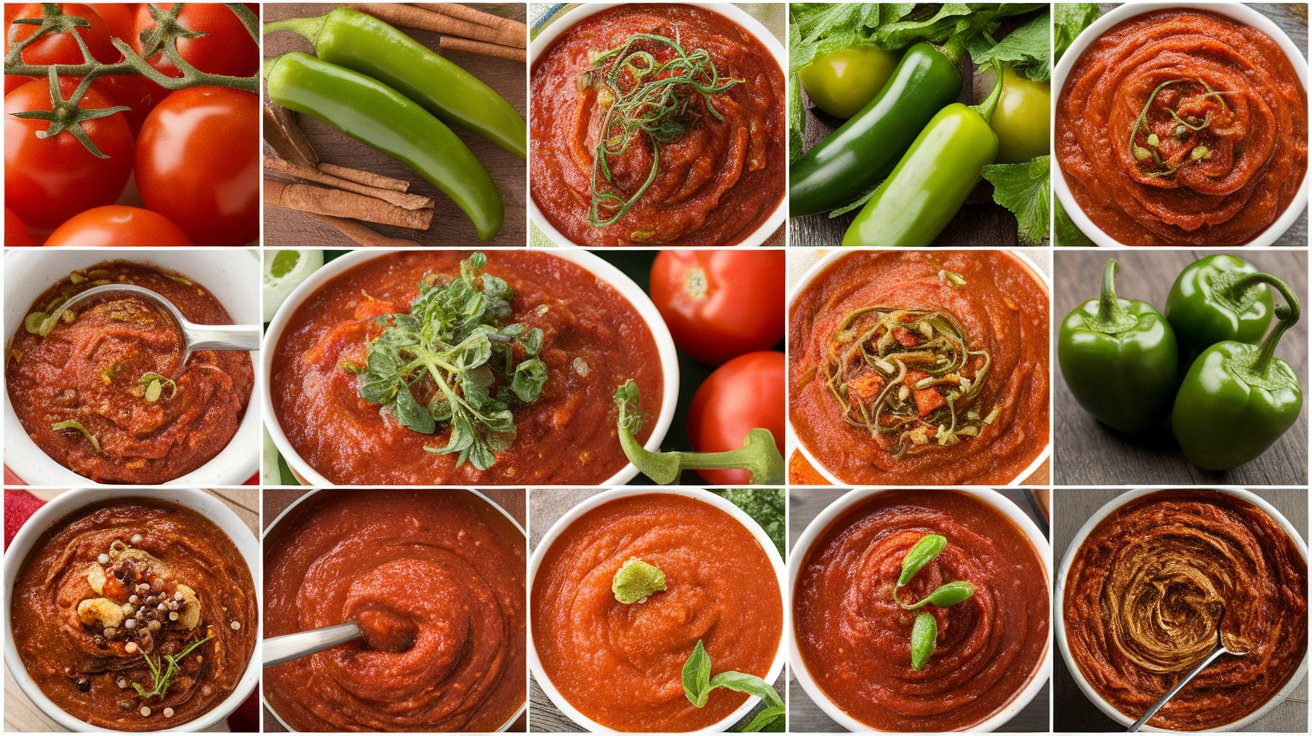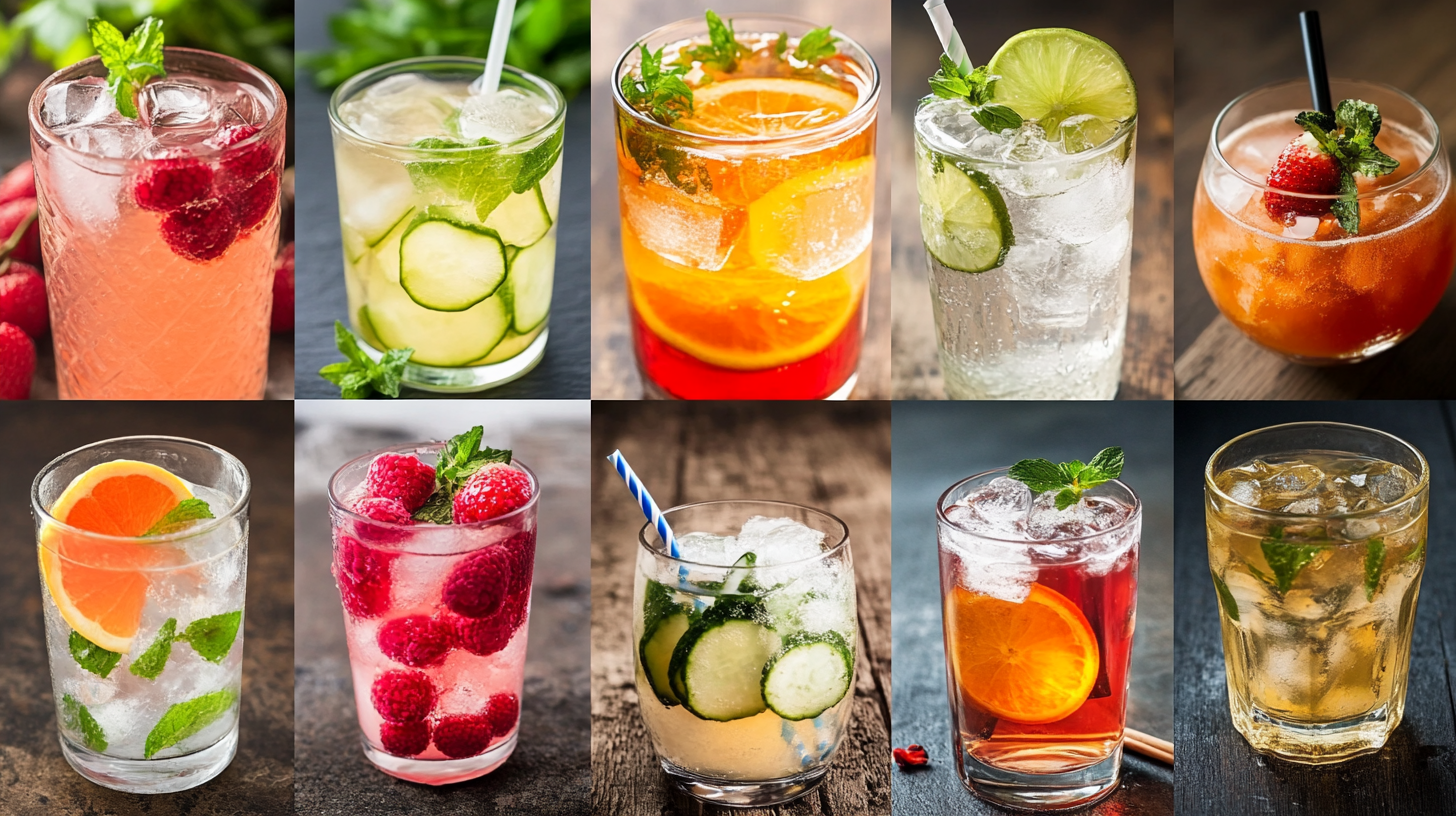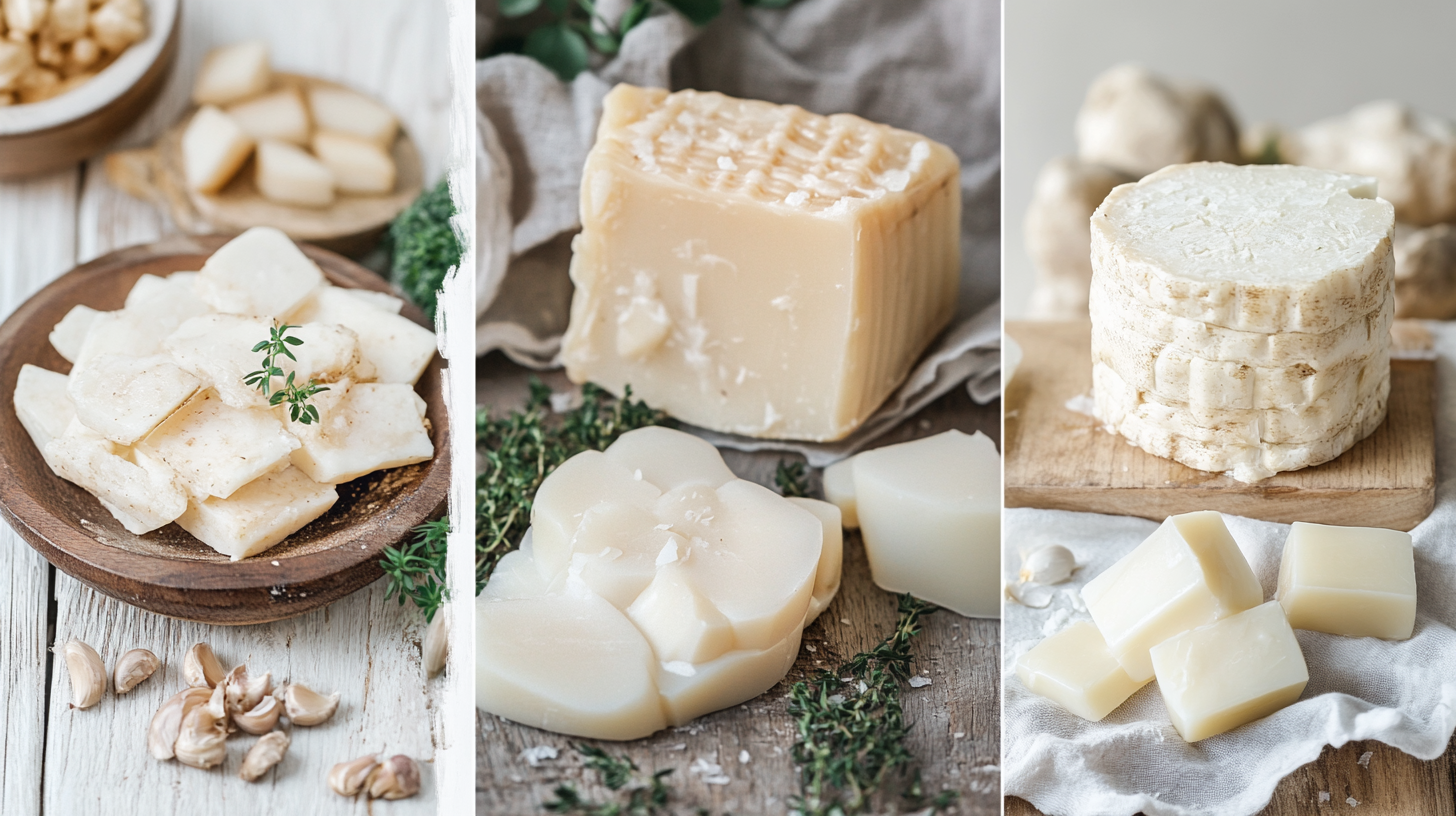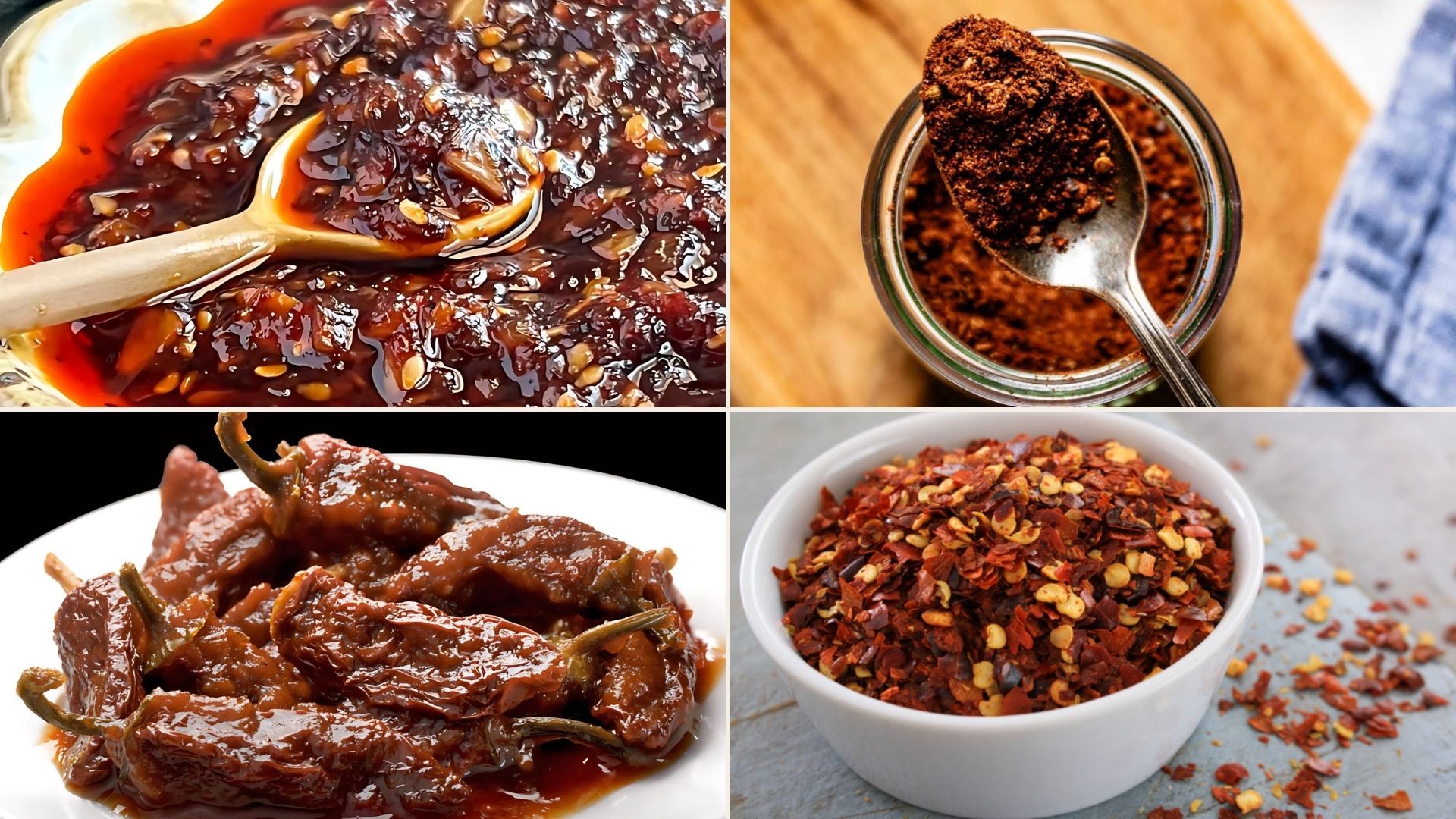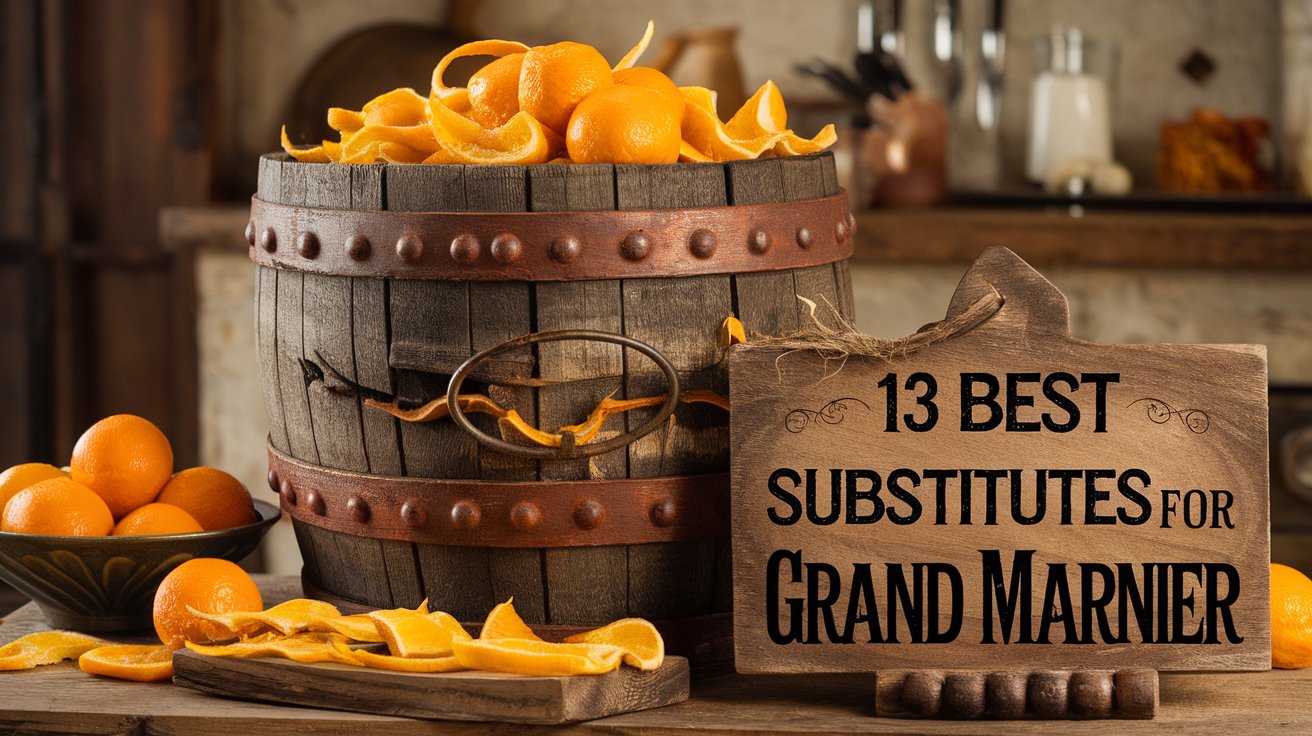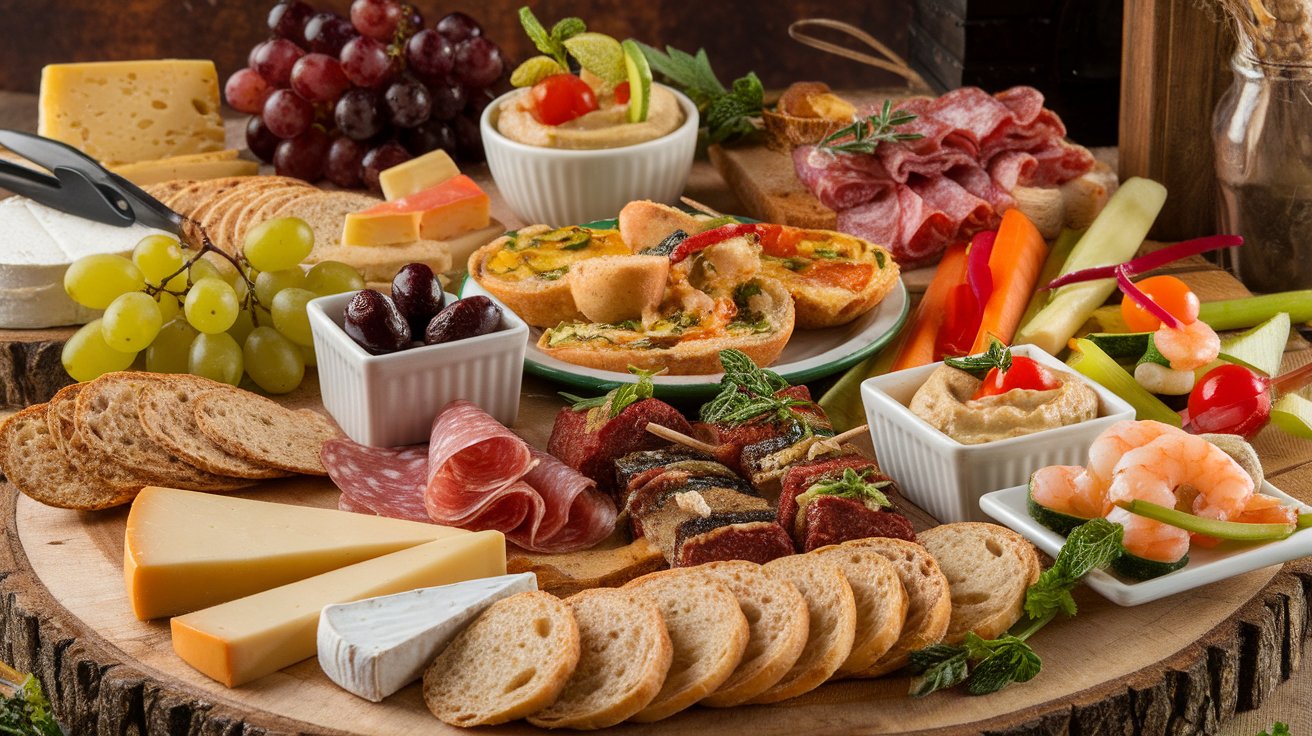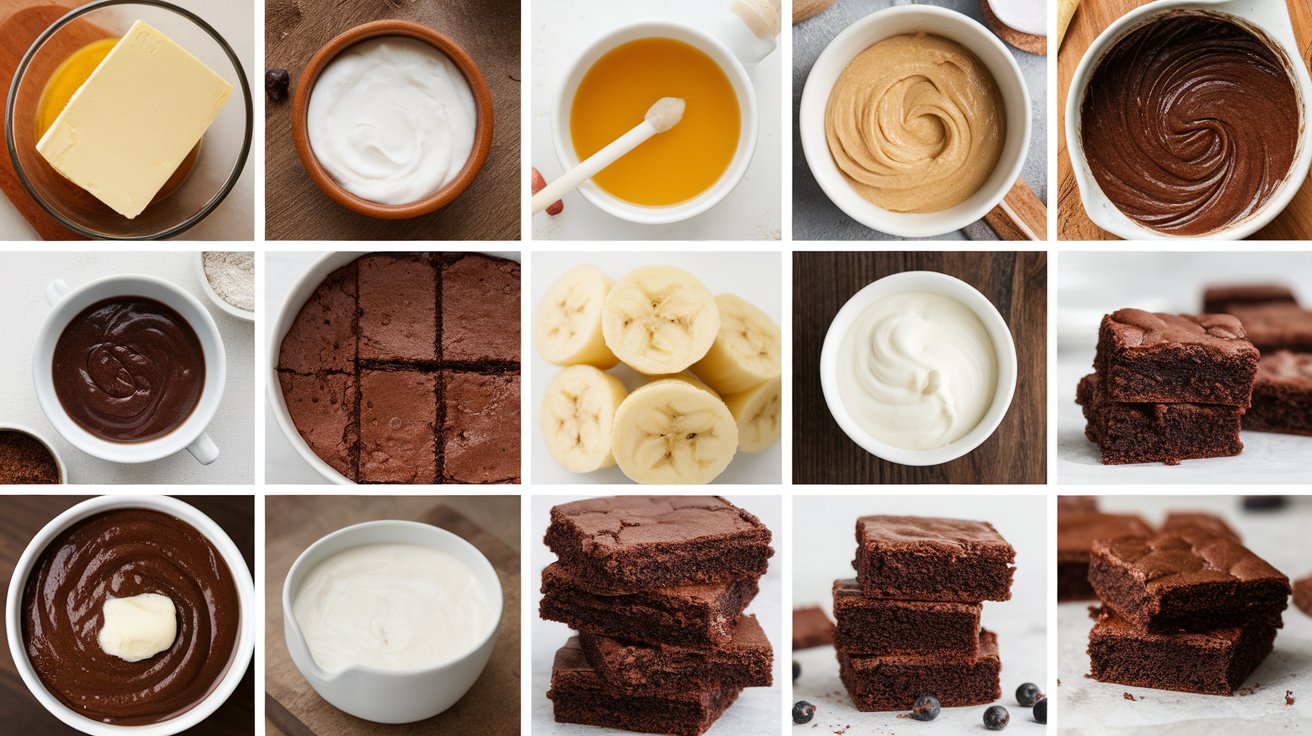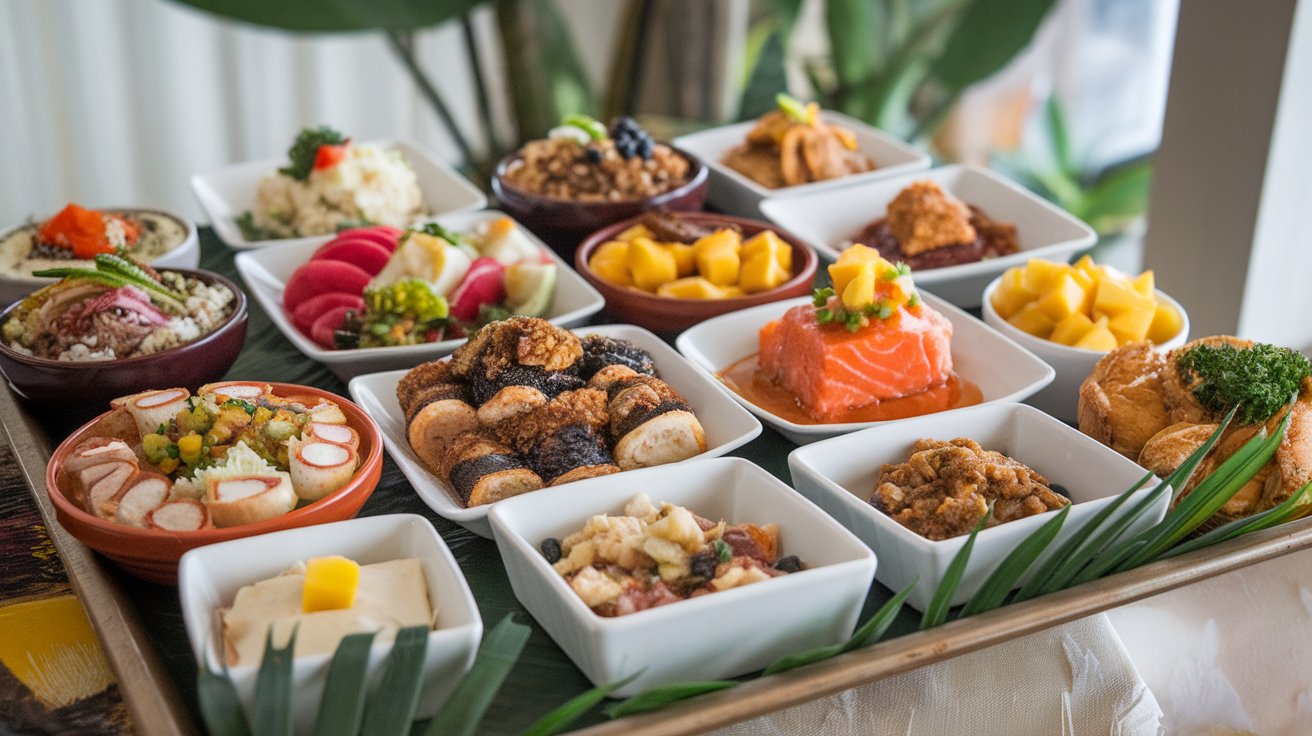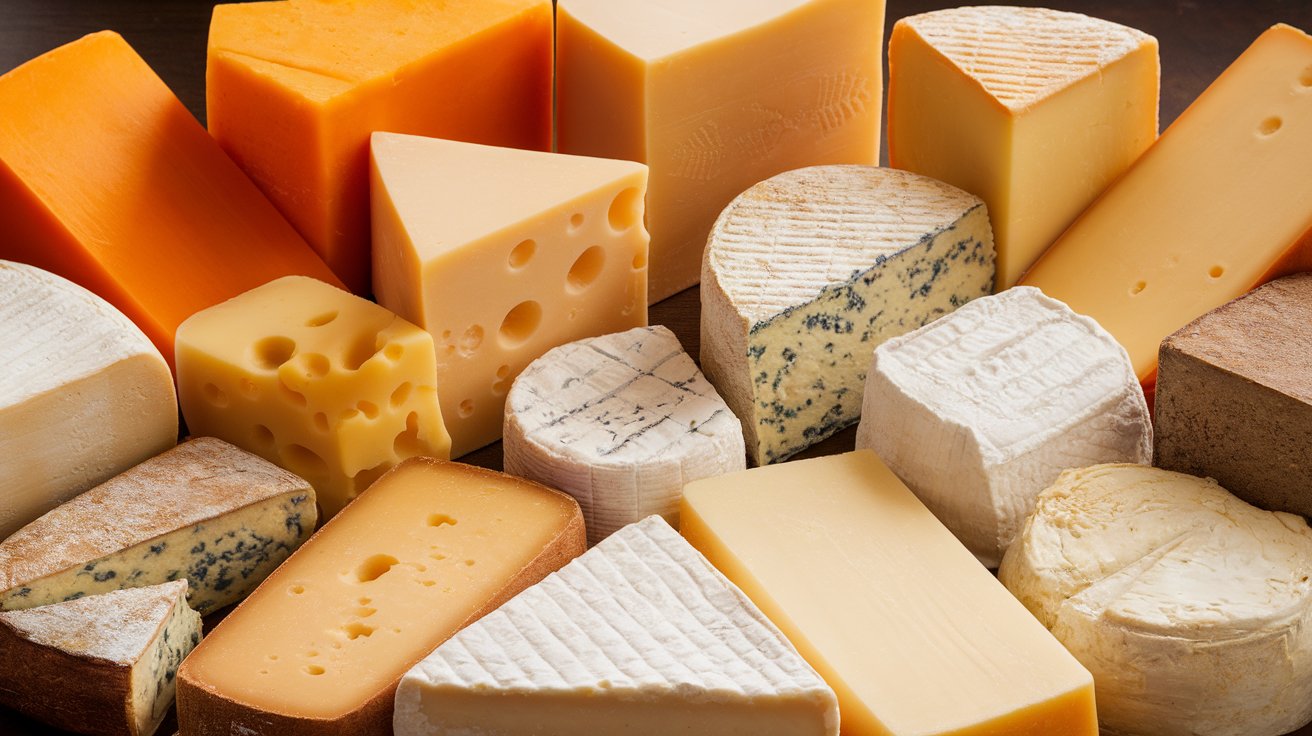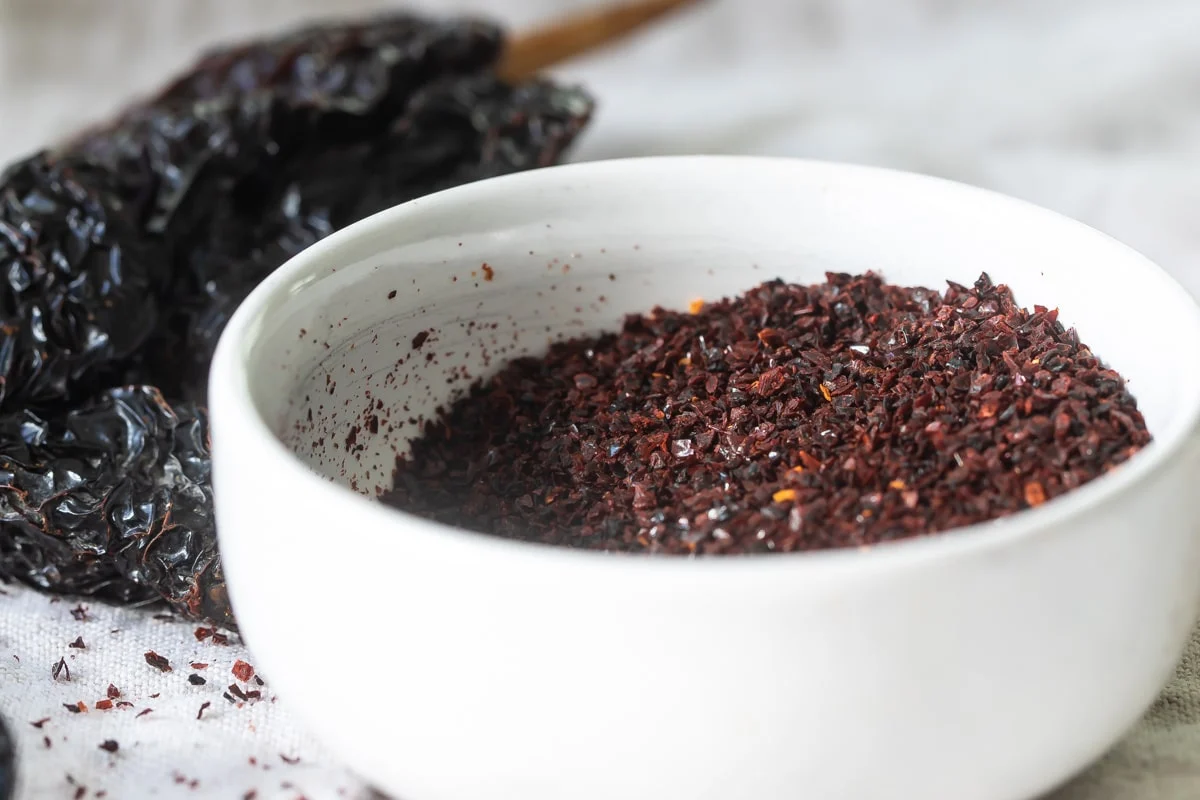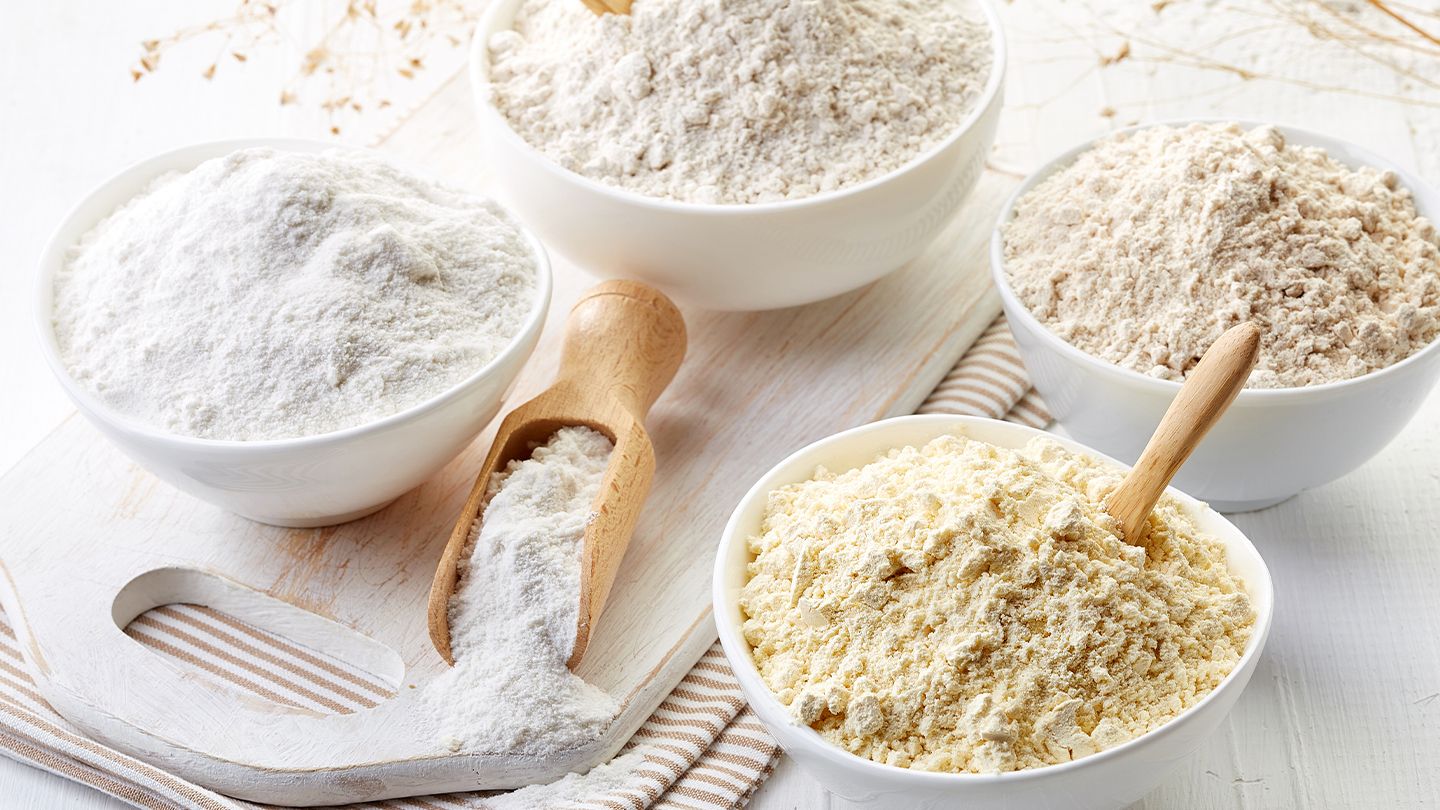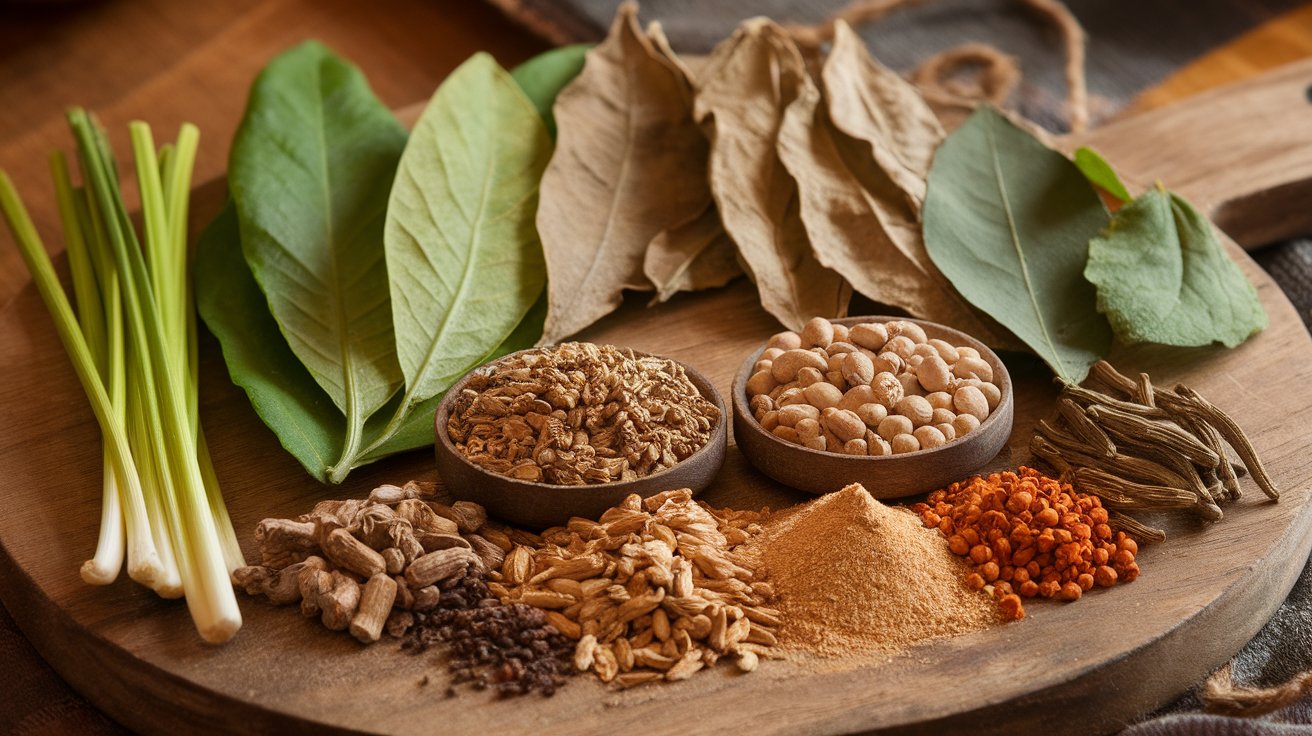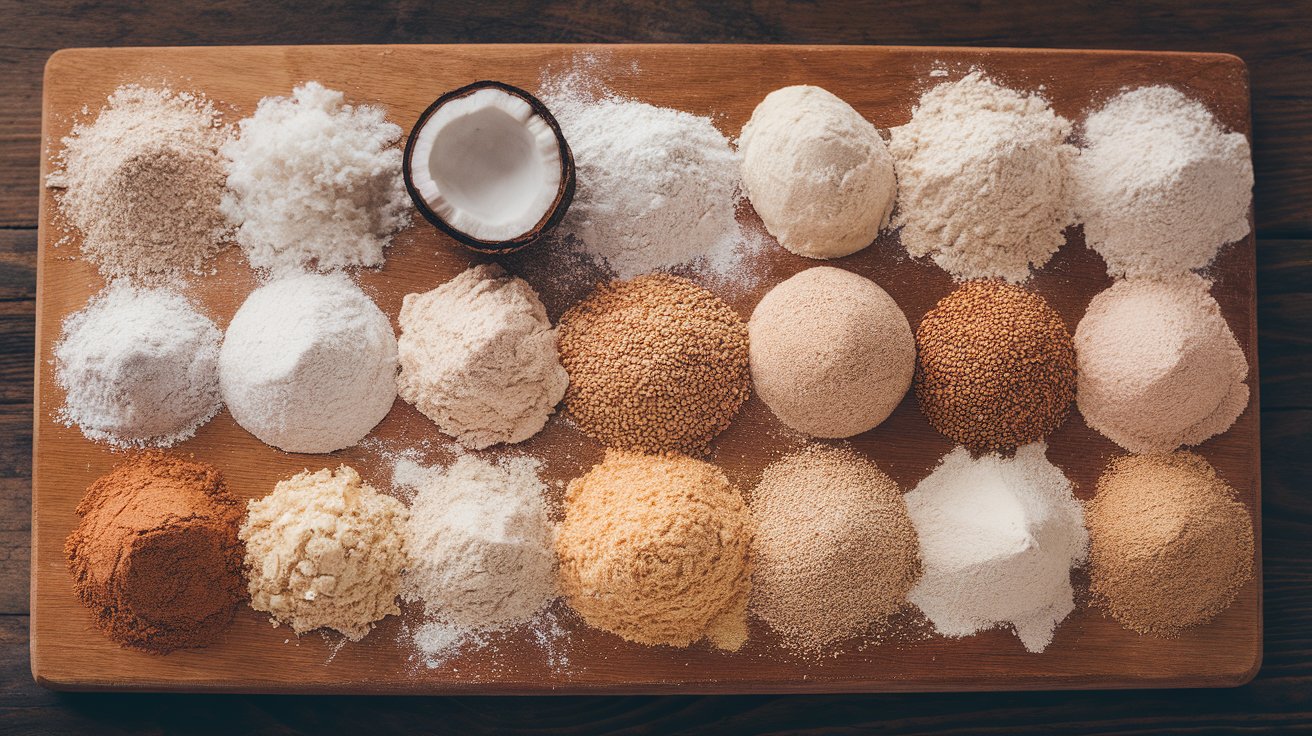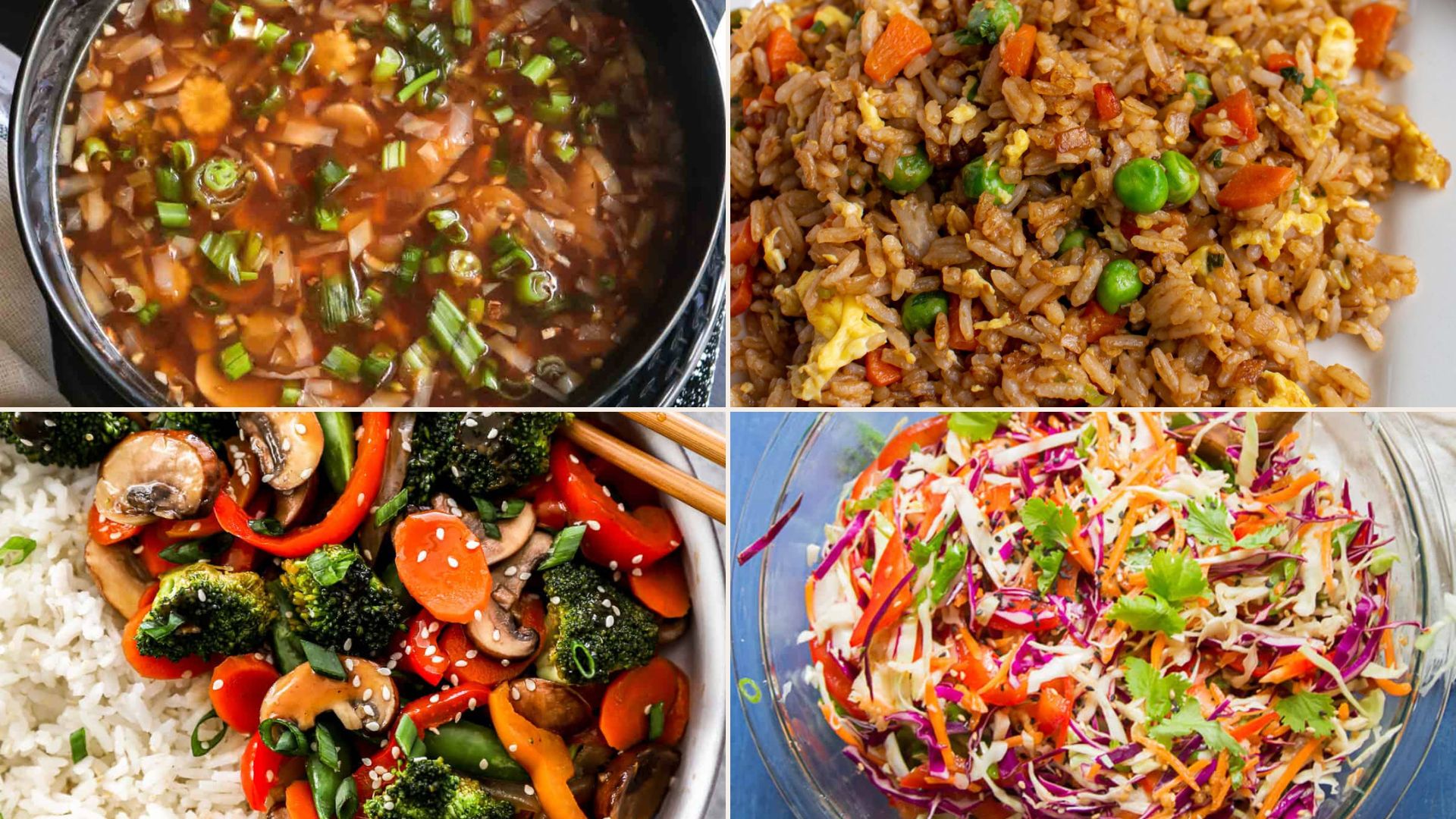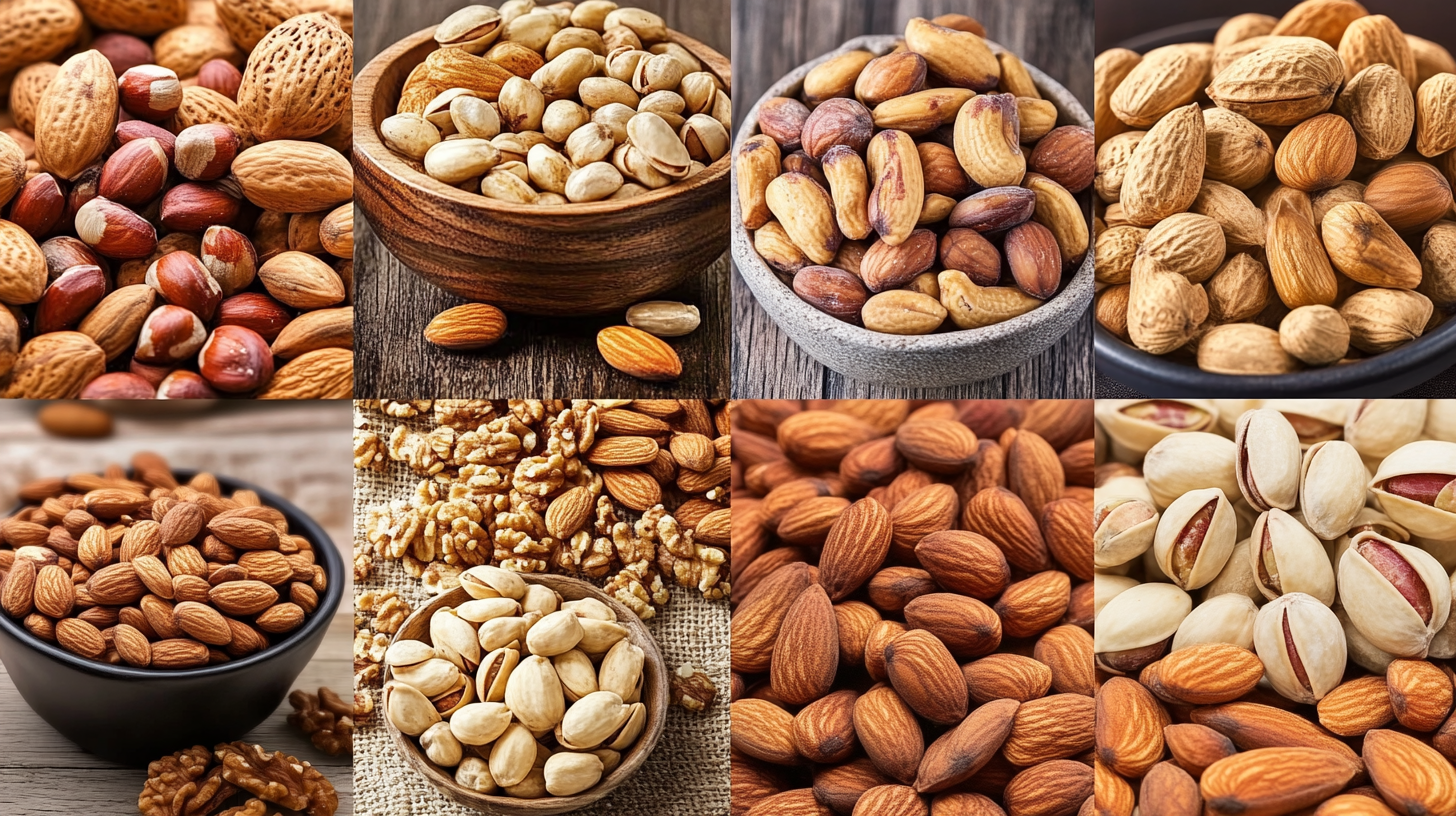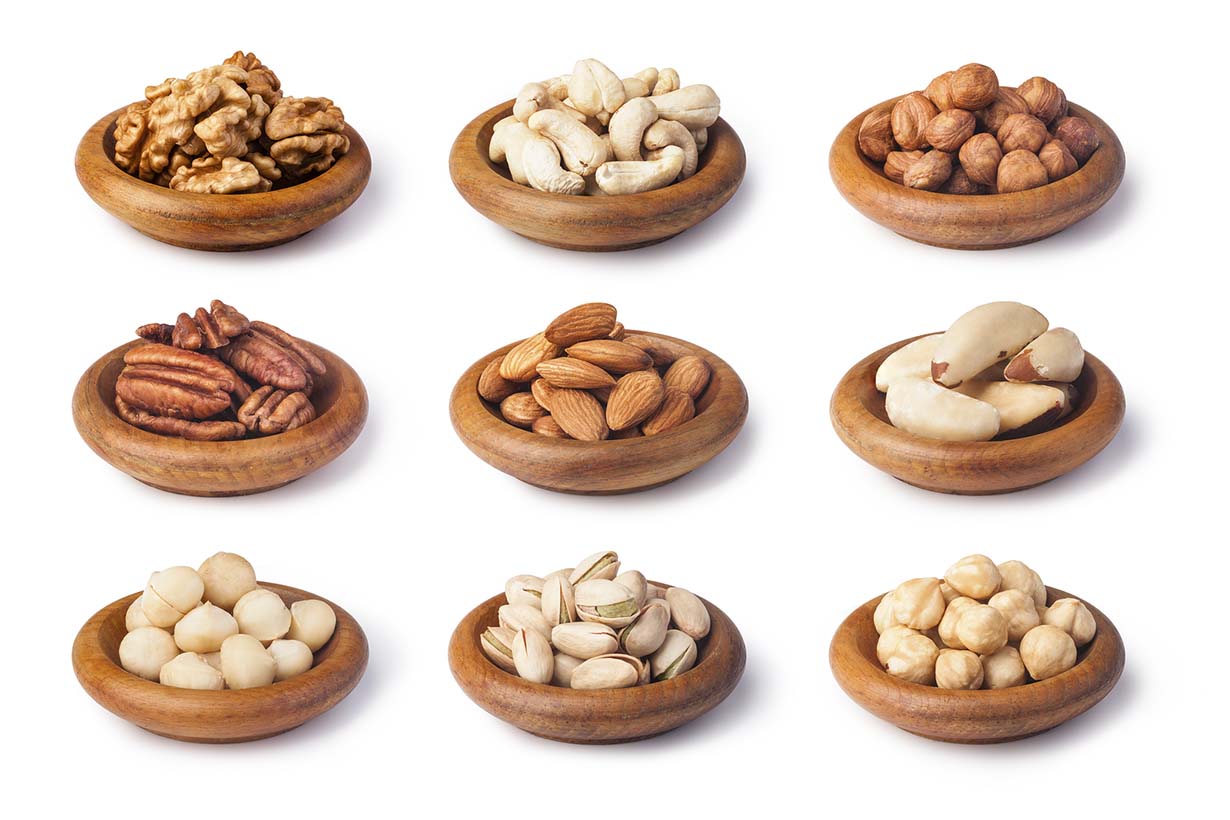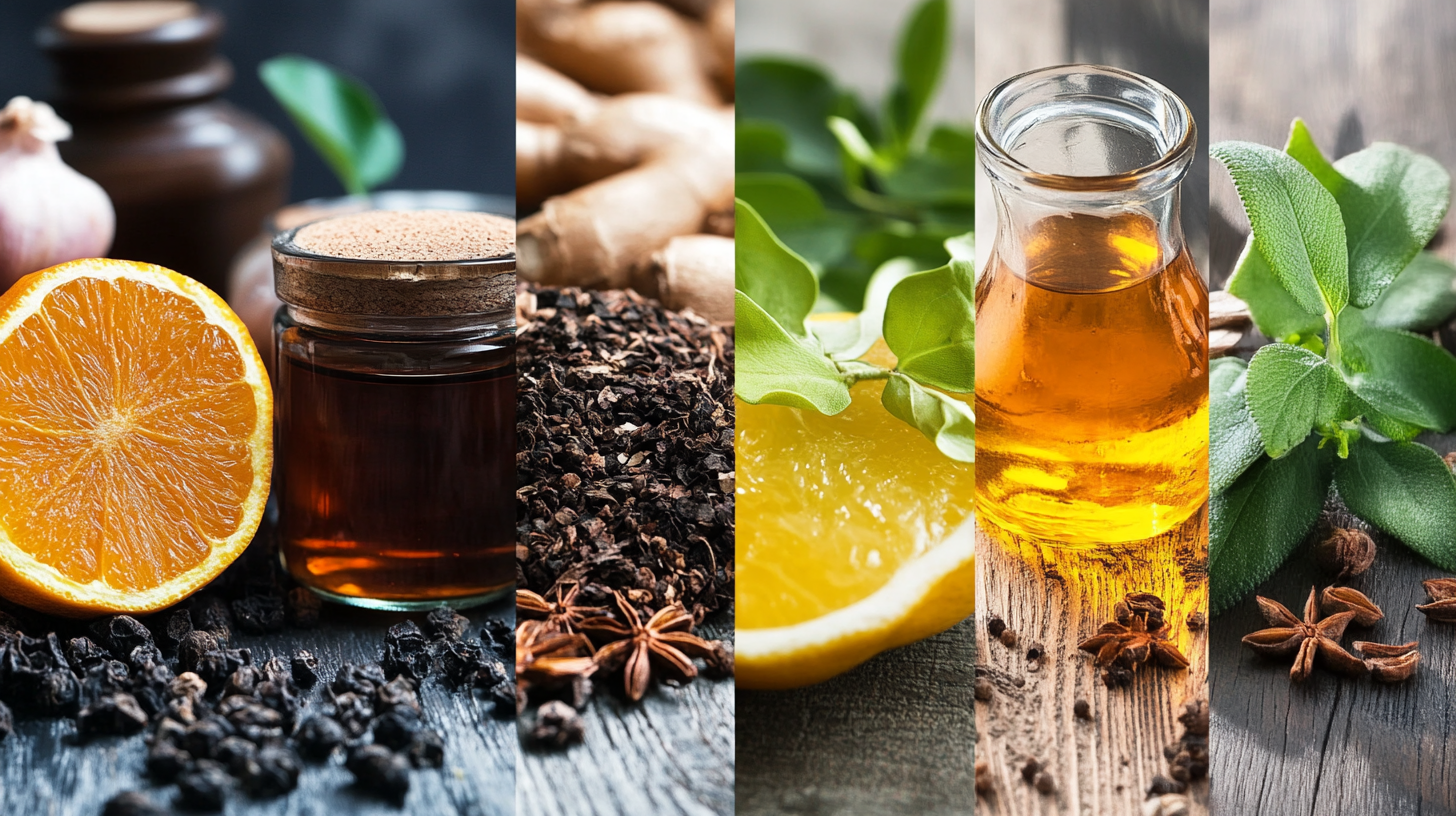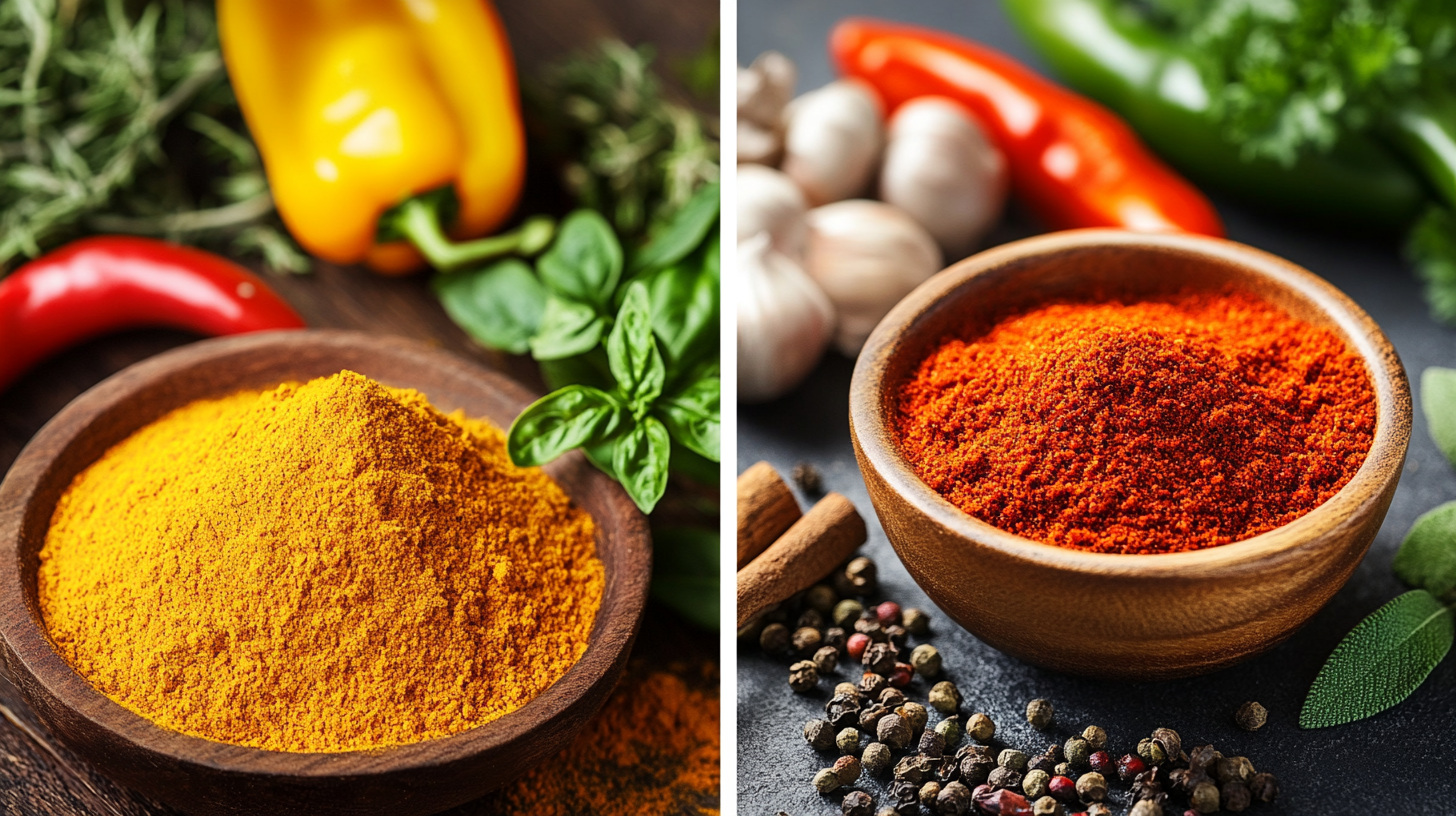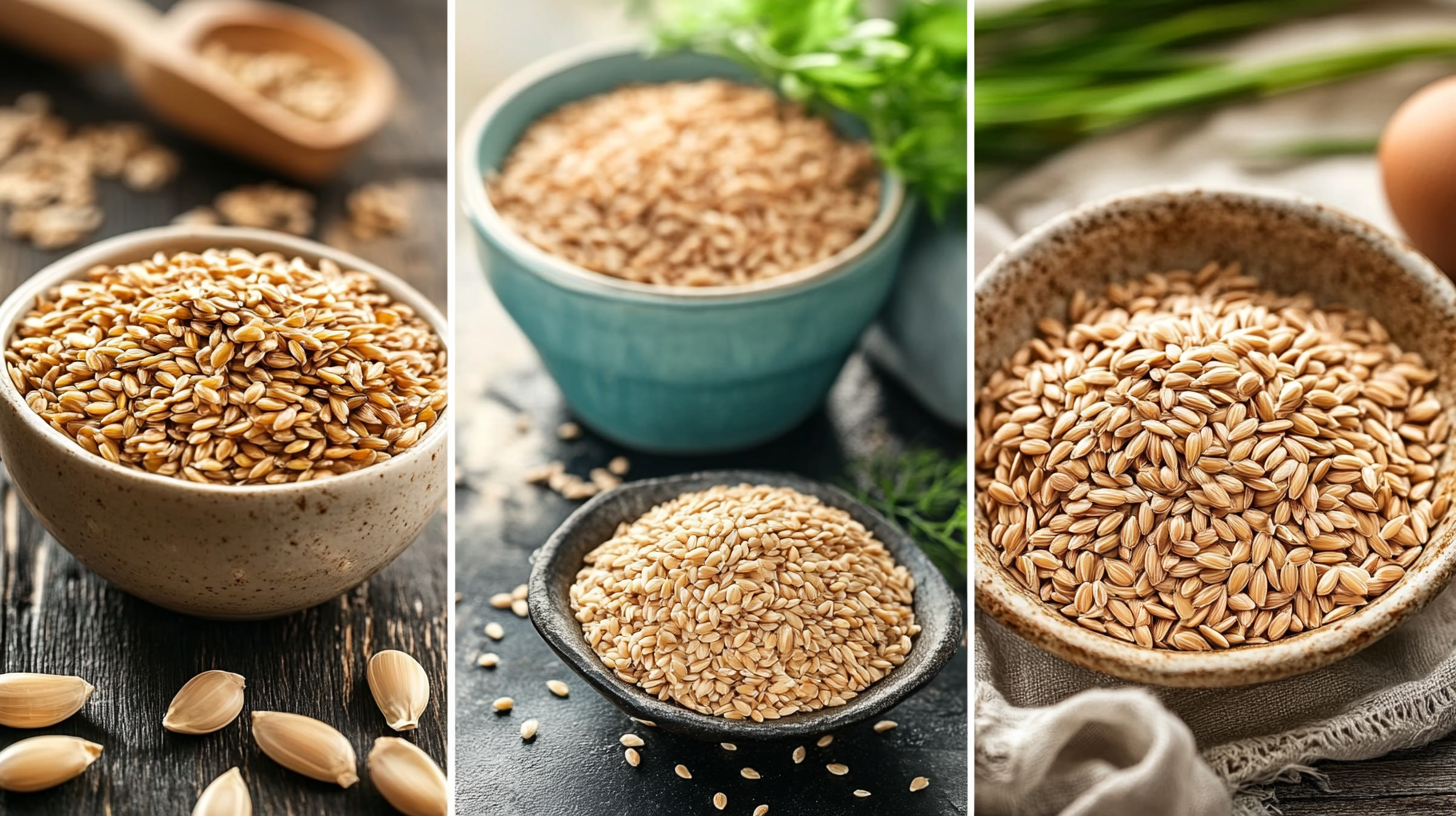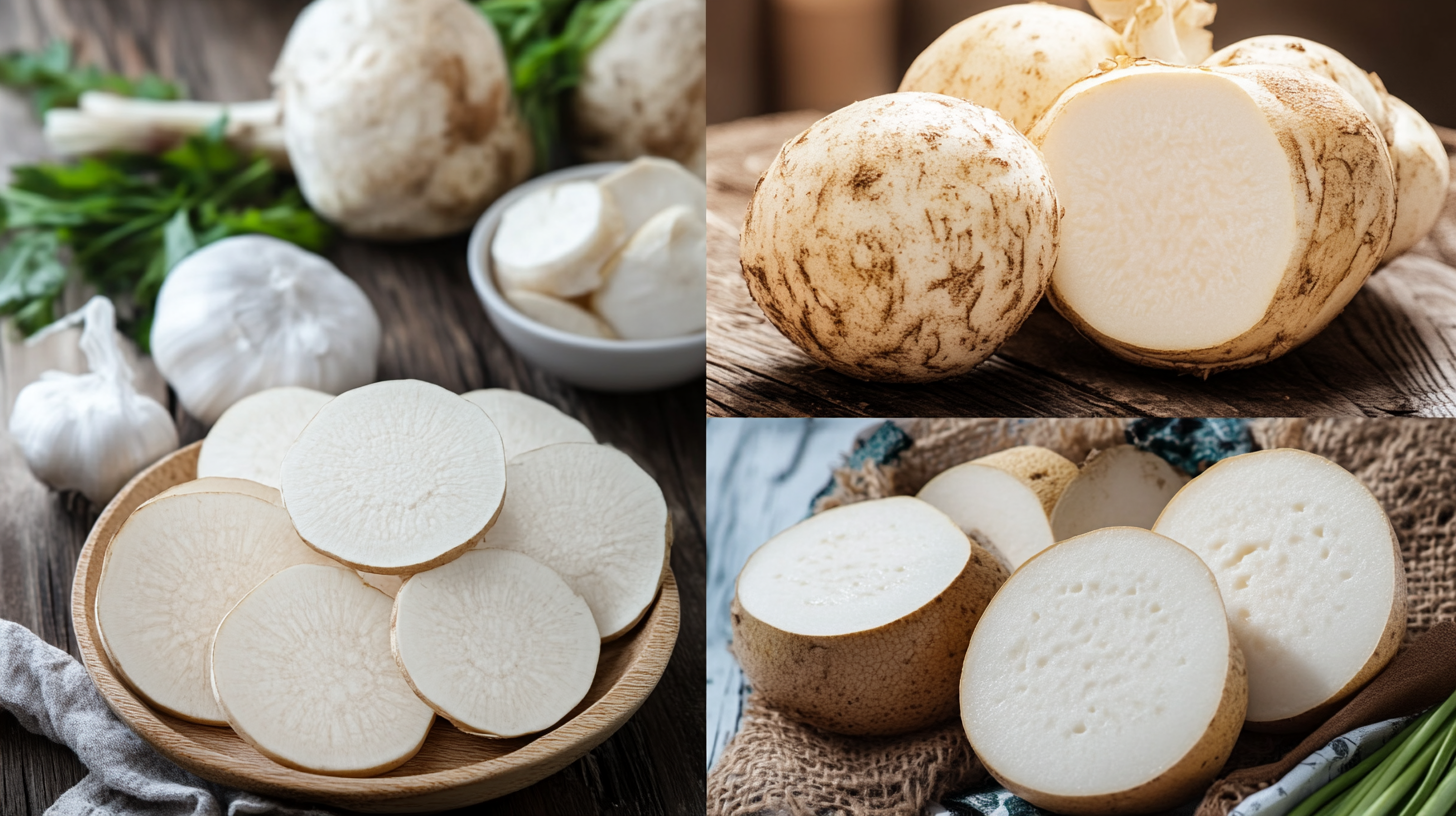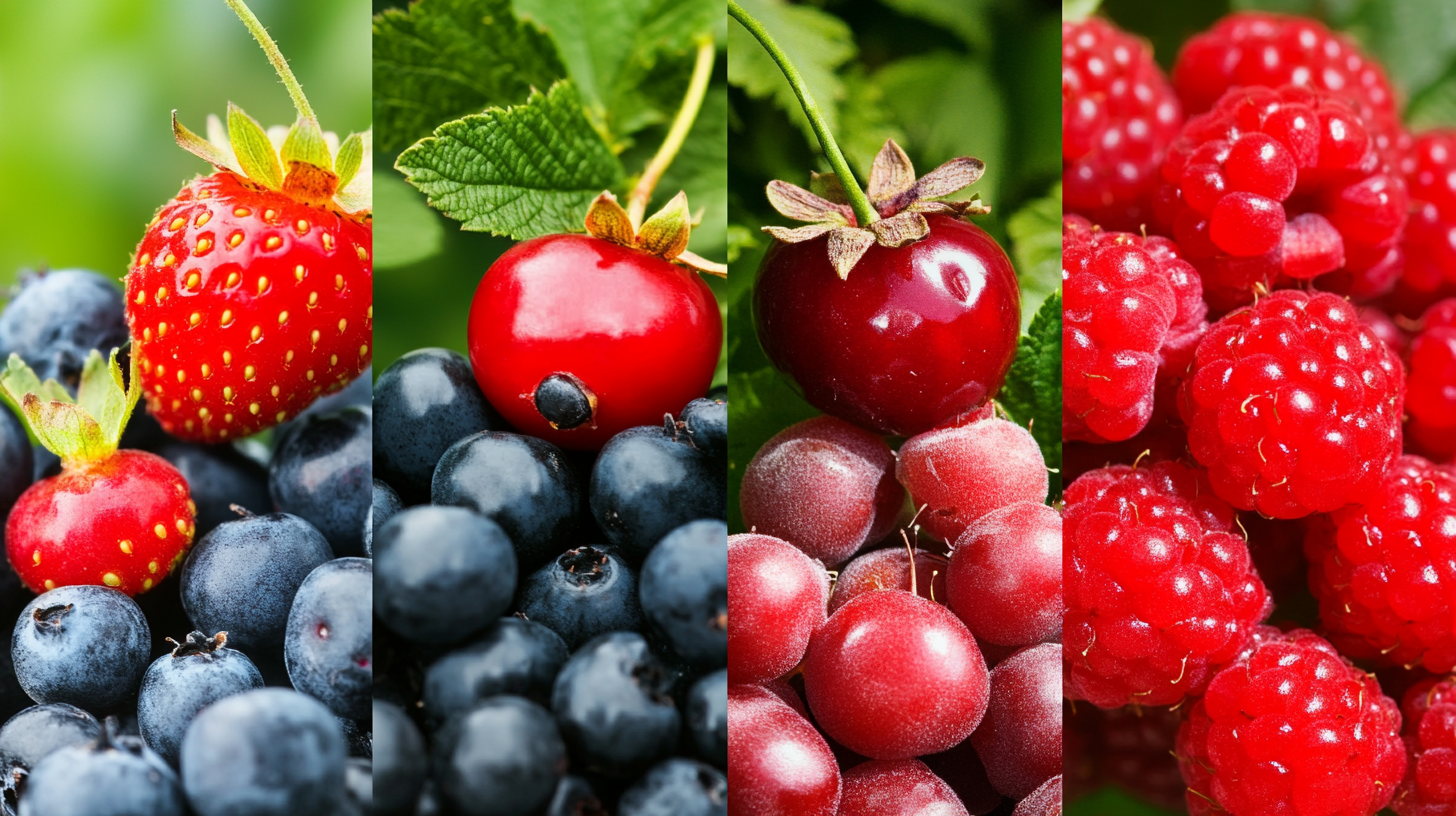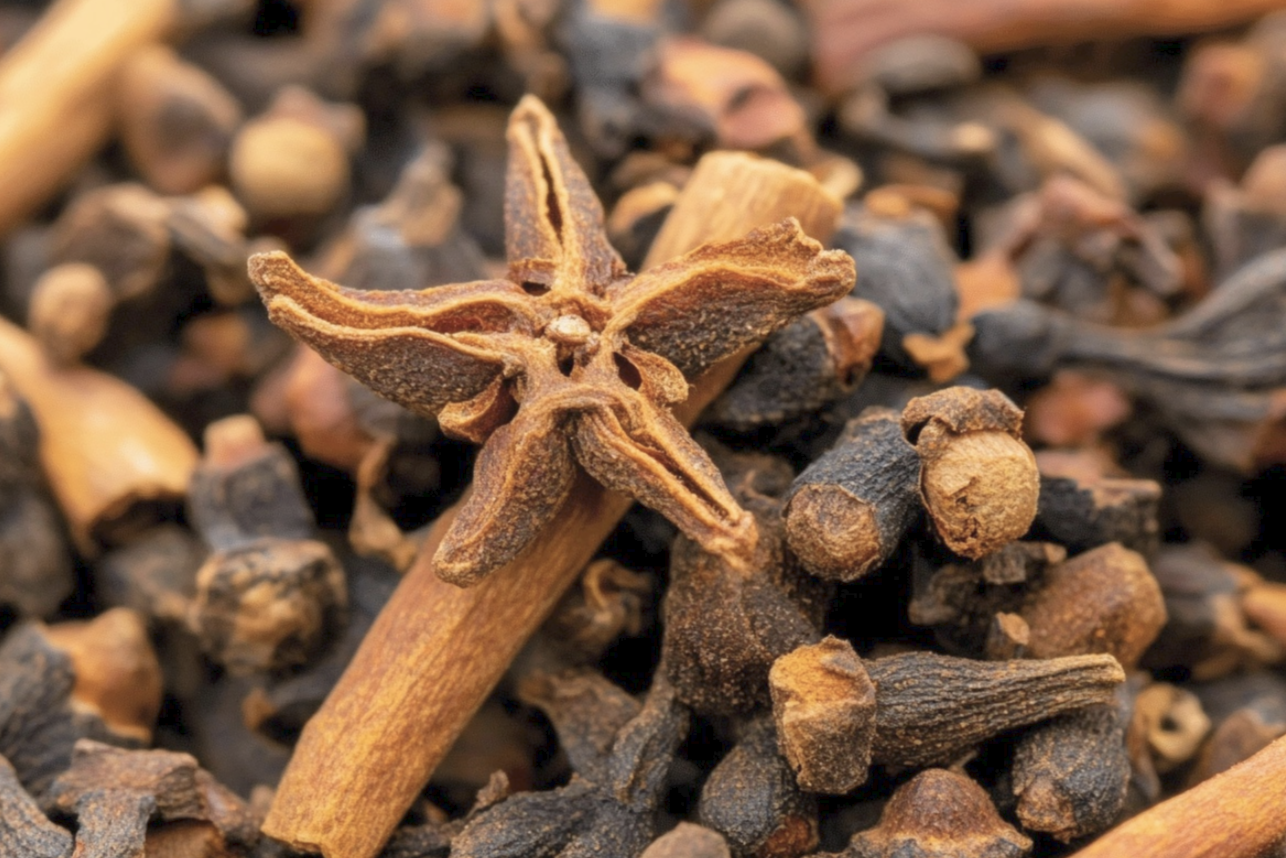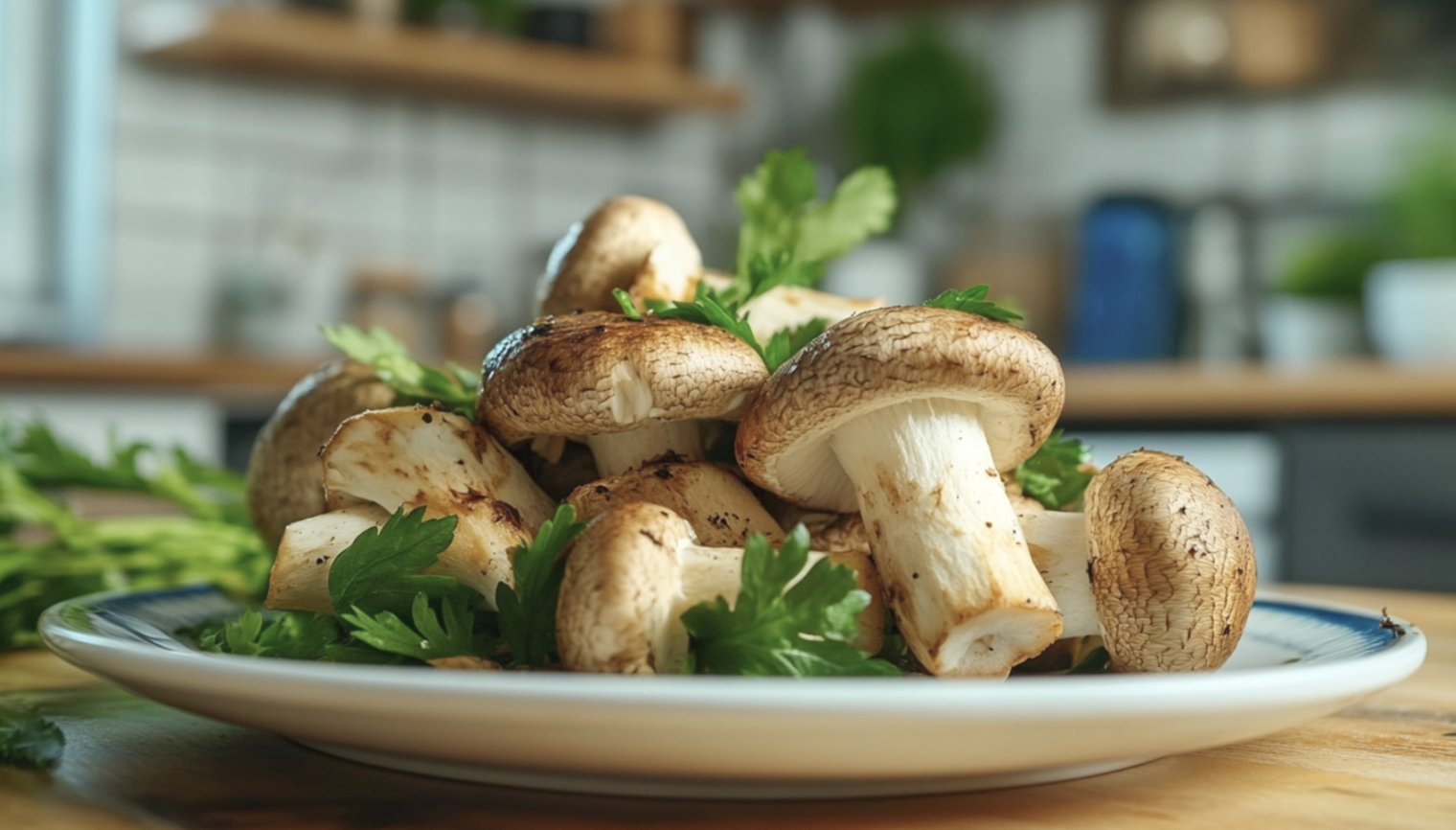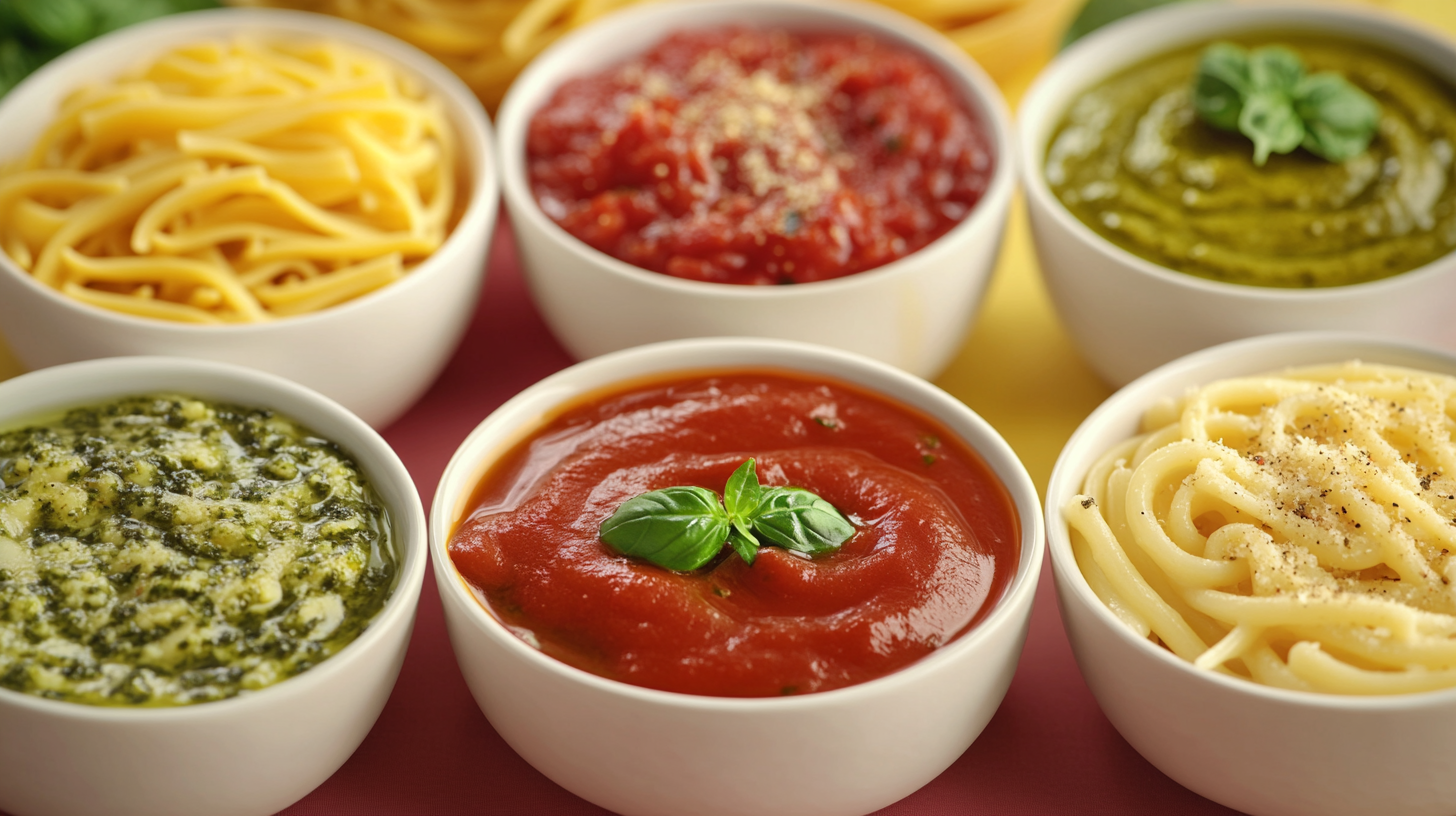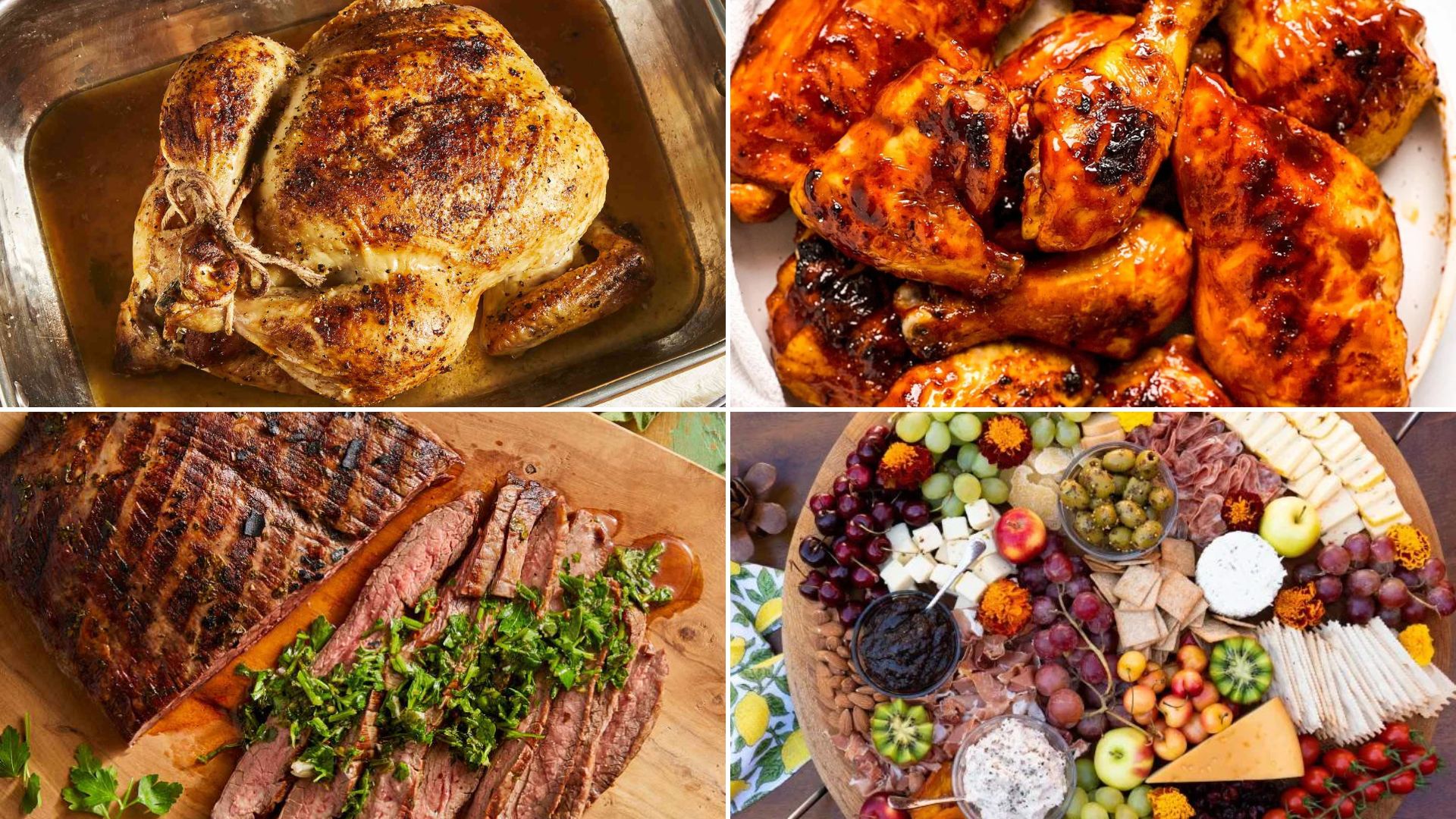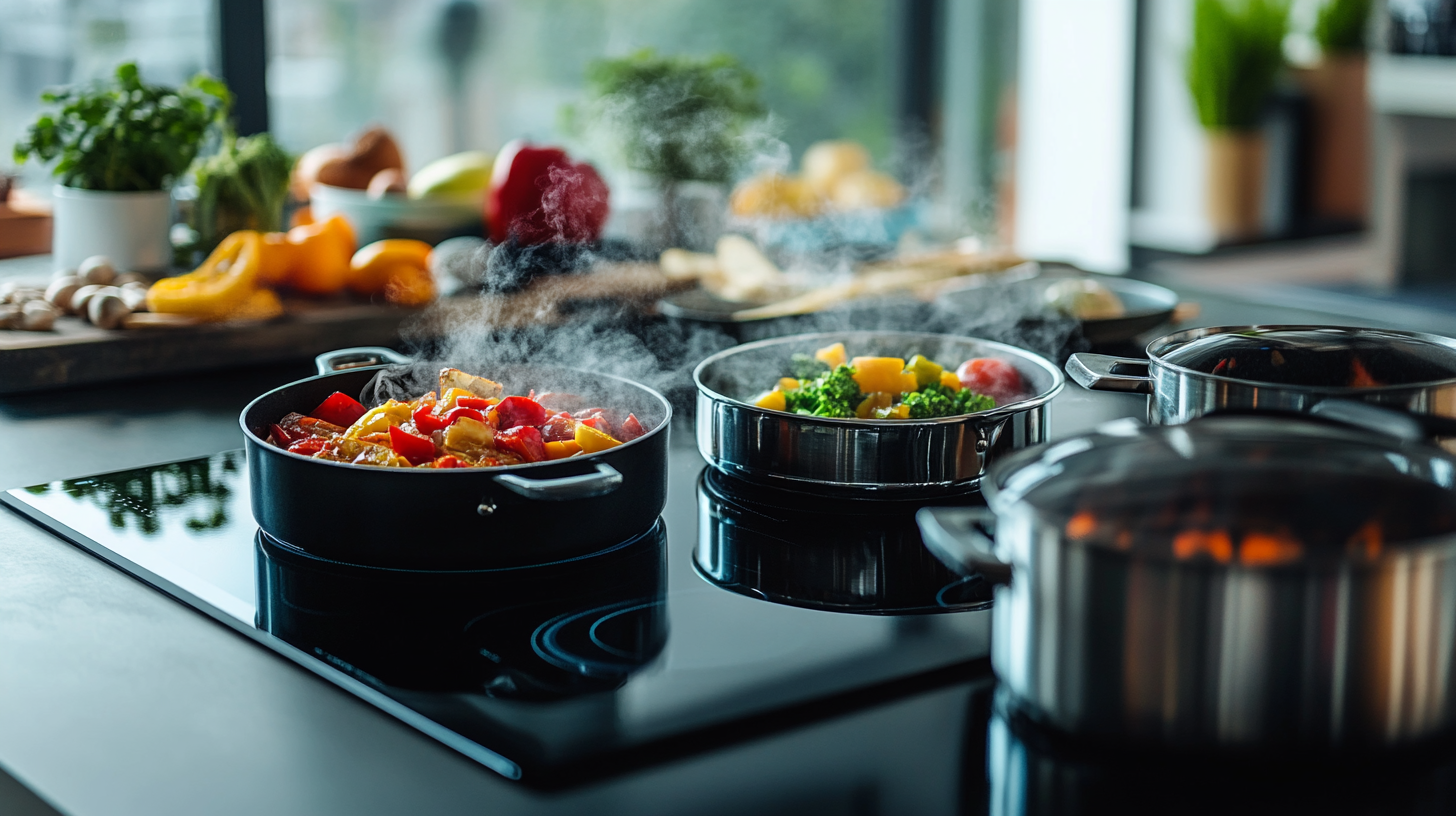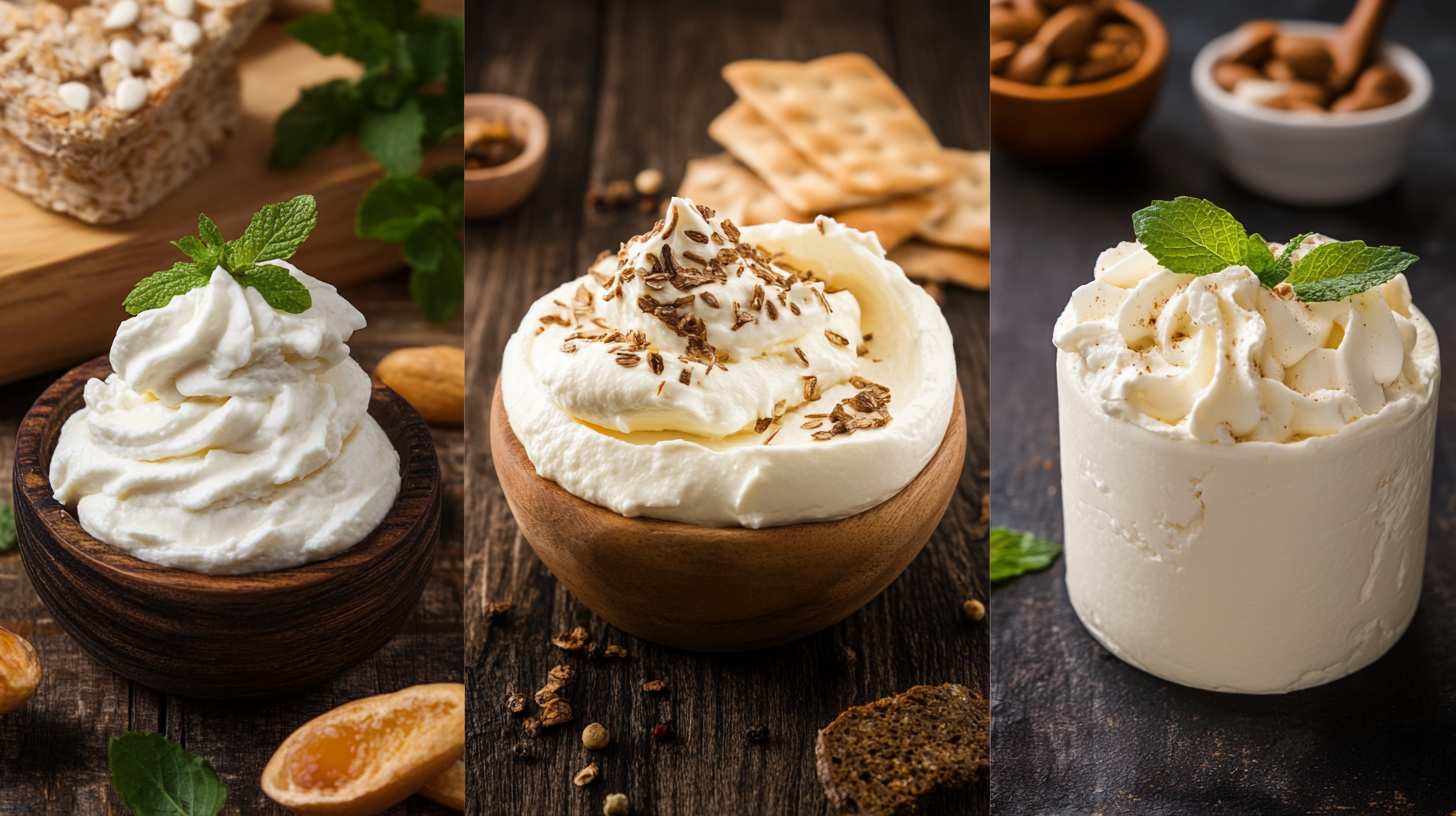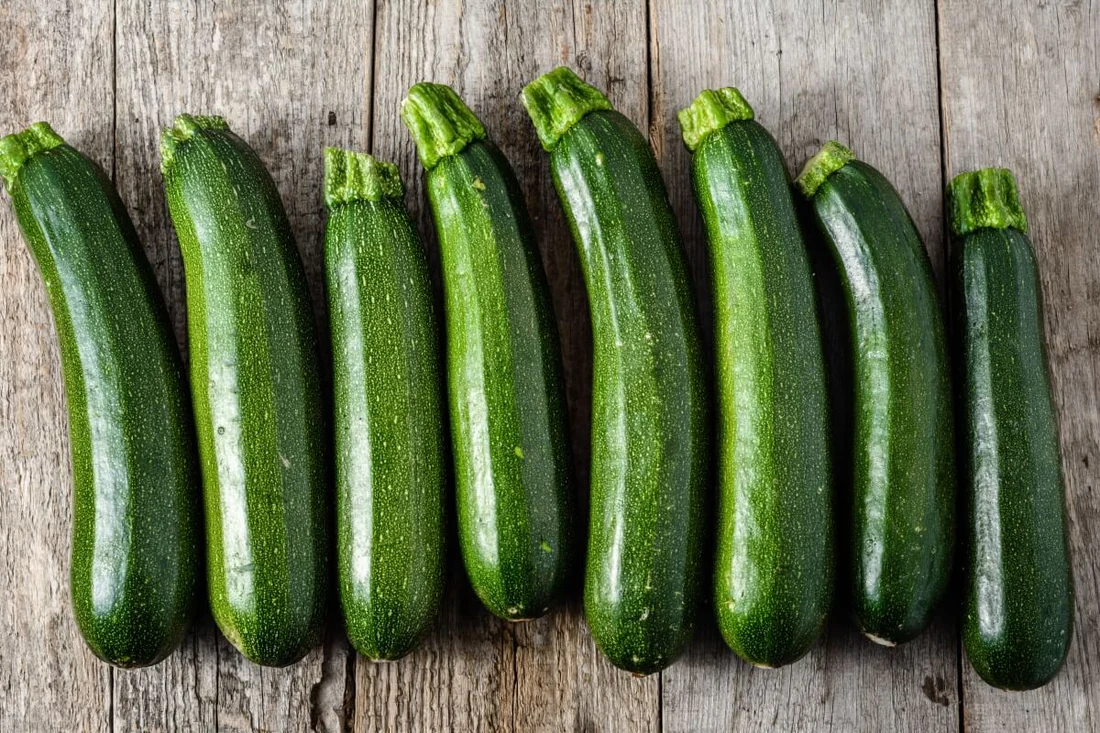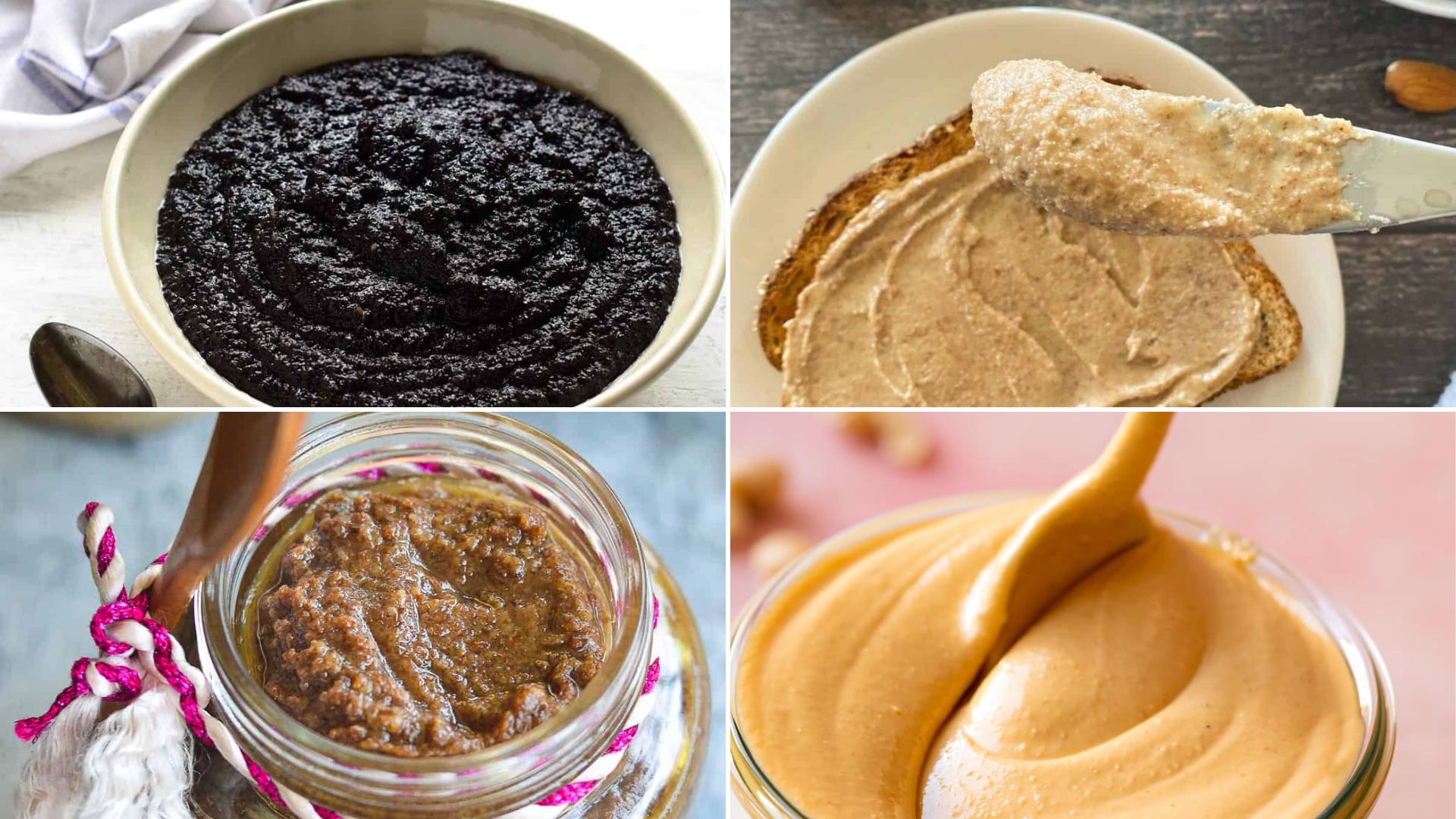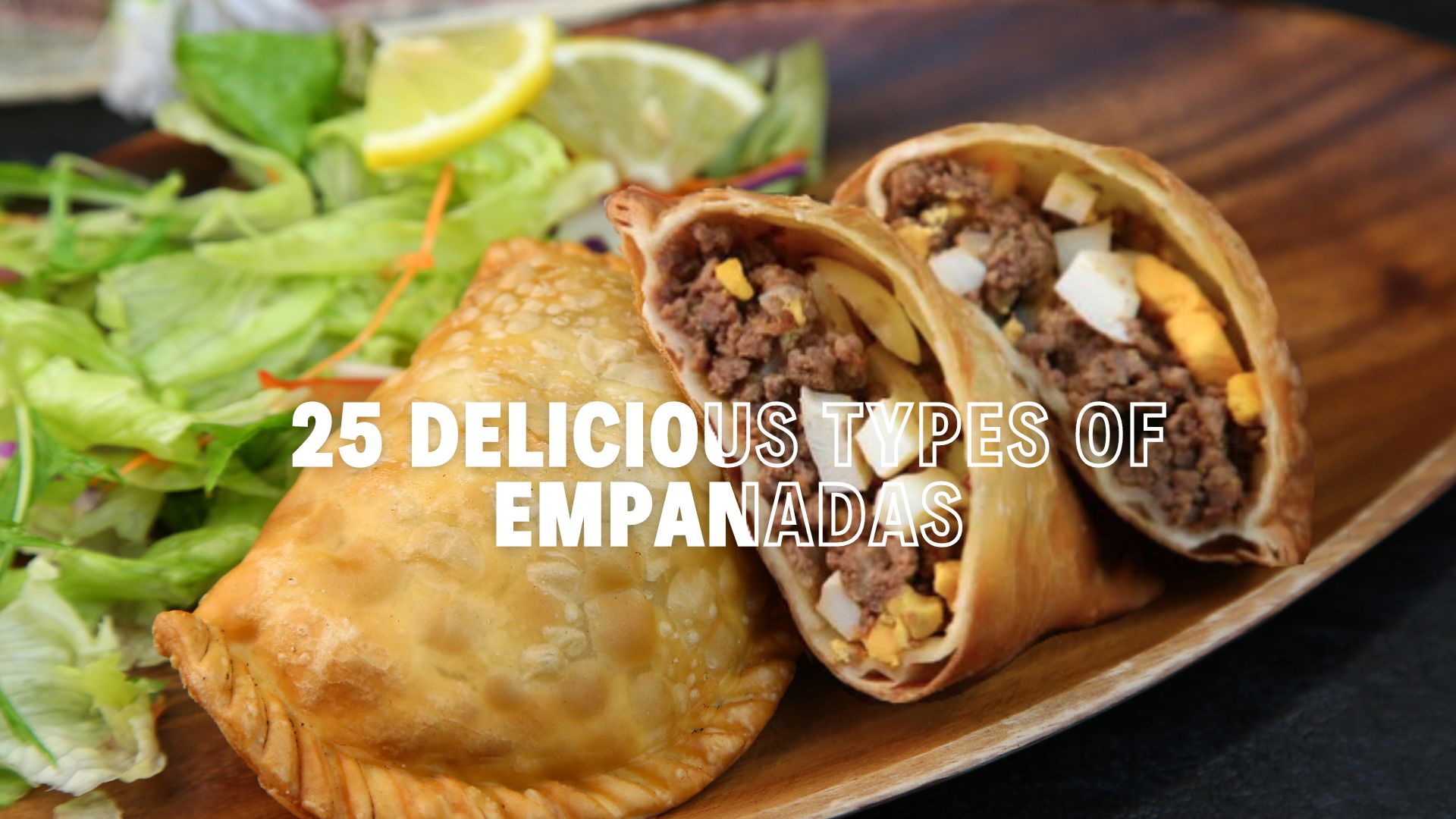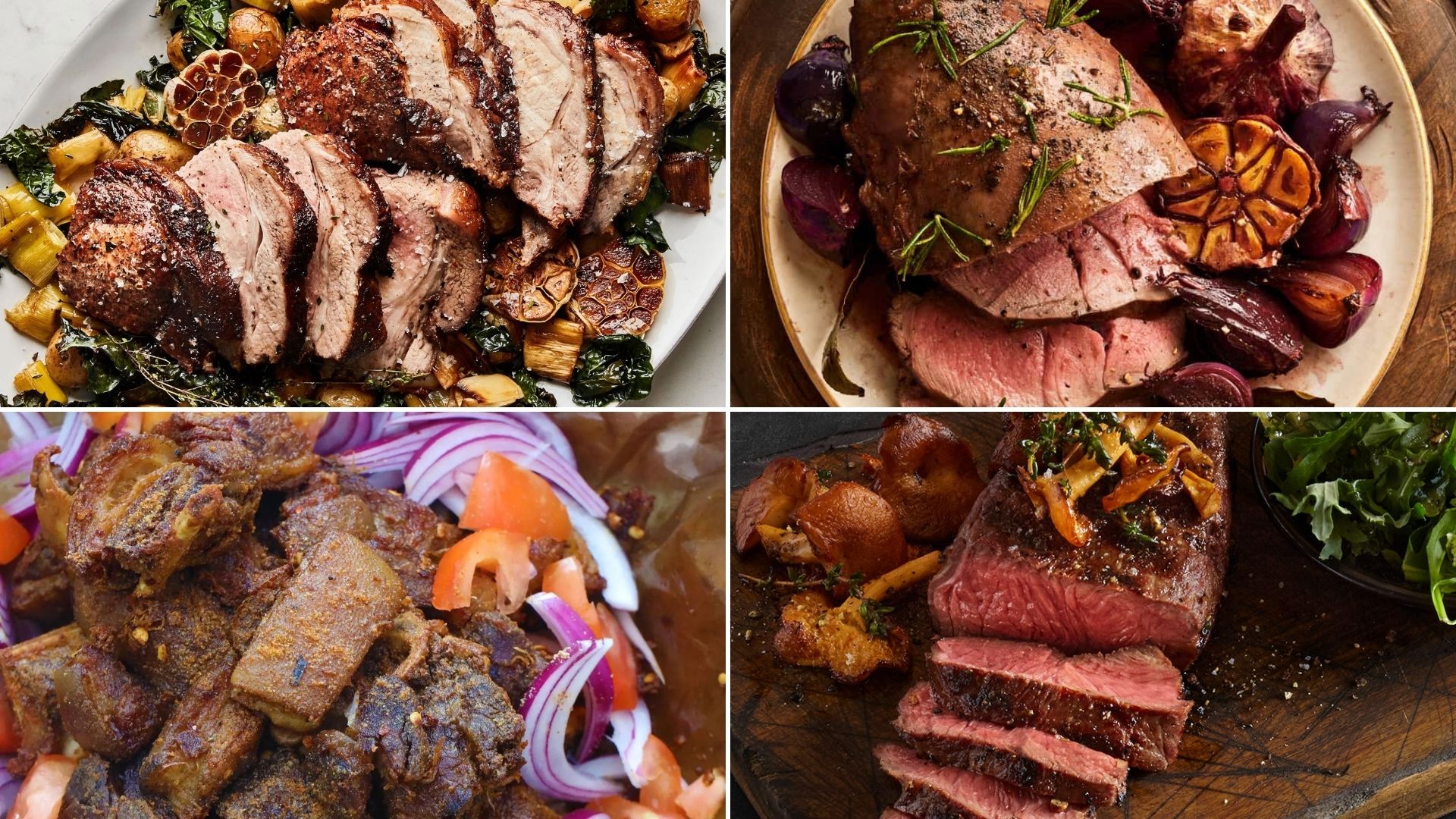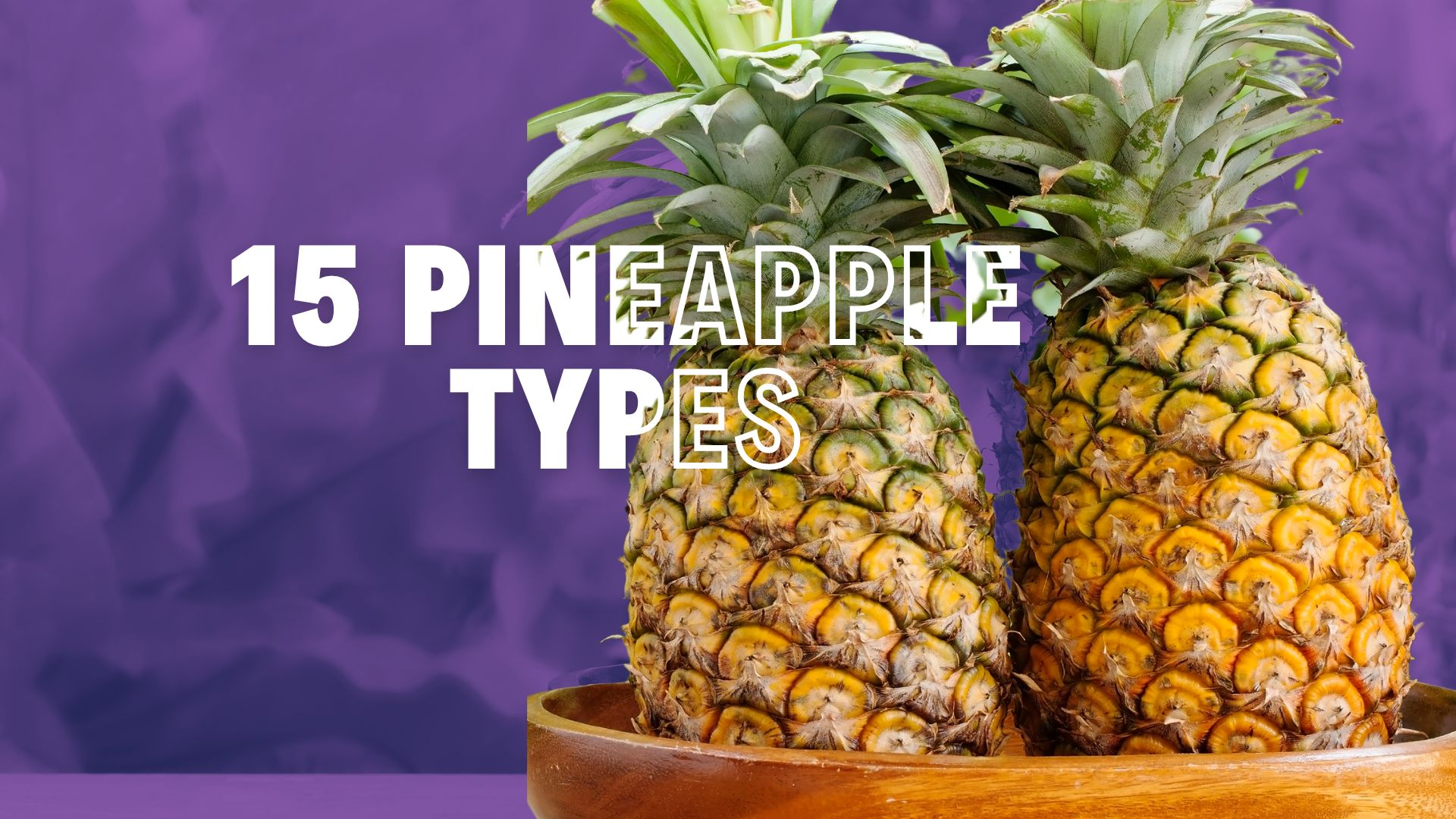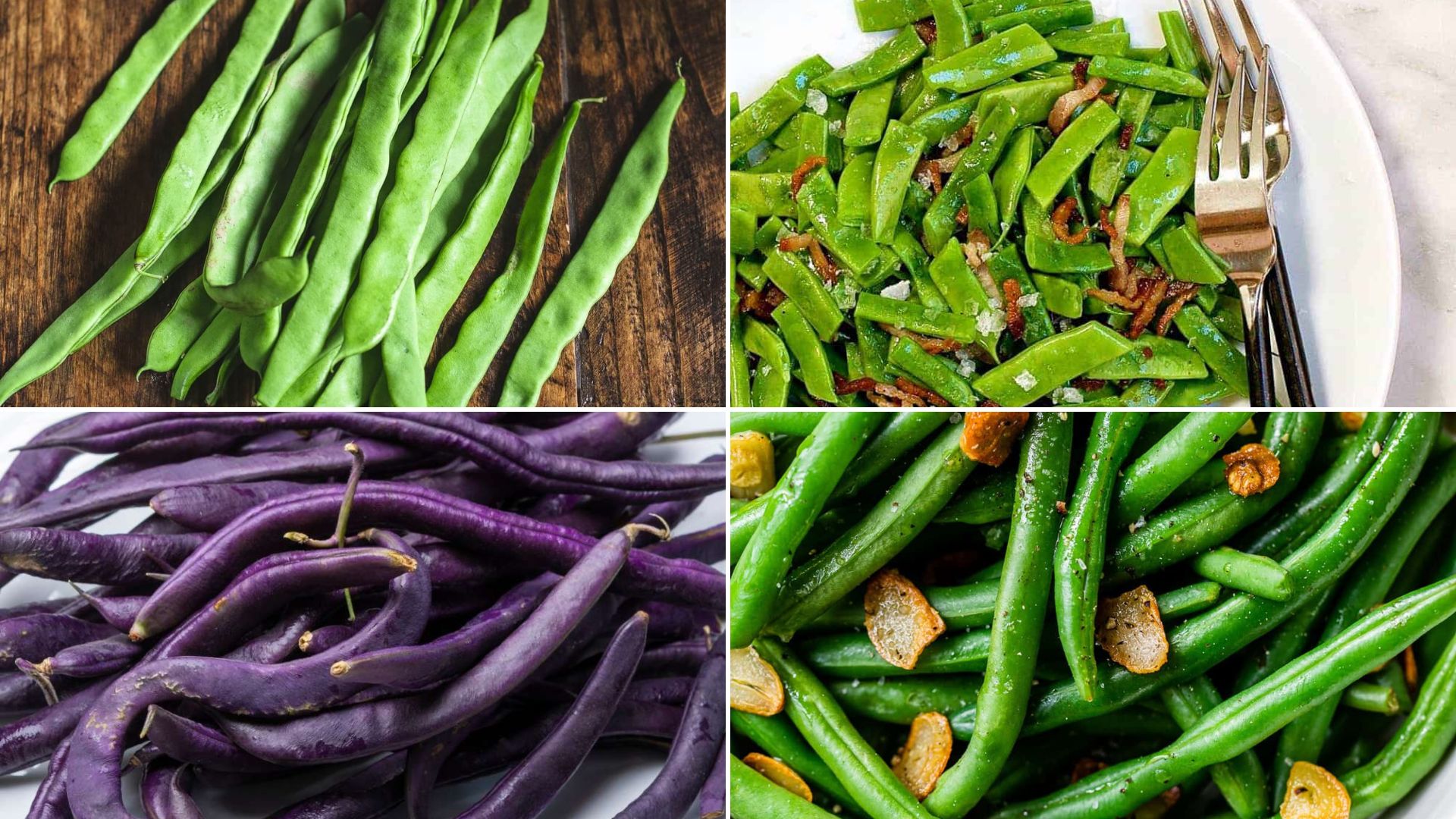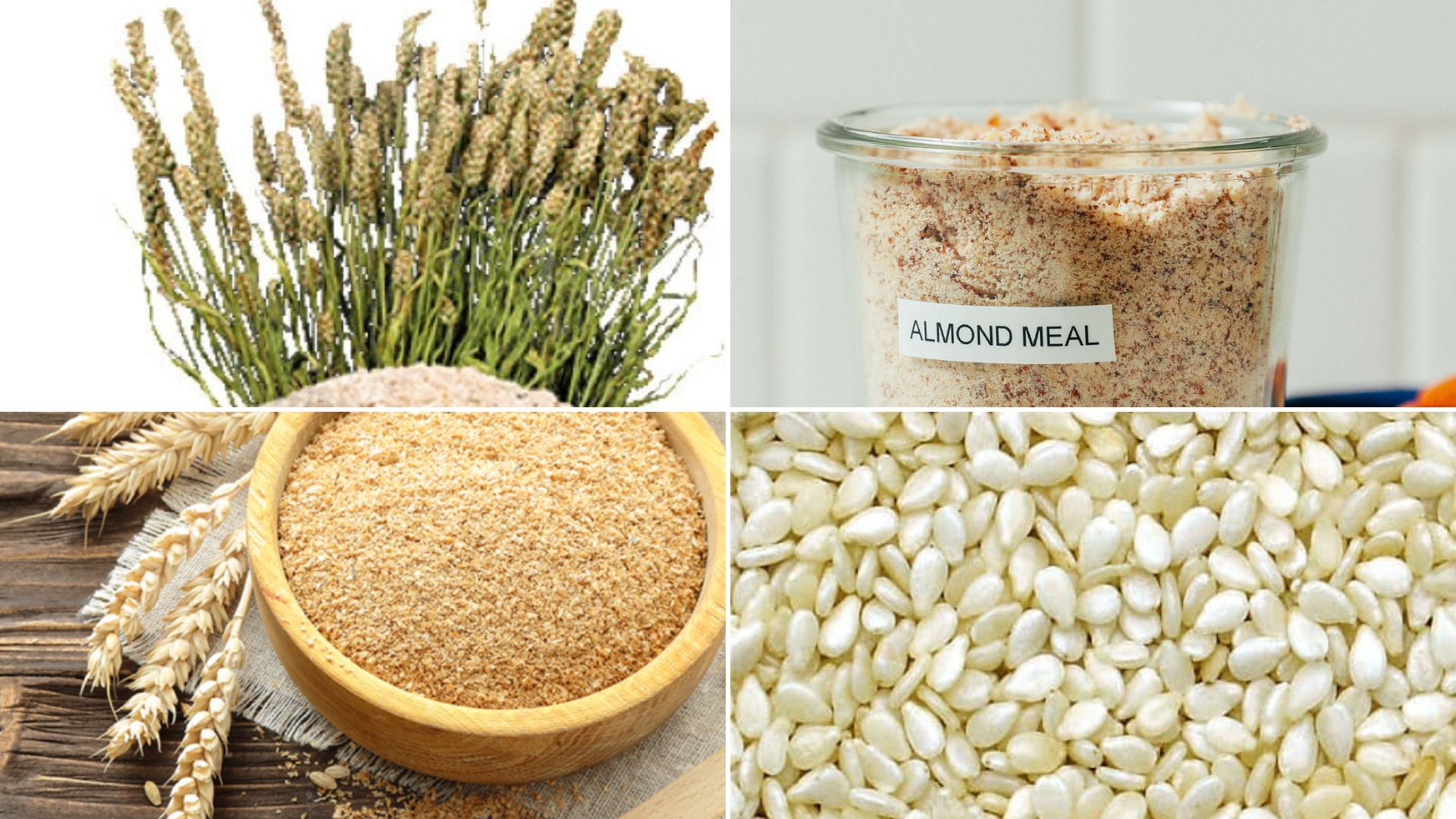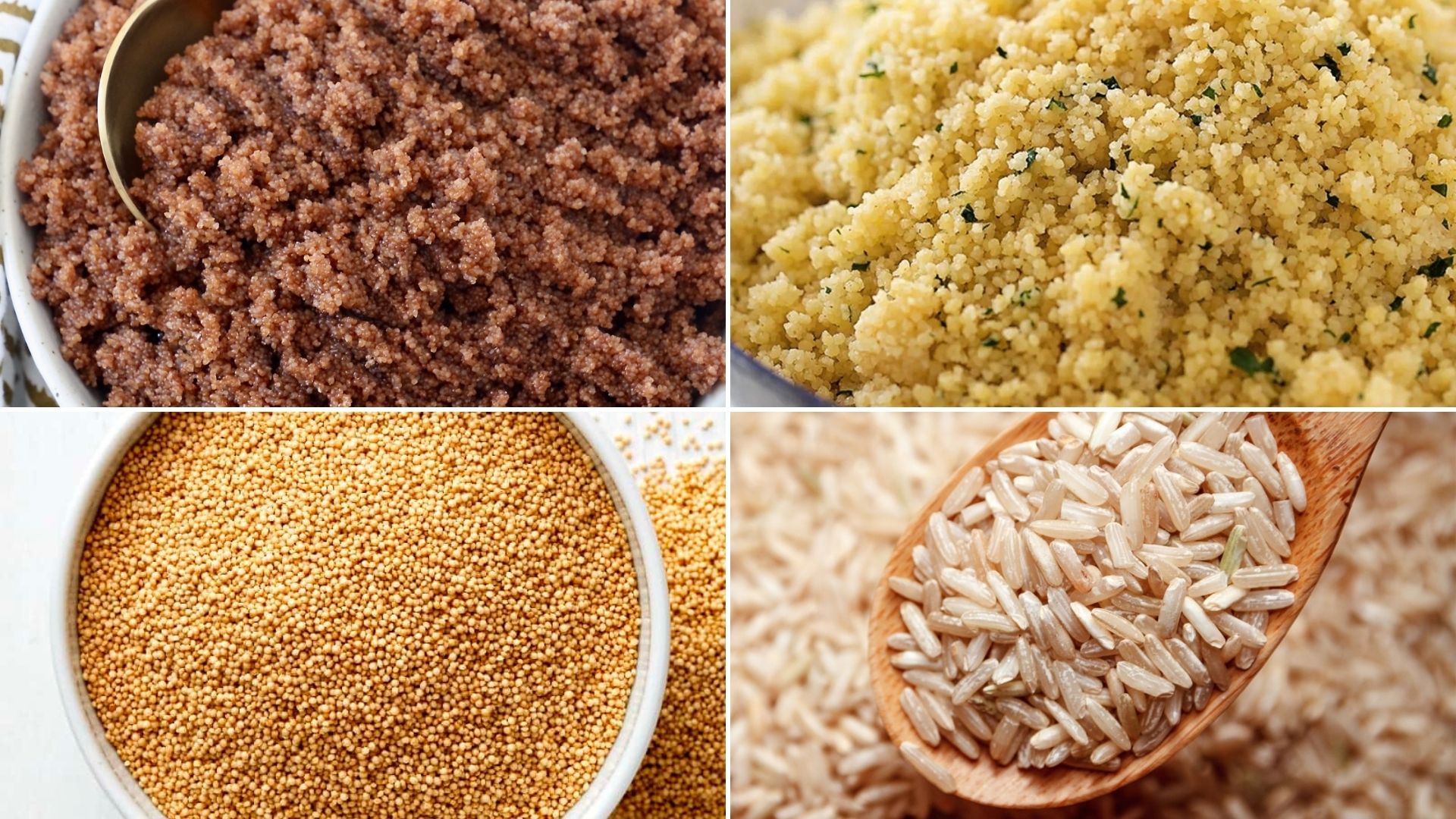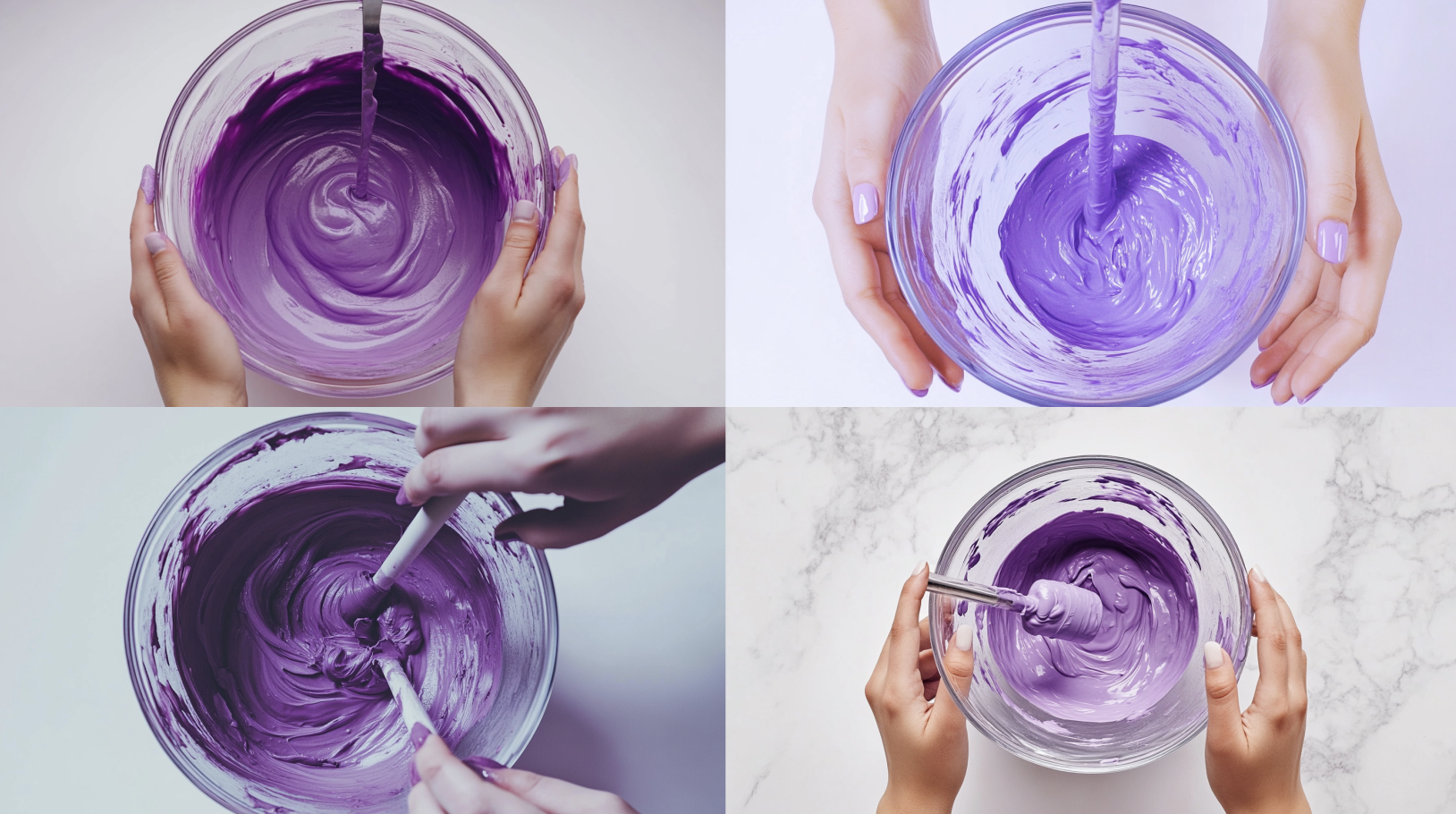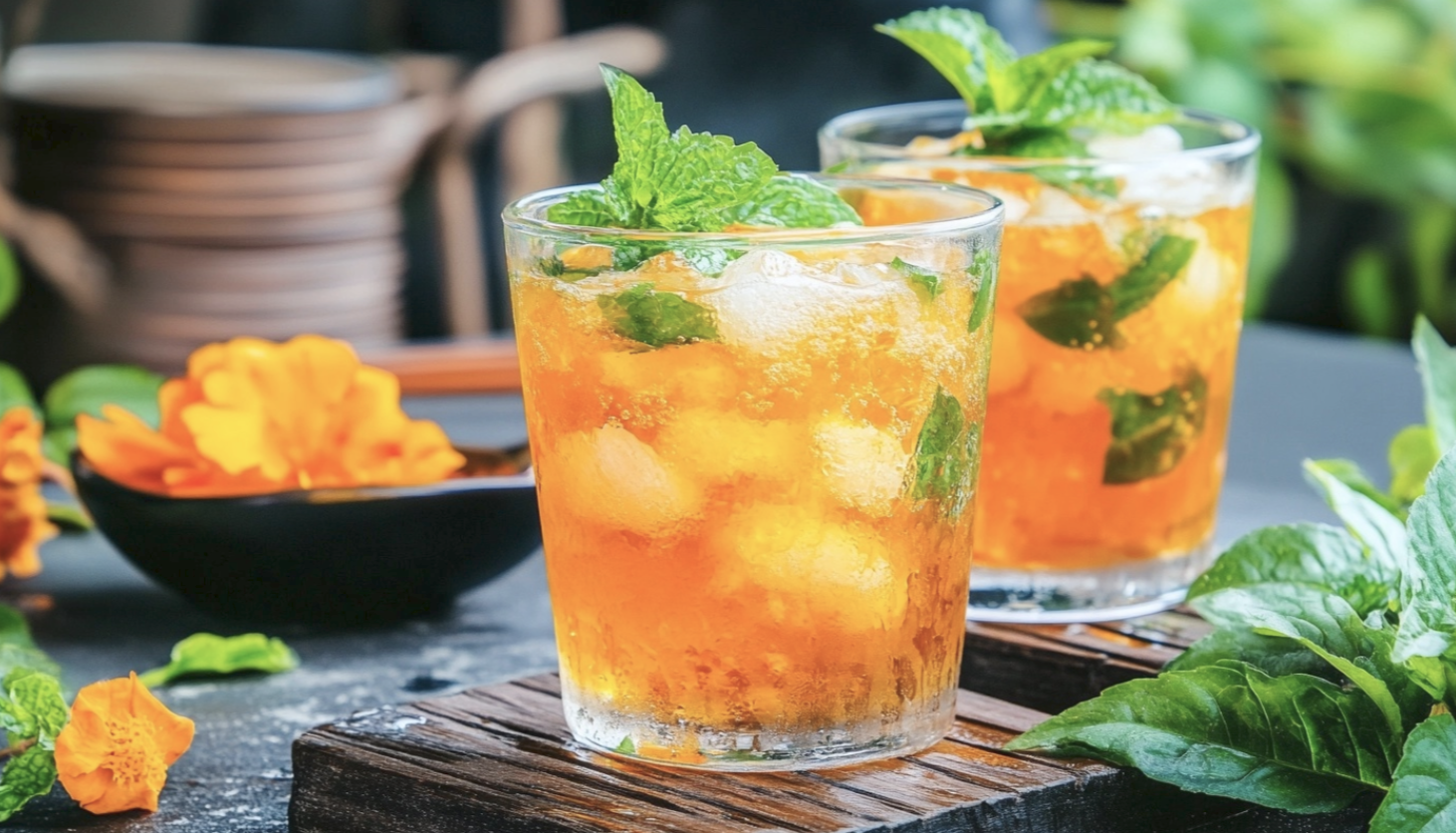
Did you know that China is home to thousands of different beverages, many of which have been enjoyed for centuries?
From traditional teas to unique herbal concoctions, these drinks are refreshing and steeped in culture and history.
Chinese beverages are often crafted with ingredients that promote health and well-being, making them a staple in daily life and celebrations.
This blog will explore 20 traditional Chinese drinks, highlighting the rich diversity of flavors and benefits.
Discover the art of brewing tea, fruit-infused drinks’ sweetness, and herbal teas’ warming properties.
Whether you’re a tea enthusiast or just curious, you’ll find something to enjoy in the fascinating world of Chinese beverages!
The Rich World of Traditional Chinese Beverages
1. Green Tea

Green tea is made from unoxidized leaves and is known for its fresh, grassy flavor. It has been consumed in China for thousands of years and is deeply rooted in Chinese culture.
Green tea is often served during formal gatherings and ceremonies. Rich in antioxidants, it aids digestion and boosts metabolism.
It is best served hot, typically without sugar, to appreciate its delicate flavor fully.
Popular variations include Longjing (Dragon Well) and Biluochun, each originating from different regions and boasting unique taste profiles.
2. Oolong Tea

Oolong tea is a partially fermented tea that combines the qualities of green and black tea. It offers a complex flavor profile that can range from floral to fruity.
Traditionally enjoyed in Chinese tea ceremonies, it symbolizes harmony and respect among guests.
Oolong is known for its potential to aid weight loss and improve heart health. It’s typically served in small teapots with short steepings to enhance its aroma and flavor.
Famous varieties include Tieguanyin and Da Hong Pao, each celebrated for its distinctive taste.
3. Black Tea
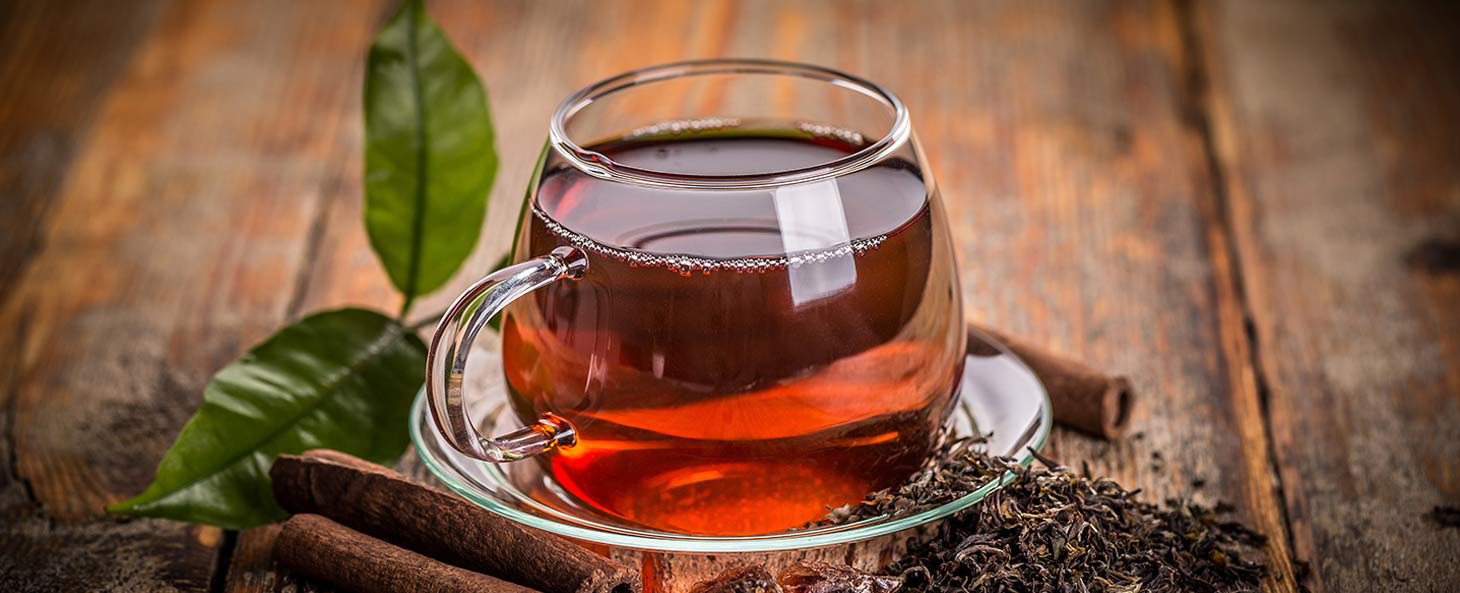
Black tea, or “red tea” in Chinese culture, is fully oxidized, giving it a rich, robust flavor. It is a staple drink during meals and social gatherings, symbolizing hospitality.
Black tea is known for boosting energy and improving heart health. Depending on personal preference, it is often served hot, sometimes with milk or sugar.
Popular varieties include Keemun and Yunnan black tea, each with unique characteristics that reflect their regions of origin.
4. Pu-erh Tea
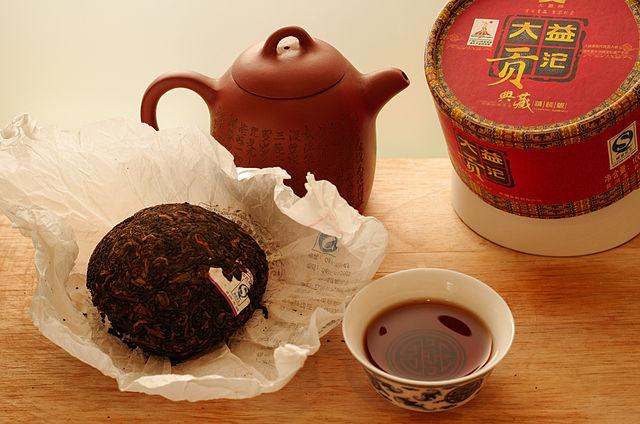
Pu-erh tea is a fermented tea from Yunnan Province. It is known for its earthy, rich flavor that deepens with age. Pu-erh is often consumed after meals, aiding digestion and reducing cholesterol levels.
This tea is typically served hot, sometimes in small clay teapots, allowing for multiple infusions.
There are two main types: raw (sheng) and ripe (shou). Each undergoes different fermentation processes, resulting in distinct taste profiles that tea connoisseurs cherish.
5. Chrysanthemum Tea
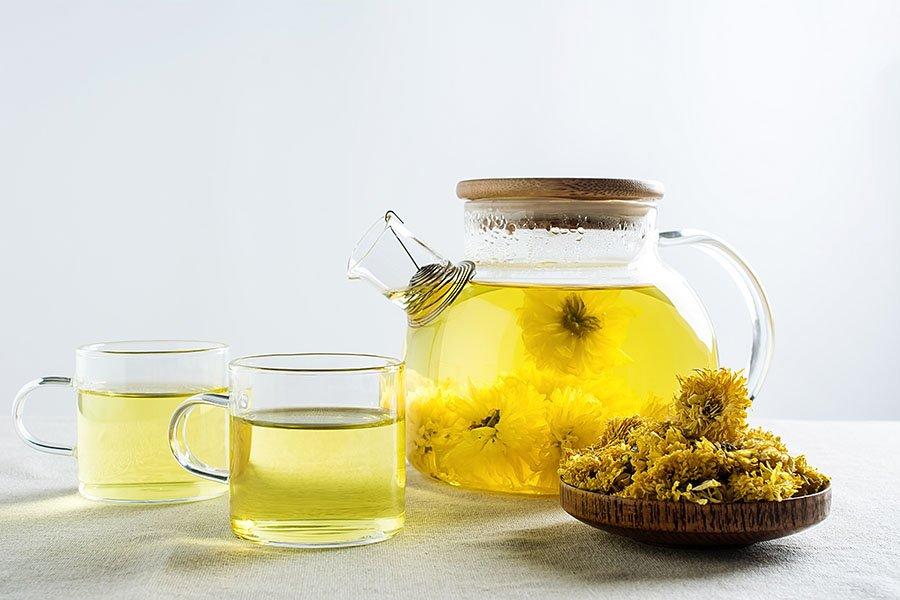
Chrysanthemum tea is a fragrant herbal tea made from dried flowers. It is known for its floral aroma and light sweetness.
It is a traditional remedy in Chinese culture, often consumed for its cooling properties and ability to soothe sore throats.
This tea is typically served hot and can be enjoyed plain or sweetened with honey.
Variations include adding goji berries or rock sugar for extra flavor and health benefits, making it a popular choice during hot weather.
6. Jujube Tea
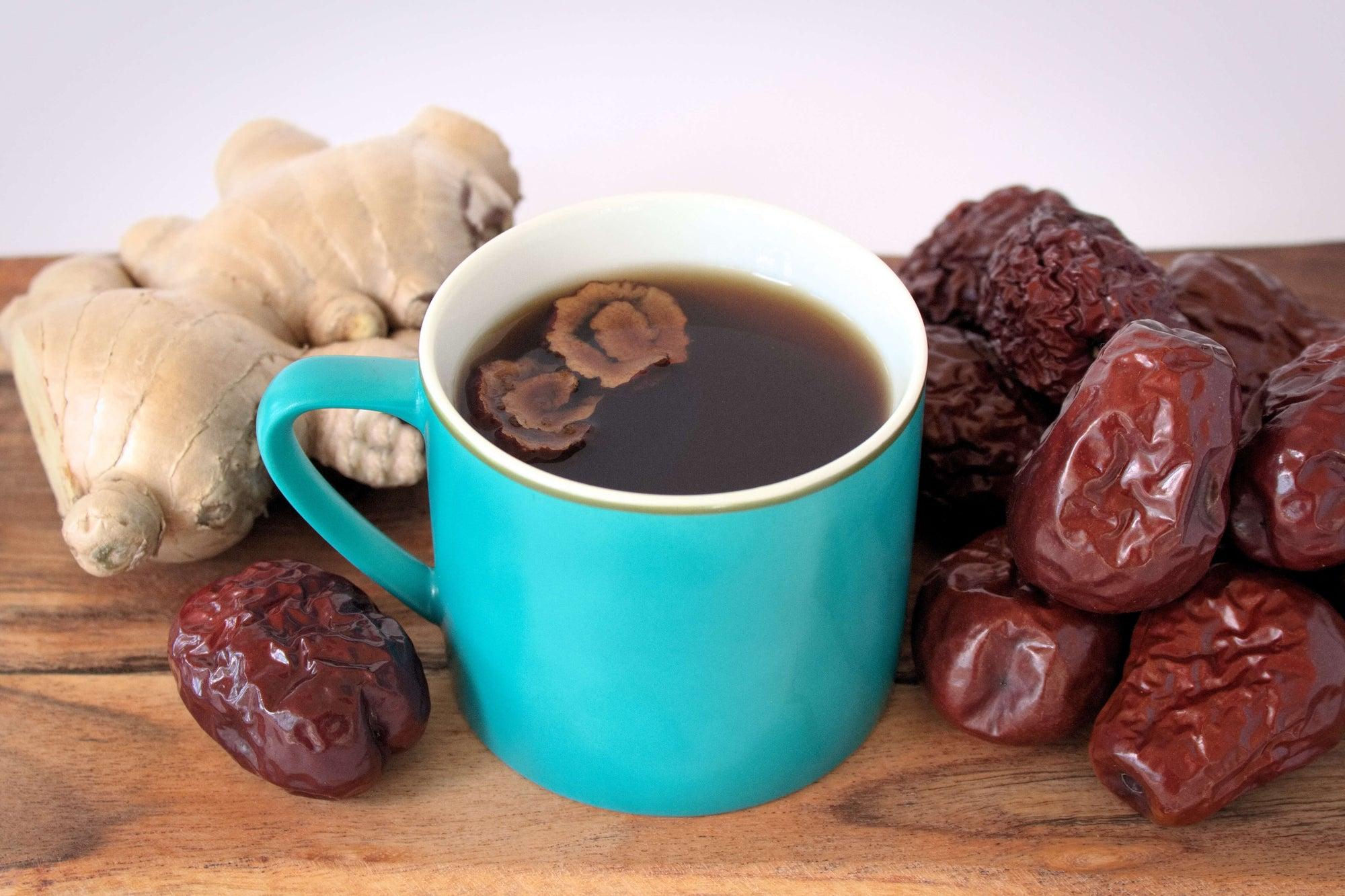
Jujube tea is made from dried jujube fruits, known for their sweet flavor and rich nutritional profile.
This drink is traditionally consumed for its health benefits, including boosting immunity and promoting better sleep.
Jujube tea is often served hot and can be enhanced with other ingredients like ginger or goji berries.
Variations may include adding jujube slices to other herbal teas, creating a comforting and nutritious blend.
7. Lotus Leaf Tea

Lotus leaf tea is prepared from the dried leaves of the lotus plant. It is valued for its mild flavor and detoxifying properties.
Traditionally, it is consumed to promote weight loss and digestion, making it a popular choice among health-conscious individuals.
The tea is typically served hot and can be enjoyed plain or with a hint of honey. Some variations include blending lotus leaves with other herbal ingredients for added health benefits and flavor.
8. Barley Tea
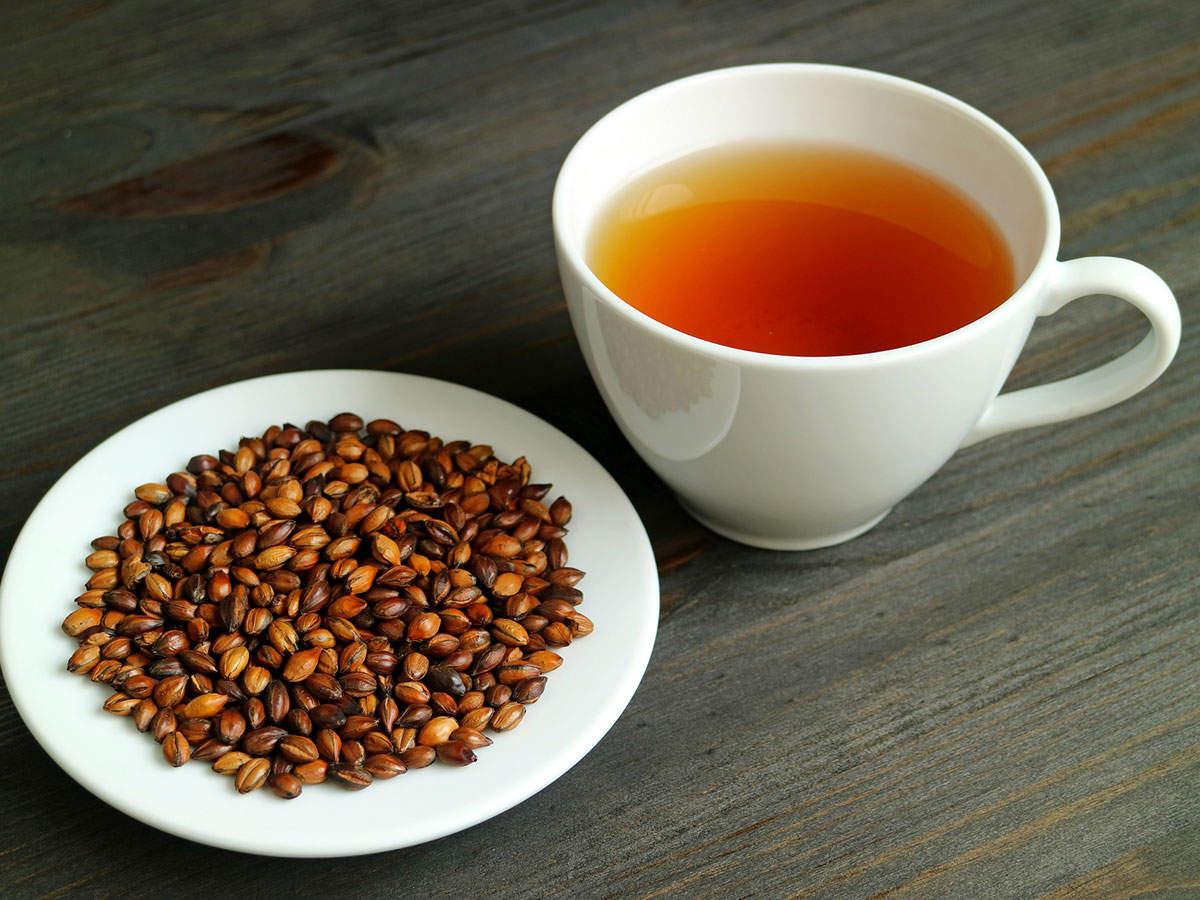
Barley tea, or “mugicha” in Japan, is made from roasted barley and has a nutty, toasty flavor. It is a popular drink in China, often consumed cold during summer months for its refreshing qualities.
Barley tea is known for aiding digestion and promoting hydration. It is typically served chilled, sometimes with ice.
Variations include adding a touch of honey or lemon for added flavor, making it a versatile beverage.
9. Ginger Tea
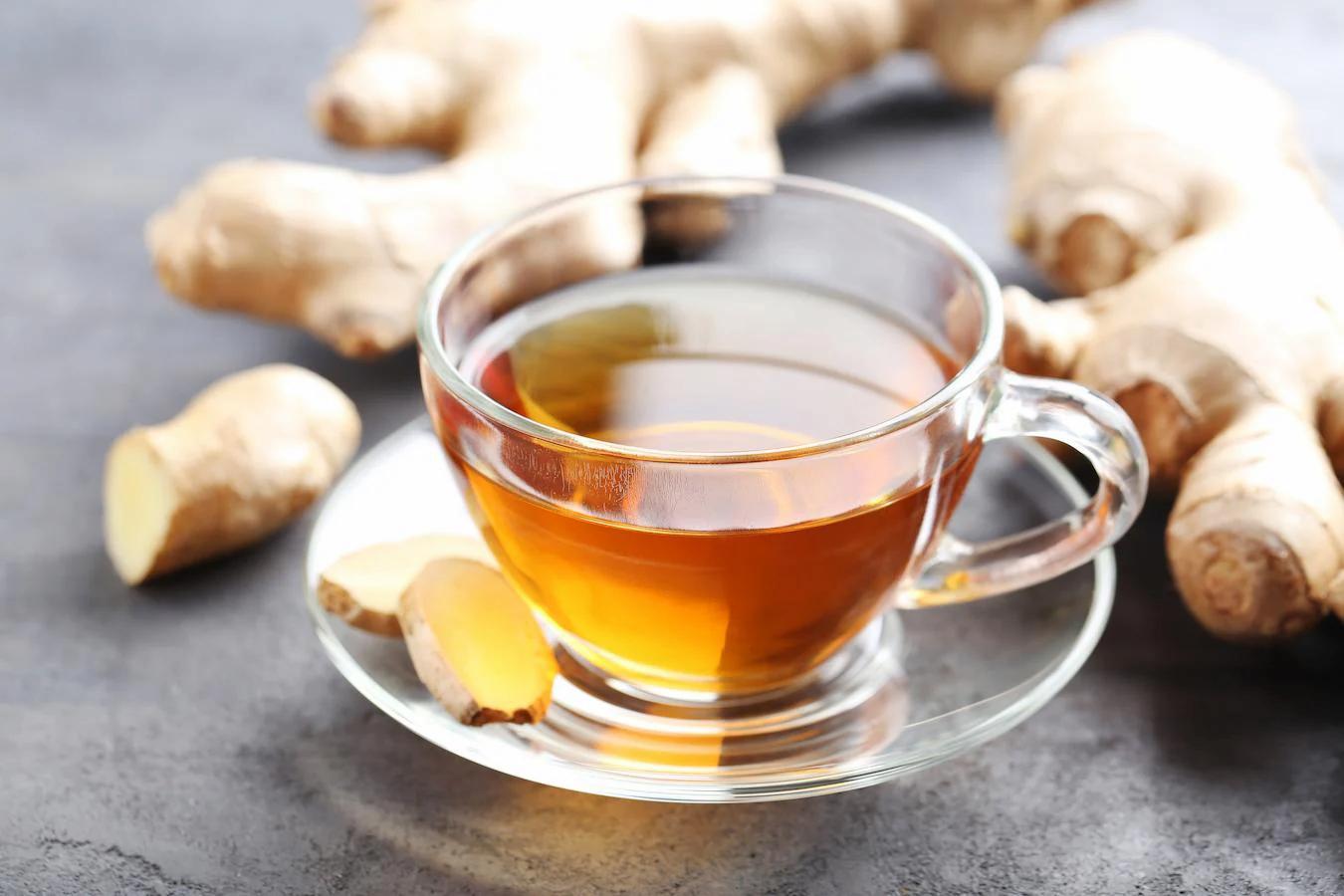
Ginger tea is a spicy, warming drink made from fresh ginger root. It is often brewed with water and sweetened to taste.
In Chinese culture, it is cherished for its warming properties and ability to alleviate nausea and digestive issues.
This tea is commonly served hot, especially during cold weather or when feeling under the weather. Variations may include adding lemon or honey for added flavor and health benefits.
10. Sweet Osmanthus Tea

Sweet osmanthus tea is made from the fragrant flowers of the osmanthus plant. It offers a floral, sweet taste.
In Chinese culture, it is often associated with celebrations and special occasions, symbolizing good luck and happiness.
This tea is typically served hot and can be enjoyed alone or blended with green or black tea. Variations may include adding goji berries or jujubes to enhance the flavor and health benefits.
11. Chinese Herbal Tea

Chinese herbal tea is a broad category that encompasses various blends made from medicinal herbs, flowers, and roots.
These teas are deeply rooted in traditional Chinese medicine and are often consumed for their health benefits, including boosting immunity and enhancing well-being.
Herbal teas can be served hot or cold, depending on the blend and personal preference. Variations are abundant, with each recipe tailored to specific health needs or seasonal changes.
12. Rice Wine
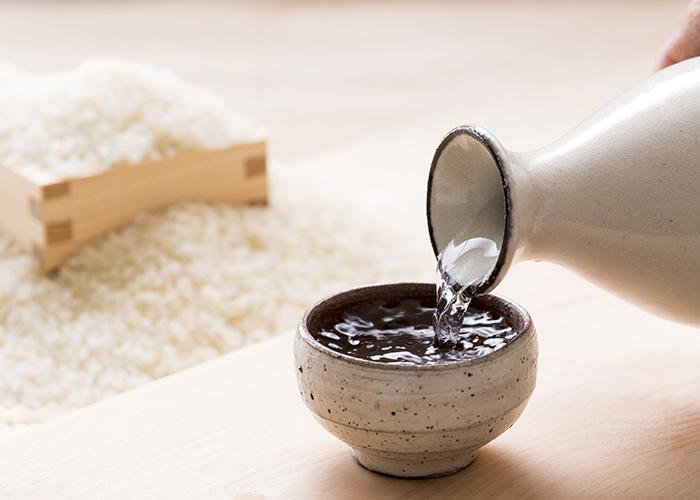
Rice wine is a traditional alcoholic beverage made from fermented glutinous rice, commonly enjoyed during festivals and celebrations in China.
Rice wine has a sweet, mellow flavor and is often used in cooking. It is typically served warm or at room temperature in small cups.
Variations include Shaoxing wine, which is more robust and often used in culinary dishes, highlighting the versatility of rice wine.
13. Shaoxing Wine
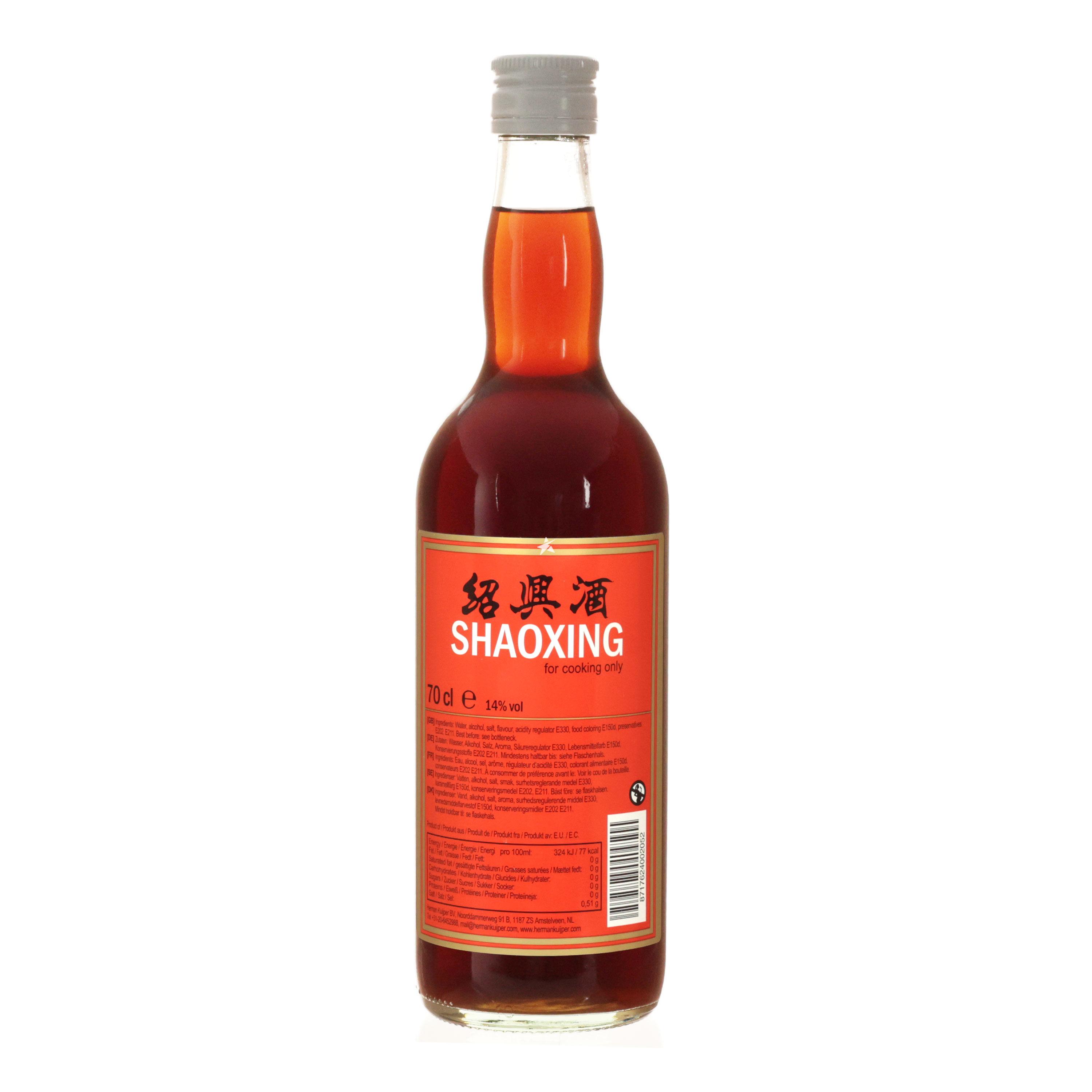
Shaoxing wine is a Chinese rice wine with a rich, amber color and complex flavor, traditionally produced in the Shaoxing region.
It is commonly used in cooking to enhance flavors and is also enjoyed as a beverage. This wine is typically served at room temperature in small cups.
Variations include aged versions, which offer deeper flavors and are prized by connoisseurs.
14. Huangjiu
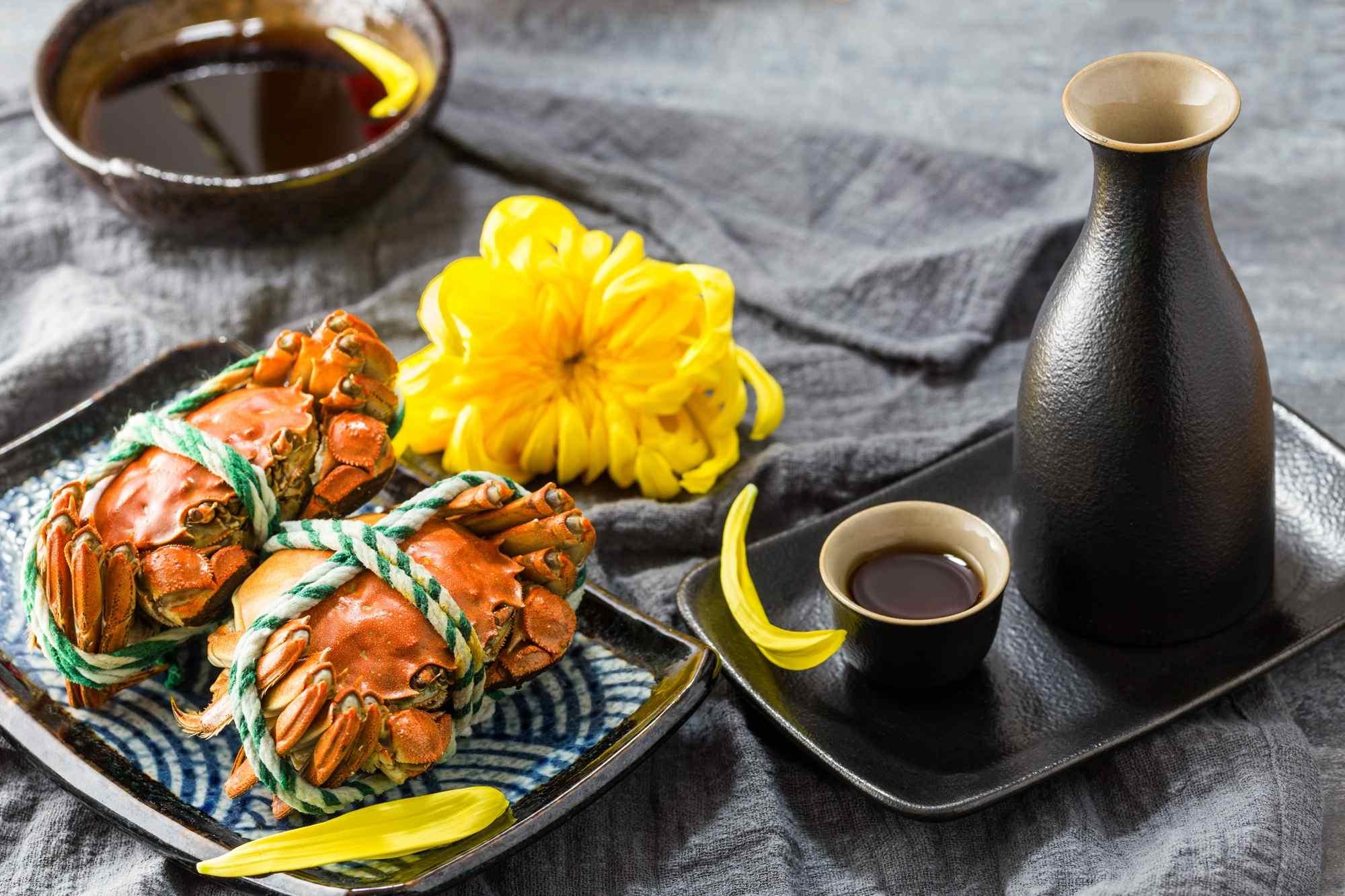
Huangjiu, or yellow rice wine, is a traditional Chinese fermented beverage made from glutinous rice, millet, or wheat.
Known for its rich, sweet flavor, Huangjiu is often consumed during festivals and family gatherings. Depending on personal preference, it can be served warm or chilled.
Variations include different styles based on the production region, each with unique flavor profiles and alcohol content.
15. Tigernut Milk

Tigernut milk is made from tigernuts, which are not nuts but tubers. This creamy, dairy-free beverage has a slightly sweet and nutty flavor.
It is gaining popularity for its health benefits, including being high in fiber and nutrients.
Tigernut milk is typically served coldly and can be enjoyed with spices. Variations may include adding cocoa or vanilla for different tastes.
16. Milk Tea
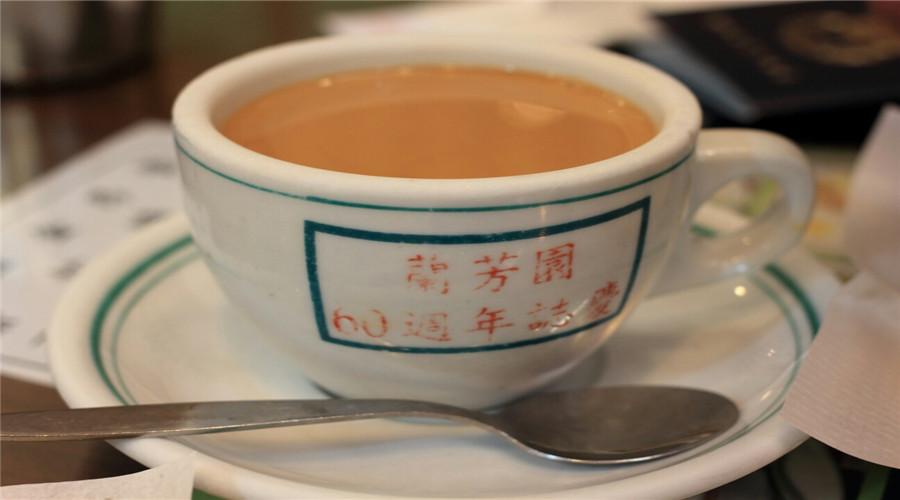
Milk tea is a popular beverage mixing black tea with milk and sugar.
Milk tea is widely enjoyed in China and has many regional variations. Known for its creamy texture and rich flavor, it can be served hot or iced.
Variations include adding tapioca pearls to create bubble tea, a trendy favorite among younger generations.
17. Kumquat Tea

Kumquat tea is made from fresh kumquats, known for their sweet and tangy flavor. This tea is traditionally consumed for its refreshing qualities and vitamin C content.
Kumquat tea can be served hot or cold, often sweetened with honey or sugar. Variations may include adding ginger or mint for a unique twist.
18. Fermented Soybean Milk
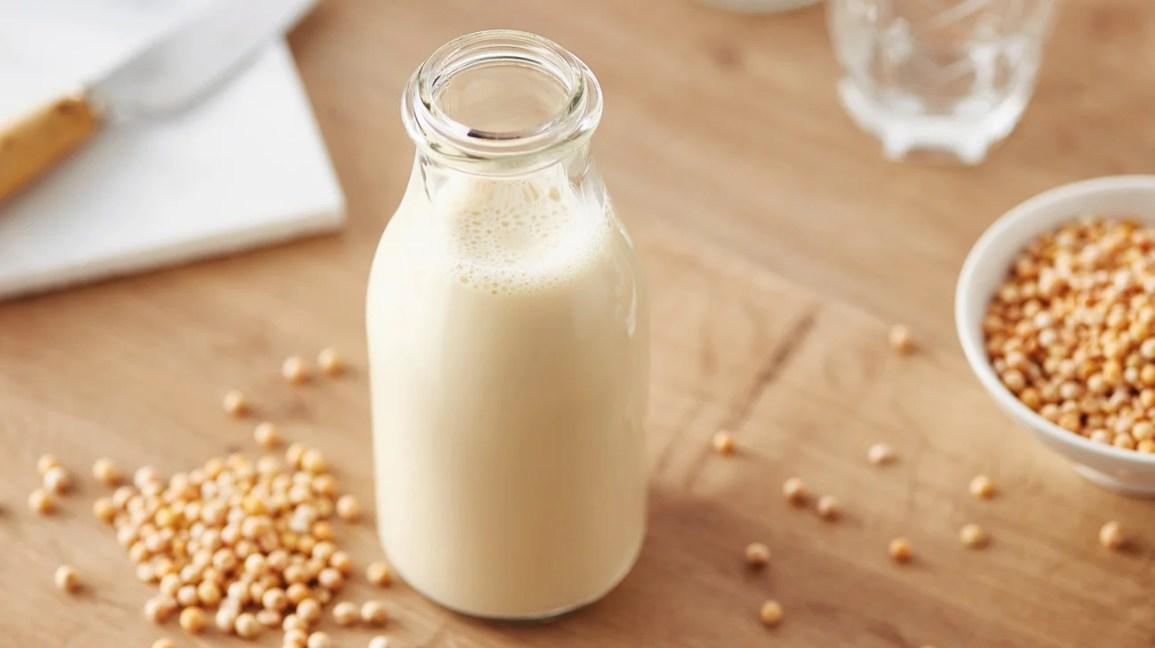
Fermented soybean milk is made from soybeans, providing a creamy, nutritious beverage.
Commonly enjoyed for breakfast in China, it is known for its health benefits, including protein and probiotics.
This drink can be served hot or cold, with sugar or savory toppings. Variations include adding flavors like ginger or black sesame for added taste.
19. Fruit-infused Herbal Tea

Fruit-infused herbal tea combines various fruits and herbs to create a refreshing beverage. Popular in Chinese tea shops, this drink is celebrated for its fruity flavors and health benefits.
It can be served hot or iced, depending on the season. Variations include different fruit combinations, allowing for customization based on personal taste preferences.
20. Lychee Drink
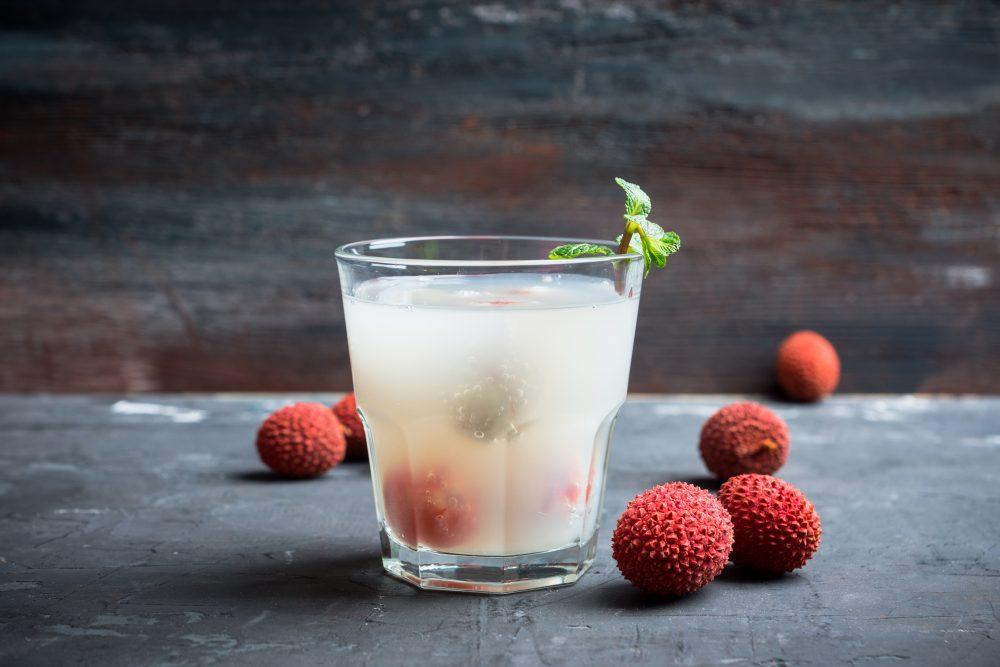
Lychee drink is a sweet, fragrant beverage made from fresh lychee fruit. Known for its refreshing qualities, it is often enjoyed during summer.
This drink can be served chilled, with or without added sugar. Variations may include lychee-flavored sodas or cocktails, highlighting its versatility as a refreshing treat.
Conclusion
Exploring traditional Chinese beverages showcases the vast diversity and cultural significance of drinks that have been cherished for generations.
From the calming qualities of green tea to the sweet lychee drink, each beverage offers a unique taste and health benefits.
Remember these refreshing options’ rich history and traditions as you sip your favorite drink or try something new.
And speaking of drinks, here’s a little joke: Why did the tea bag go to therapy? Because it couldn’t stop steeping in its problems! Keep enjoying your beverages and the joy they bring to your day!

